15 Best Ecommerce Marketing Automation Software & Platforms
| By Jack Saville | 0 Comments
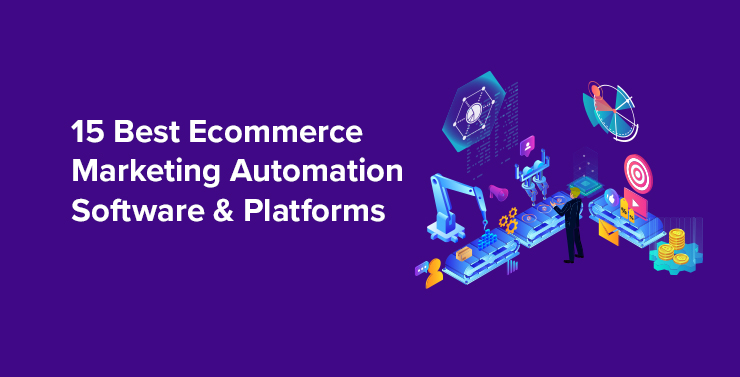
Marketing automation software allows you to streamline your marketing operations by replacing manual tasks with automated workflows.
If you’re looking to increase marketing revenue and help your team work more efficiently, then you’ve come to the right place.
In this blog I’ll guide you through 15 of the best ecommerce marketing automation software tools on the market today and help you choose the right one for your ecommerce business.
Best Marketing Automation Software at a Glance
- Klaviyo
- HubSpot
- Campaign Monitor
- Mailchimp
- Iterable
- Emarsys
- Listrak
- Dotdigital
- Act-On
- Sender
- ActiveCampaign
- Keap
- Hunch
- Drip
- Omnisend
What is marketing automation software?
In a nutshell, a marketing automation tool is a piece of software that allows you to automate marketing tasks such as lead generation, email and SMS marketing, nurturing prospects and posting to social media.
Benefits of automated marketing platforms
On a macro level, automated marketing platforms help you increase revenue. In fact, almost 80% of Chief Marketing Officers say their main reason for implementing marketing automation software is to grow revenue.
Much of the revenue growth driven by marketing automation can be attributed to improvements in efficiency. More than 30% of sales-related activities and repetitive tasks can be automated, which frees up more time for marketing and sales teams to nurture prospects through the sales funnel.
As well as driving revenue and improving efficiency, marketing automation technology help you to:
- Reduce staff costs – The automation of manual tasks increases efficiency so you don’t have to hire more staff
- Nurture leads – Keep your product or service top-of-mind using email marketing campaigns
- Streamline reporting – Track key performance metrics in customizable reports delivered directly to your inbox
- Align sales and marketing – Manage your marketing qualified leads and sales qualified leads in one centralized hub
- Personalize experiences – Segment your audiences and create personalized campaigns specific to target different personas across multiple sales channels
- Increase conversion rates – Use conversion rate optimization techniques like basket abandonment email drips that trigger automatically in the platform
Bear in mind that your automated marketing platform should integrate with your tech stack.
You can integrate any of the 15 automation platforms in this blog with Yieldify’s fully managed personalization platform. For example, you may want to collect email and SMS leads, customer data, or customer questionnaire answers and pass them to your automation software.
If you choose Klaviyo, Iterable or Ometria, you can integrate with Yieldify to capture a wide range of customer browsing data – such as how customers navigate your website, which links they click, how long they stay on a page – and feed insights back into those platforms.
Choosing the best marketing automation platforms
You need to define your business goals before investing in ecommerce marketing automation software. For example, do you want to:
- Improve audience tracking
- Send real-time sales alerts
- Remarket to customers
- Collect more email addresses
- Collect more SMS
- Personalize customer experiences
Once you’ve set your goals, calculate a budget, identify must-have features and agree internally on what you’re prepared to compromise on within your financial constraints.
With your specifications agreed, you’re ready to start searching the marketplace. Here are three ways to narrow your search:
- Use a plug-in like BuiltWith to see which platform brands like yours are using.
- Find out which platforms integrate with your current tech stack.
- Check customer review platforms such as G2 and Capterra.
When you’re ready to engage with a provider, Justin Gray, founder and CEO of LeadMD, recommends asking six questions:
- Is there an associated community?
- What are the all-encompassing costs?
- What will the ROI look like?
- How extensive is the support offered?
- How does the functionality align with your goals?
- Does this brand have an innovation mindset?
15 top marketing automation software for ecommerce
1. Klaviyo
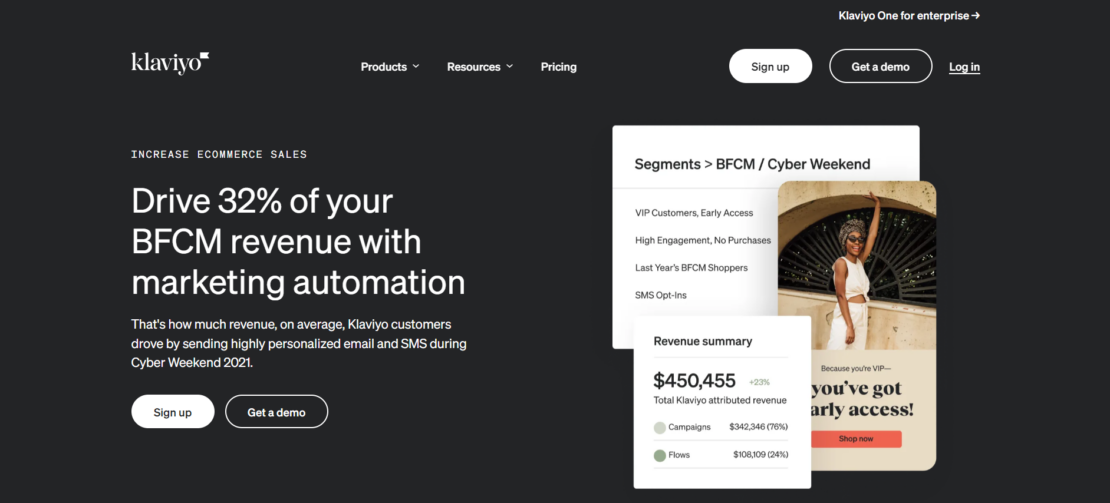
Klaviyo is an ecommerce marketing automation platform that helps businesses from SMBs to enterprise deliver personalized experiences across their marketing channels.
- Pricing: Klaviyo’s pricing structure depends on how many contacts you have in your database. For example, businesses with 1k-1.5k contacts will pay $60 per month for Klaviyo’s email & SMS package
- Ease of use: Rated 8.7/10 on G2
- Features: Advanced retail integration with Yieldify, which you can read more about here. Personalized emails, audience segmentation, social ad targeting
- Best for: Klaviyo is a great solution for businesses of all sizes to scale up their email & SMS marketing with more personalized experiences
2. HubSpot
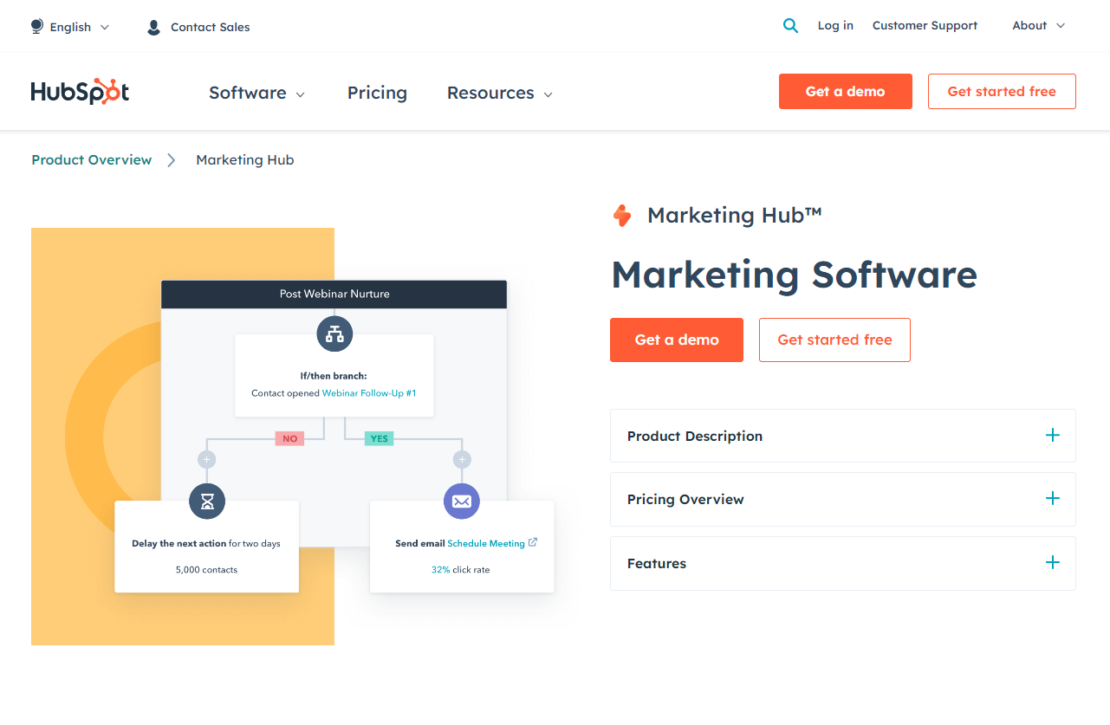
One of the most widely used marketing automation tools, HubSpot offers a full stack of sales, marketing, and CRM tools. HubSpot’s flexible marketing automation functionality integrates online and social media marketing activities – including email, SEO, contacts, and analytics.
- Pricing: HubSpot’s three marketing hub packages range from $45 to $3600 per month
- Ease of use: Rated 8.6/10 on G2
- Features: Ad tracking, video content, SEO optimization, blog analytics, social media scheduling, live chat, Yieldify integration
- Best for: Marketers who need a powerful, all-in-one tool for segmentation, contact management, push-button social media control, and report creation
3. Campaign Monitor
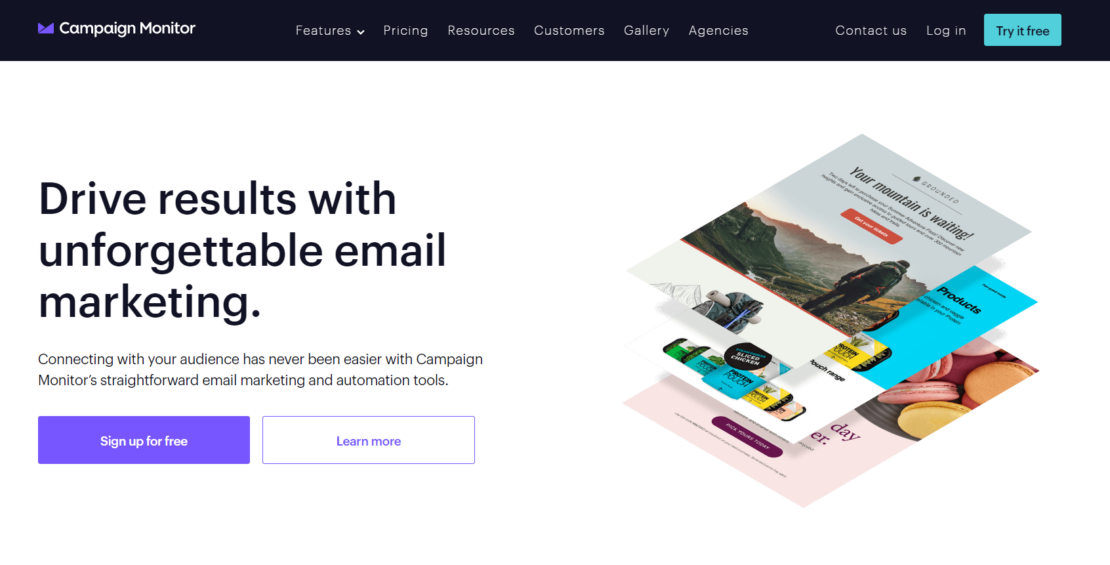
Campaign Monitor is a global marketing automation tool helping businesses across a wide range of industries – including media, tech and nonprofit – to drive more revenue from their email marketing efforts.
- Pricing: Starting from $10 per month
- Ease of use: Rated 8.6/10 on G2
- Features: Email template builder, audience segmentation, personalized experiences, email automation, analytics, Yieldify integration
- Best for: Thanks to its intuitive drag-and-drop interface and customizable templates, Campaign Monitor is a great solution for small businesses and novice email marketers with limited experience
4. Mailchimp
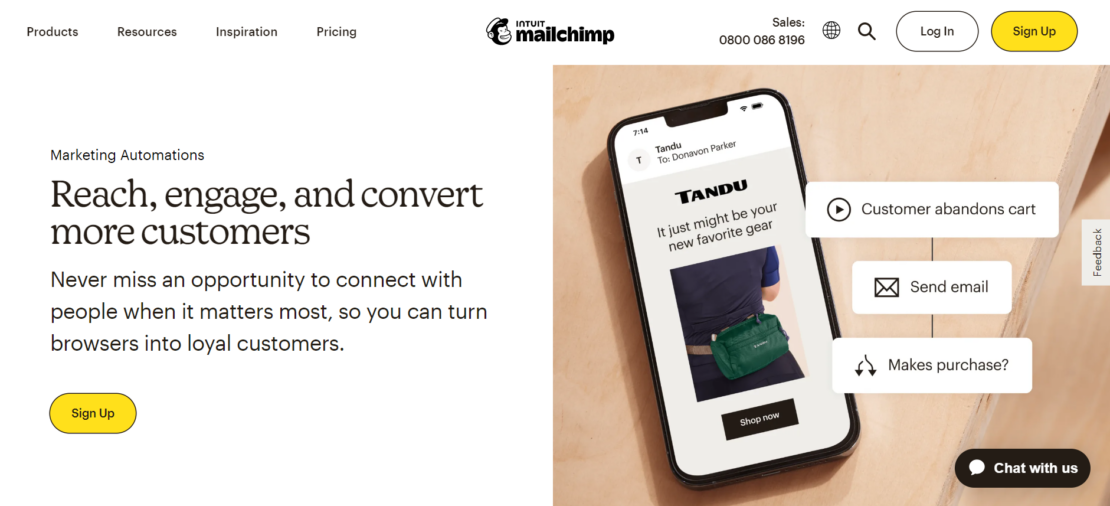
Mailchimp is one of the most popular automation platforms on the market. Though it’s widely known as an email marketing tool, Mailchimp is a full-scale marketing platform offering CRM, design, website and campaign services.
- Pricing: Mailchimp has four packages starting from $0 per month
- Ease of use: Rated 8.7/10 on G2
- Features: Customer journey builder, transactional emails, retargeting ads, Yieldify integration
- Best for: small to medium-size businesses looking to scale up with an all-in-one marketing platform
5. Iterable
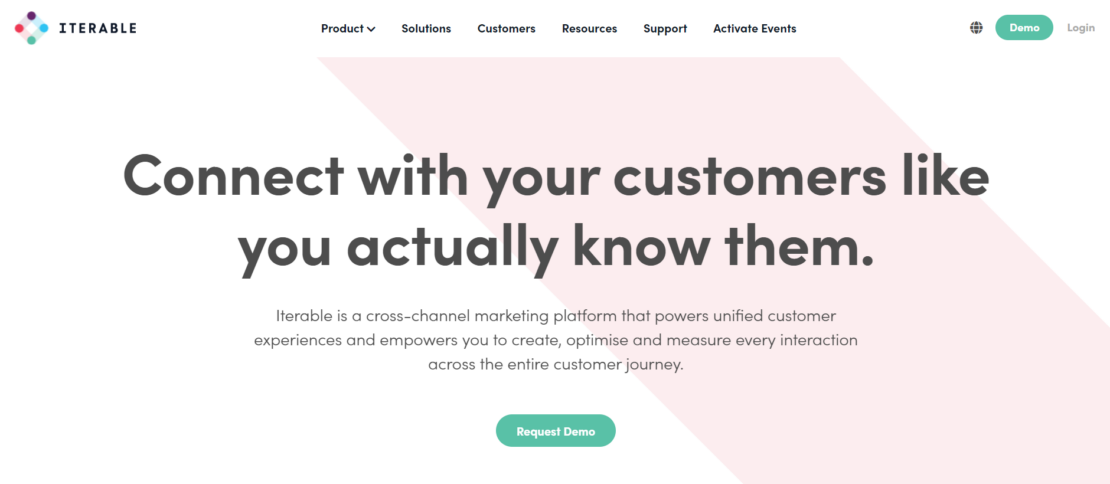
Iterable is a growth-marketing platform that helps you form deeper customer relationships and build personalized, cross-channel experiences.
- Pricing: Speak to Iterable’s sales team for more information on pricing
- Ease of use: Rated 8.5/10 on G2
- Features: Email and SMS marketing, personalized content, centralized data, synchronized workflows, Yieldify integration
- Best for: Medium-sized businesses looking for an easy-to-use email marketing platform with a proactive and quick-to-respond support team
6. Emarsys
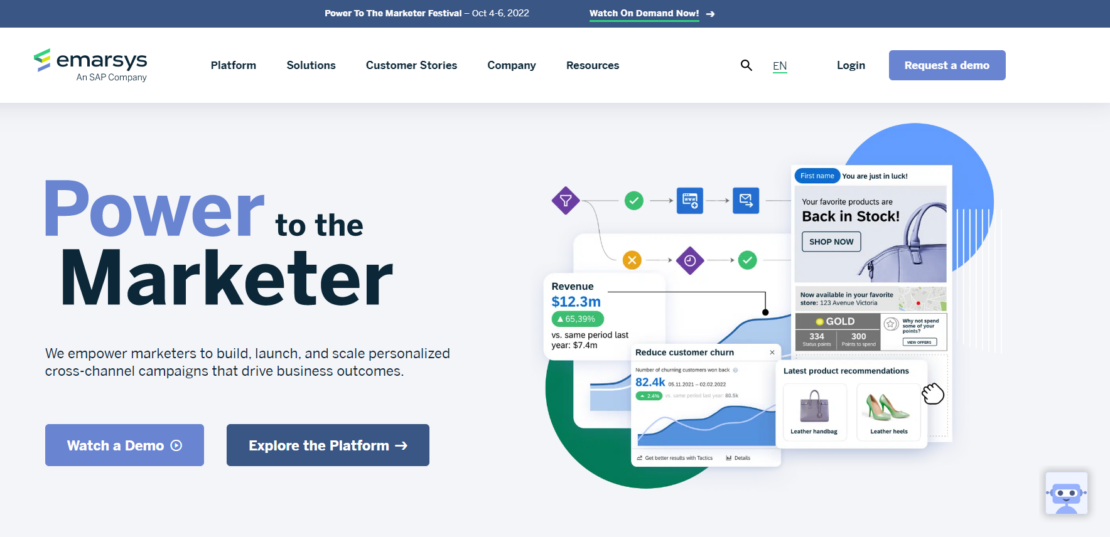
Serving more than 1500 customers around the world, Emarsys is an omnichannel customer engagement platform built to help marketers accelerate business outcomes.
- Pricing: Speak to Emarsys’s sales team for more information on pricing
- Ease of use: Rated 8.3/10 on G2
- Features: Cross-channel execution, integrated data layer, personalization engine, customer lifecycle management, Yieldify integration
- Best for: Mid-market businesses who are prepared to go through a steep learning curve to make use of the platform’s full range of features
7. Listrak
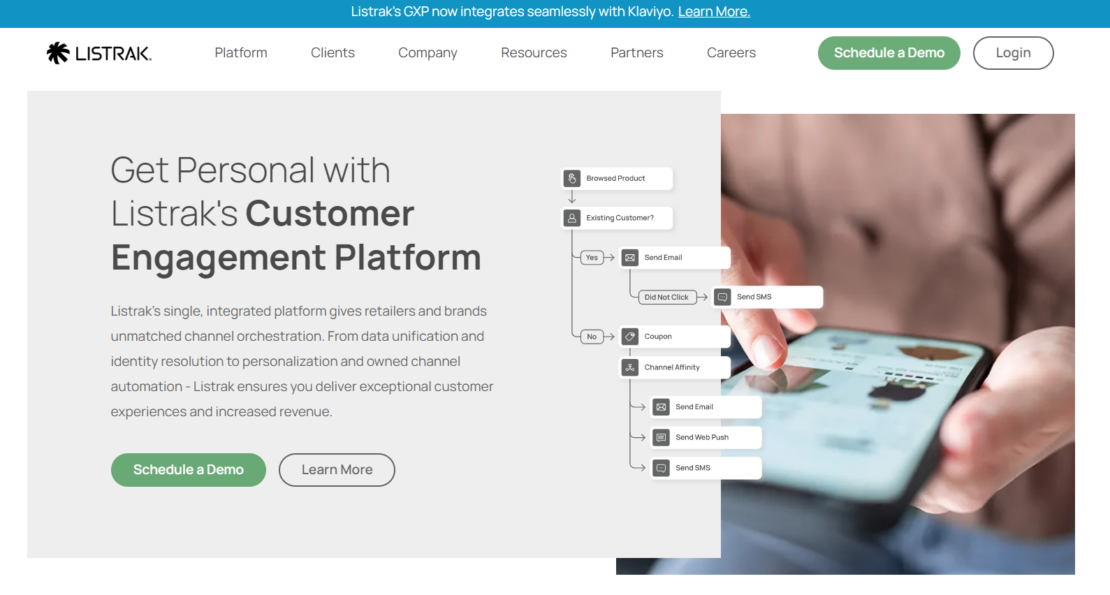
With hands-on account managers in place to provide strategic support, Listrak is a customer engagement platform that helps you deliver exceptional experiences to maximize engagement, revenue and customer lifetime value.
- Pricing: Speak to Listrak’s sales team for more information on pricing
- Ease of use: Rated 8.5/10 on G2
- Features: Dedicated account manager, email & SMS marketing, predictive product recommendations, out-of-the-box data visualizations, behavioral triggering, Yieldify integration
- Best for: Listrak is a great option to consider if you’re looking for an account manager to help you get the best out of a marketing automation platform
8. Dotdigital
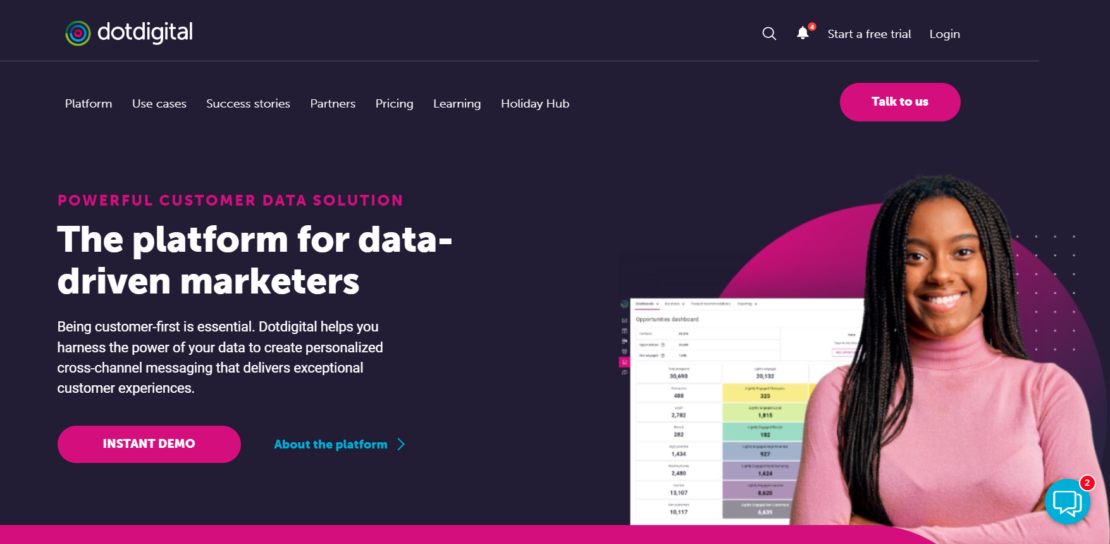
Dogdigital is a customer engagement platform that enables marketers to forge deeper customer relationships and grow their business with data-driven personalization.
- Pricing: Speak to Dotdigital’s sales team for more information on pricing
- Ease of use: Rated 8.6/10 on G2
- Features: Social and search retargeting, live chat, product recommendations, landing page optimization, data segmentation
- Best for: Email marketing professionals who need a sophisticated all-in-one package with a powerful drag-and-drop builder
9. Act-On
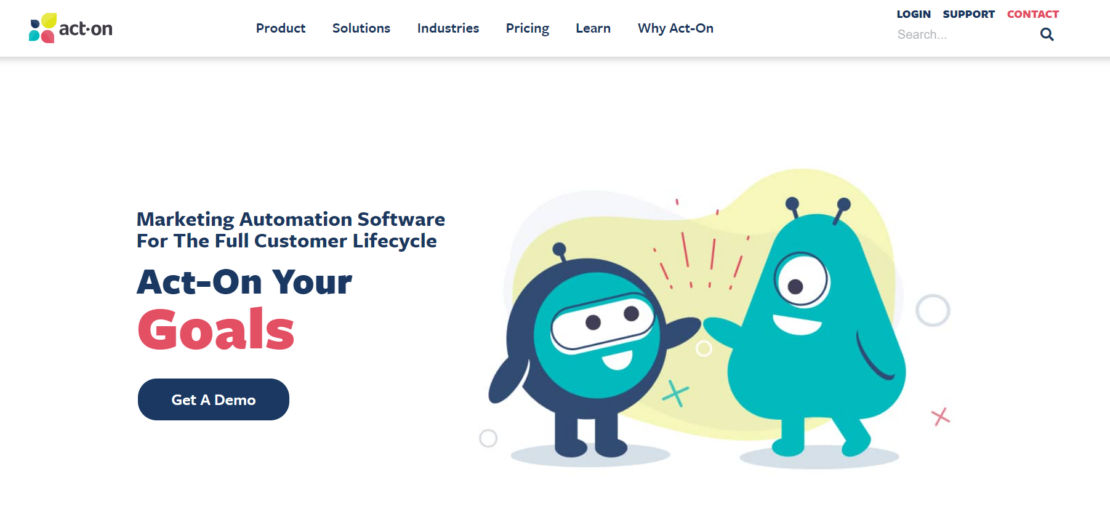
Act-On pitch themselves as the world’s leading growth marketing company. The Act-On platform helps marketers in every industry create better brand experiences for their customers.
- Pricing: Starting from $900 per month
- Ease of use: Rated 8/10 on G2
- Features: Email marketing automation, social media automation, SMS marketing, dynamic web forms, Yieldify integration
- Best for: Enterprise businesses looking for a customizable tool that integrates sales, marketing automation, and many other features
10. Sender
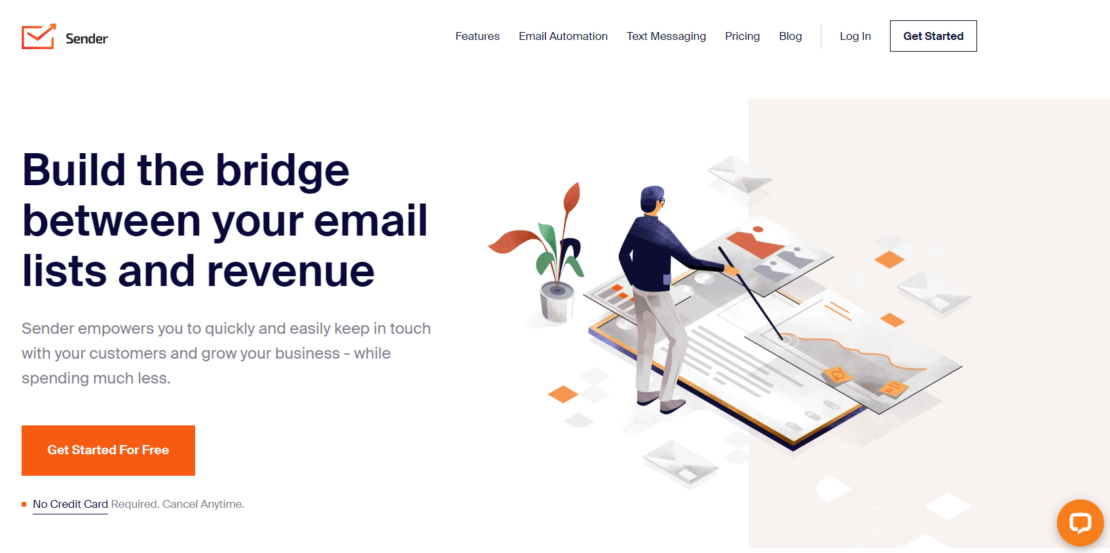
Sender helps marketers bridge the gap between email and SMS lists and revenue by empowering them to grow and nurture their subscriber base.
- Pricing: Starting from $0 per month
- Ease of use: Rated 8.6/10 on G2
- Features: Newsletter opt-in forms, drag-and-drop editor, push notifications, landing pages, Yieldify integration
- Best for: Sender is an easy-to-use and affordable email marketing solution for small businesses
11. ActiveCampaign
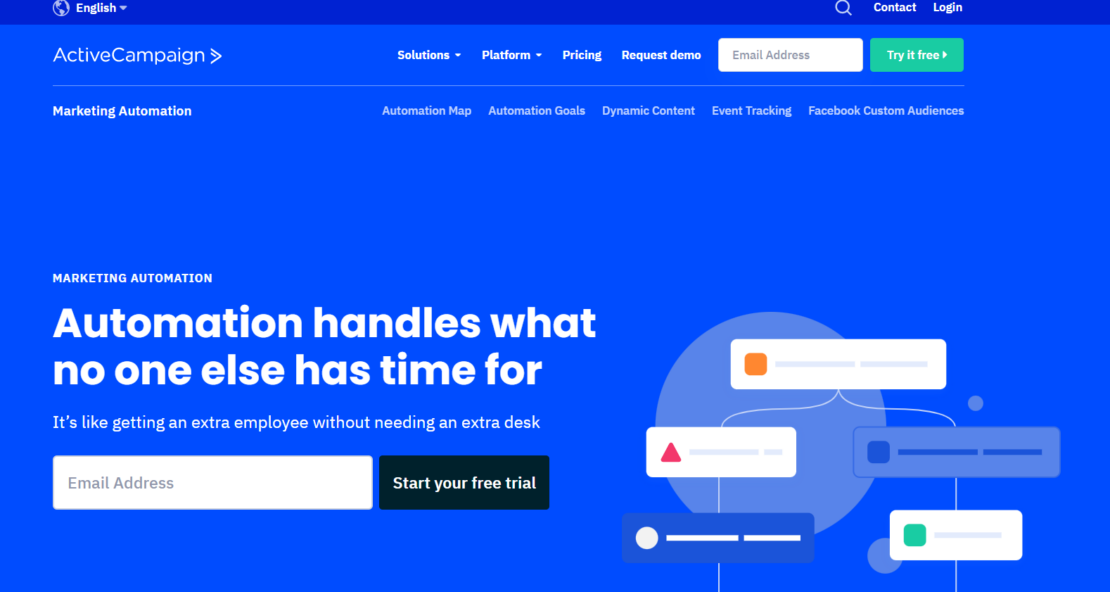
Serving more than 150,000 customers worldwide, ActiveCampaign pitch themselves as the global leader in customer experience automation.
- Pricing: Starting from $29 per month
- Ease of use: Rated 8.5/10 on G2
- Features: A/B testing, custom sign-up forms, pre-built automation workflows, goal tracking, Yieldify integration
- Best for: Smaller businesses looking for a powerful yet affordable entry-level marketing automation solution
12. Keap
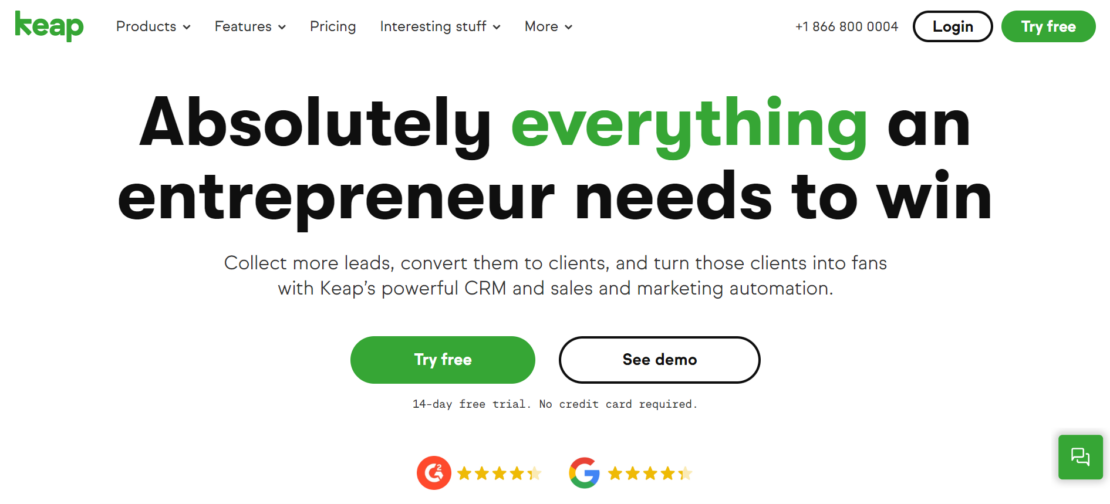
Keap is an all-in-one CRM and sales and marketing automation platform on a mission to help entrepreneurs grow their business without the usual chaos that comes with it.
- Pricing: Starting from $129 per month
- Ease of use: Rated 7.2/8 on G2
- Features: Advanced Automations builder, A/B testing, audience segmentation, curated templates, Yieldify integration
- Best for: With one-on-one onboarding, 24/7 chat support and on-demand training courses, Keap is made to help small businesses thrive.
13. Hunch
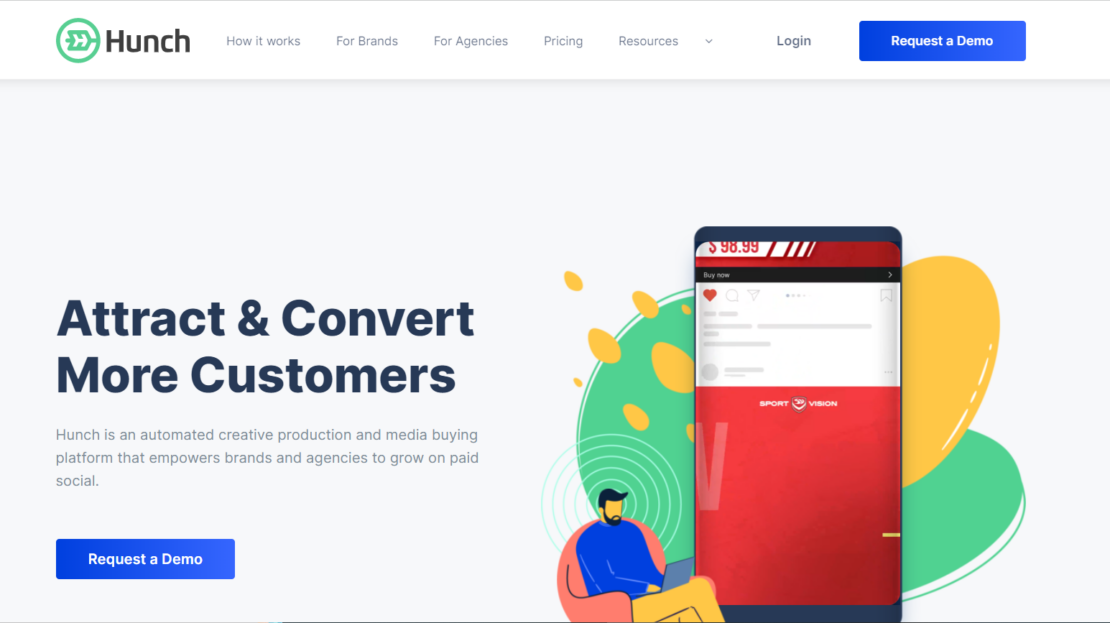
Hunch is a creative automation platform used by both brand and agency-side performance marketers to improve their social media management. With Hunch you can drive more engagement on Facebook and Instagram by building highly contextual customer journeys.
- Pricing: Hunch’s pricing is flexible and varies depending on a variety of performance metrics
- Ease of use: Rated 8.6/10 on G2
- Features: Dynamic video and image templates, automated workflows, A/B testing, custom reporting, Yieldify integration
- Best for: Ecommerce retailers and agencies looking to take their paid social marketing to the next level.
14. Drip
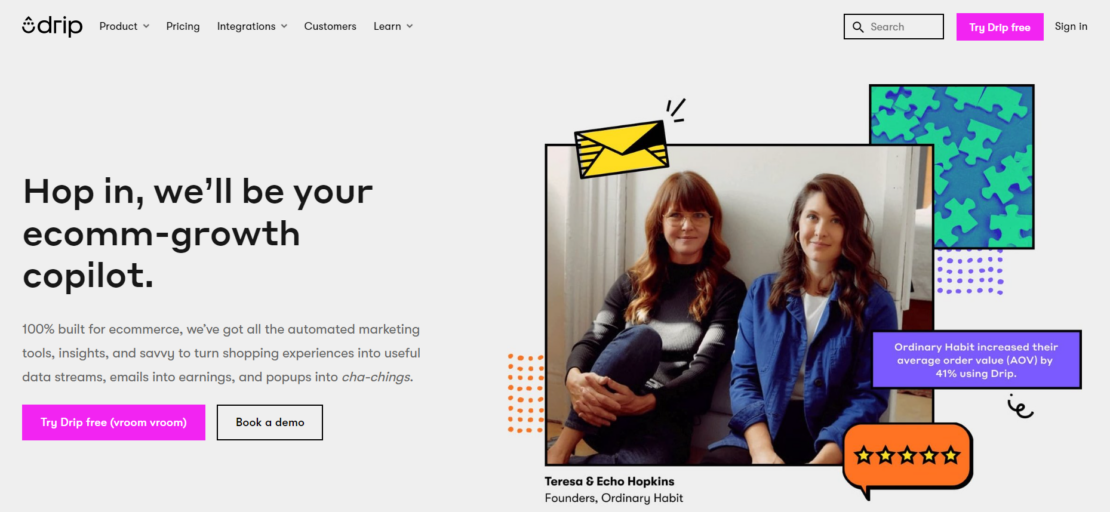
Built specifically for ecommerce, Drip is an email and SMS marketing automation platform that helps 30,000+ marketers worldwide drive more revenue.
- Pricing: Starting from $39 per month
- Ease of use: Rated 8.4/10 on G2
- Features: Pre-built workflows, personalized product recommendations, social media synchronization, customizable sign-up forms, email testing, Yieldify integration
- Best for: Small to medium-sized ecommerce sites looking to scale up their email and SMS marketing campaigns with greater personalization
15. Omnisend
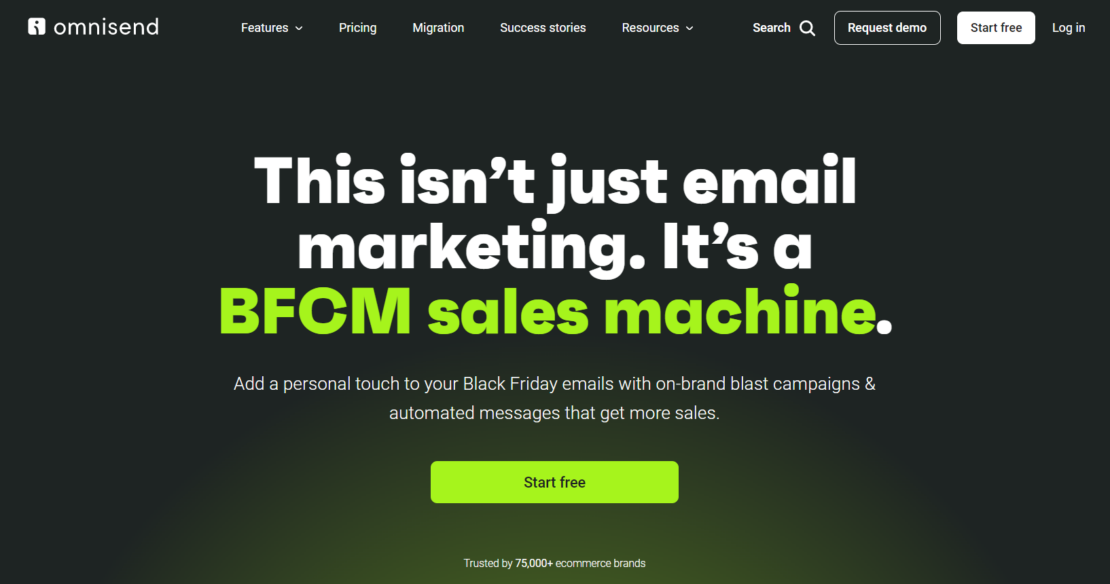
Omnisend is an omnichannel marketing automation platform that helps more than 75,000 ecommerce brands worldwide optimize their email, SMS and push notification campaigns.
- Pricing: Starting from $0 per month
- Ease of use: Rated 9.2/10 on G2
- Features: Omnichannel workflows, A/B testing, personalized product recommendations, lead generation, Yieldify integration
- Best for: Marketing professionals who have outgrown basic email marketing and want to dive into omnichannel automation without sacrificing ease of use
What automated marketing platform should you use?
Naturally, you should choose the platform that best aligns with your budget, goals and ideal product spec. If you’re a small business aiming to scale your email and SMS marketing, there’s plenty of good options to consider – including Klaviyo, Drip and Sender.
For enterprise businesses with large budgets that are looking for a highly sophisticated tool, Act-On may be the ideal solution. Irrespective of your particular business needs, I hope this blog helps narrow your search for an ecommerce marketing automation solution.
If you found this guide to marketing automation useful, check out our rundown of the factors to consider when choosing a website personalization tool or a lead generation tool for ecommerce.
Ecommerce Marketing Automation FAQs
Ecommerce automation is software that can automatically execute marketing tasks, processes, or campaigns across multiple channels to improve efficiency and drive more revenue.
Every ecommerce business can benefit from some level of marketing automation. The most efficient marketing teams use automation to qualify and nurture leads, build workflows, manage campaigns and ultimately achieve greater ROI. Read our blog comparing 15 ecommerce marketing automation platforms here.
The main benefit of marketing automation is it improves efficiency and drives more revenue. At a more granular level, marketing automation platforms will help you:
– Reduce staff costs
-Nurture leads
– Streamline reporting
– Align sales and marketing
– Personalize experiences
– Increase conversion rates

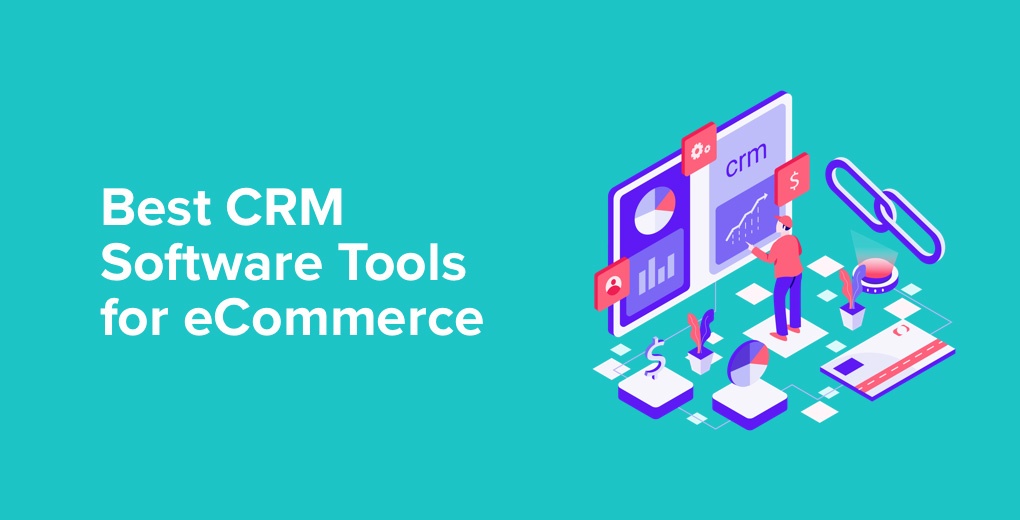
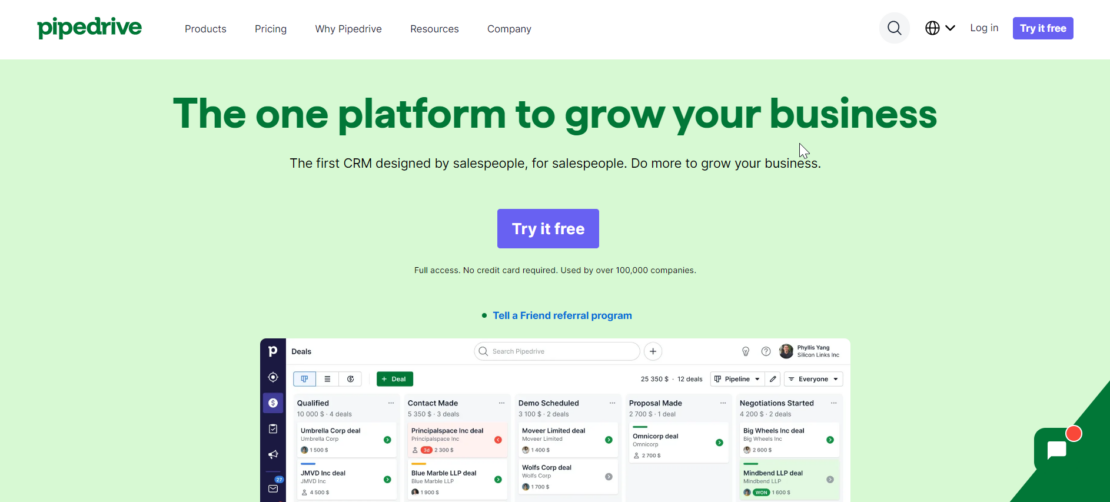
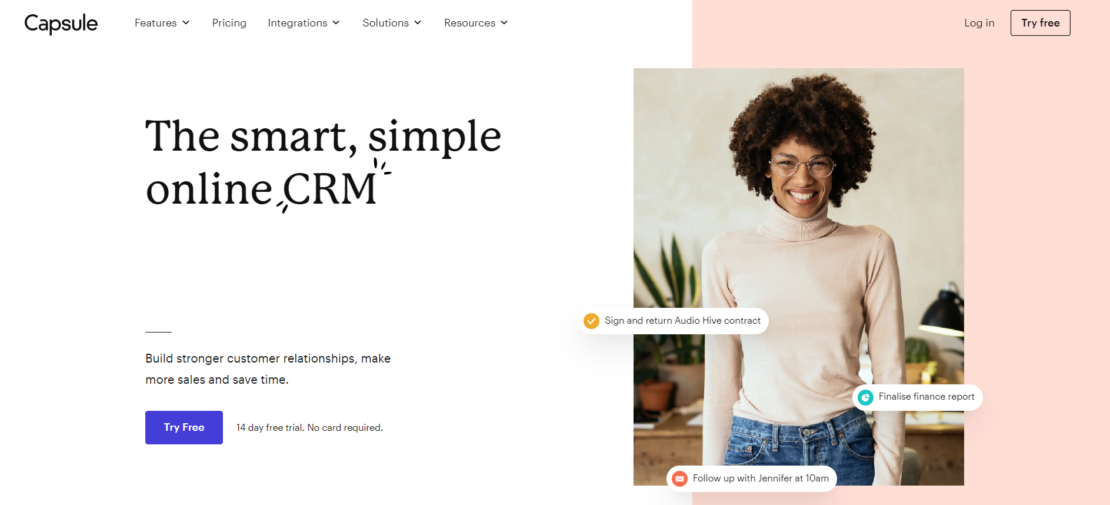
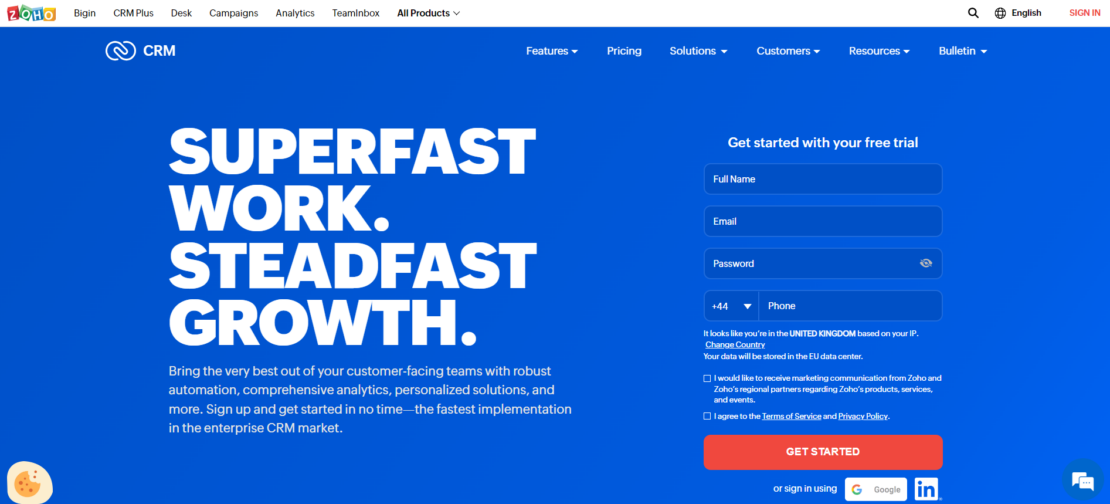
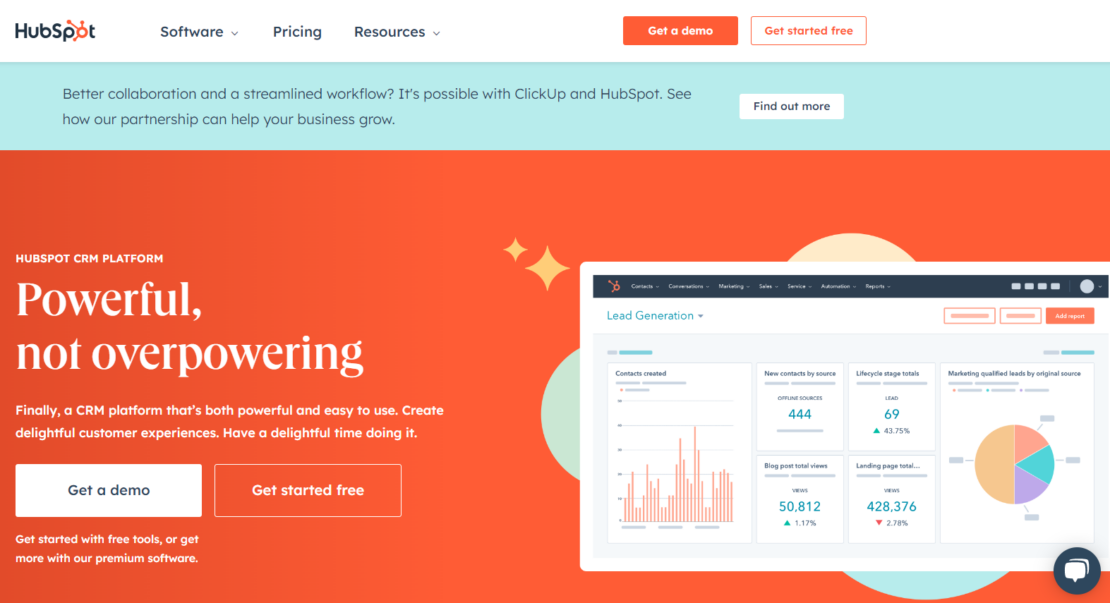
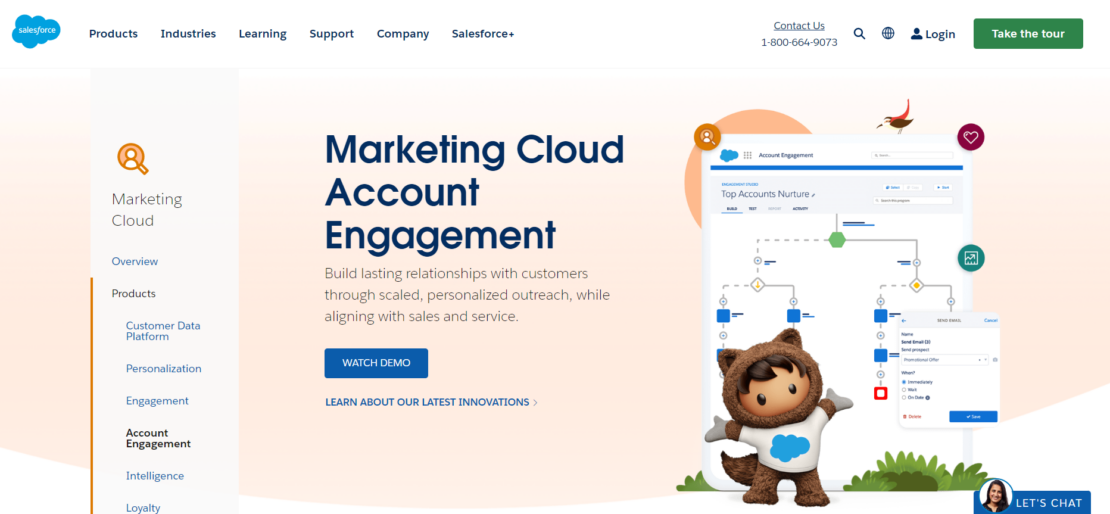
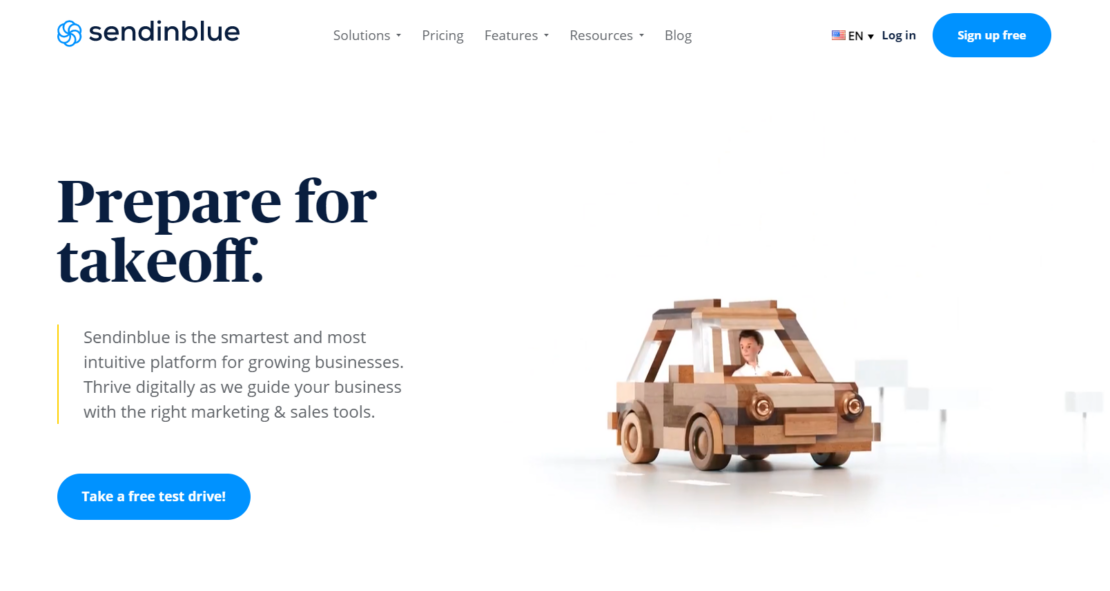
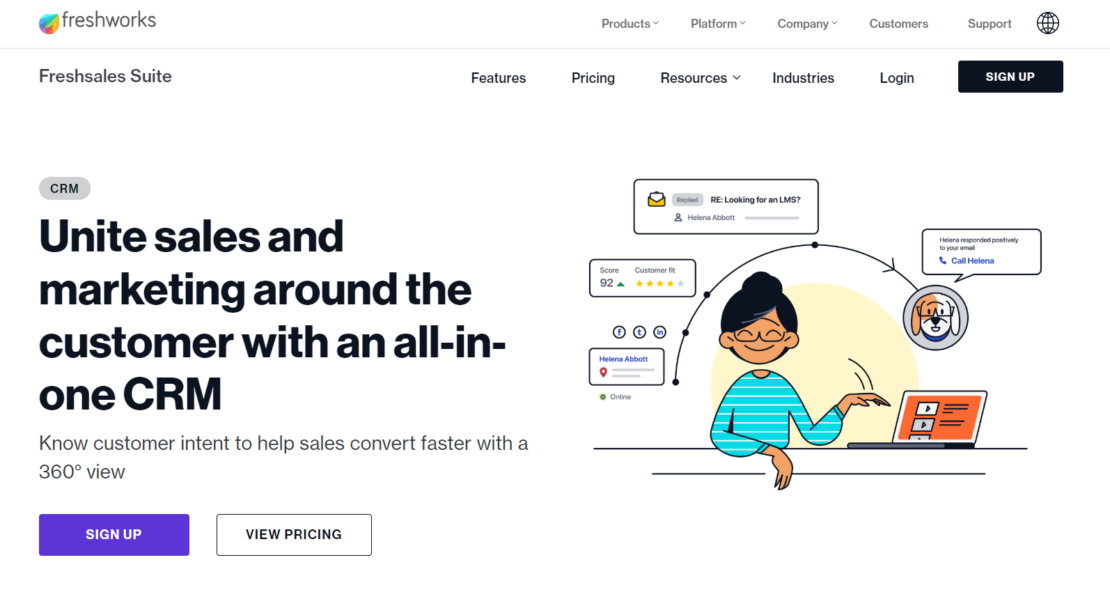
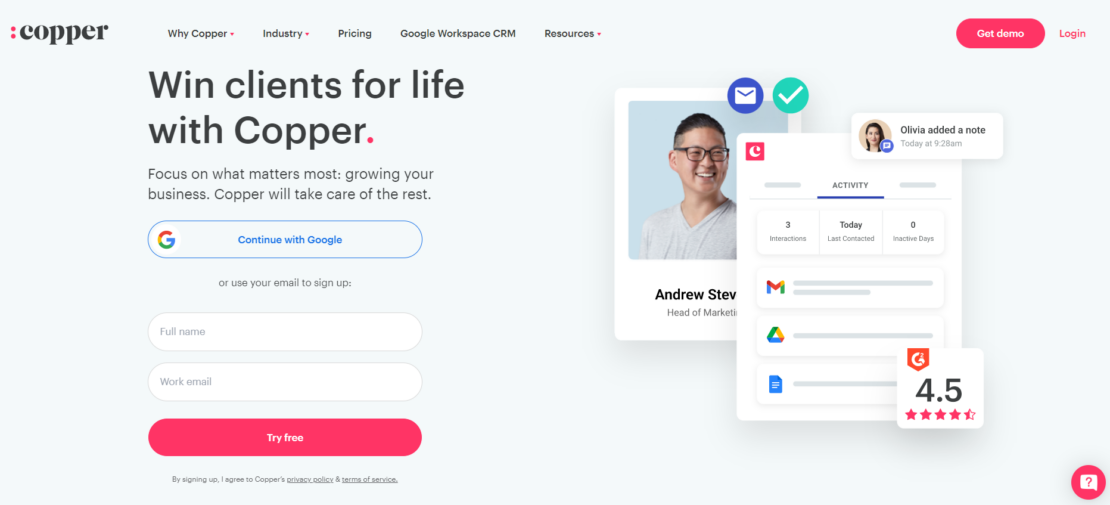
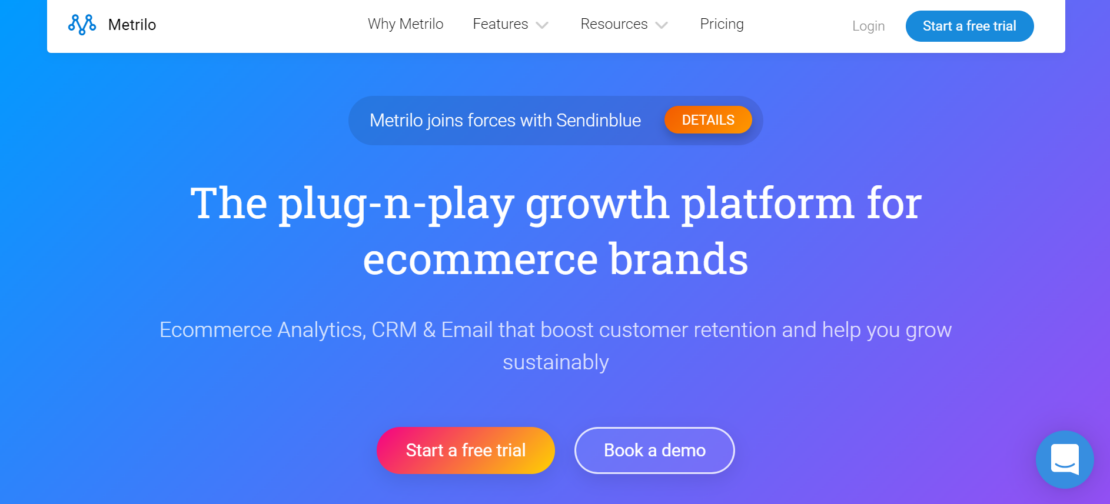
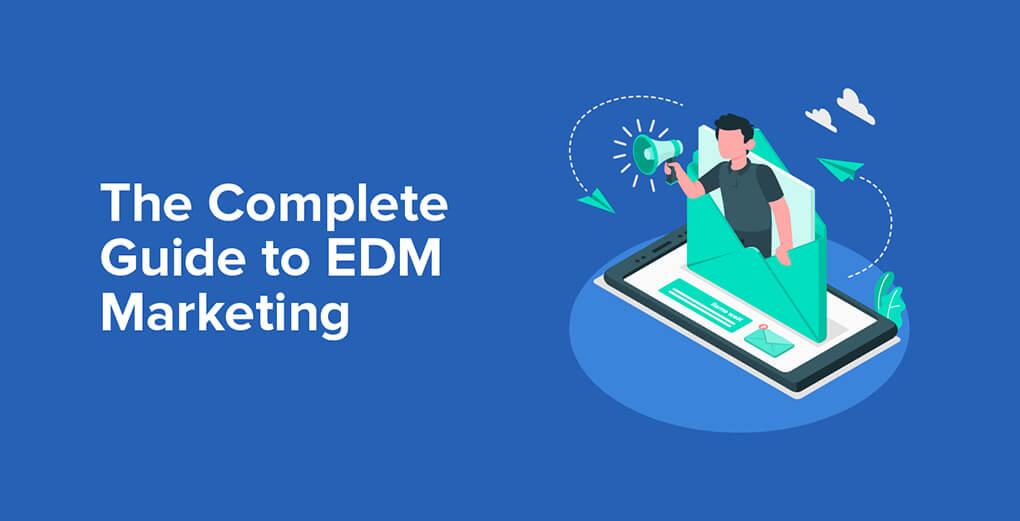
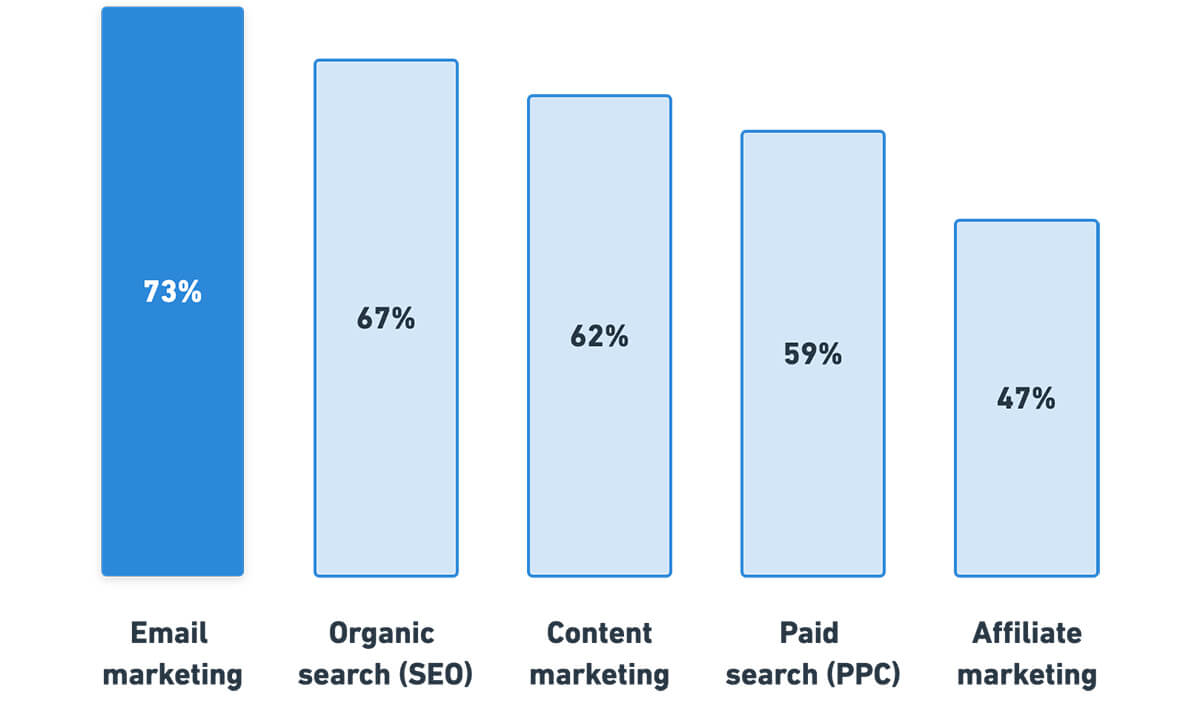

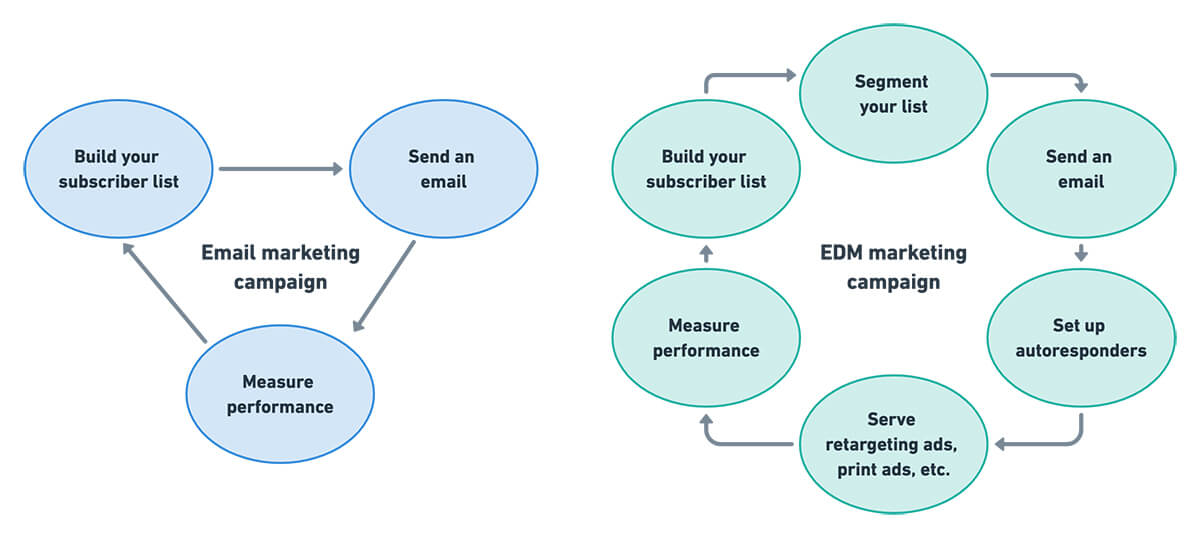
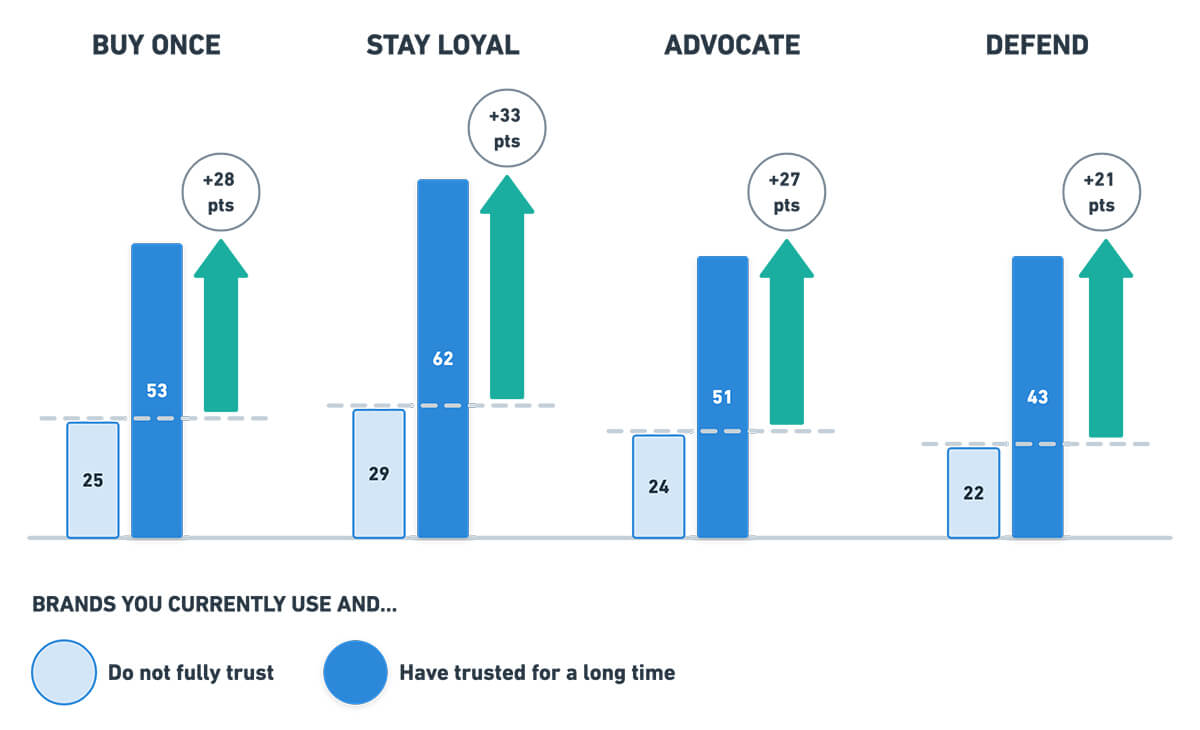
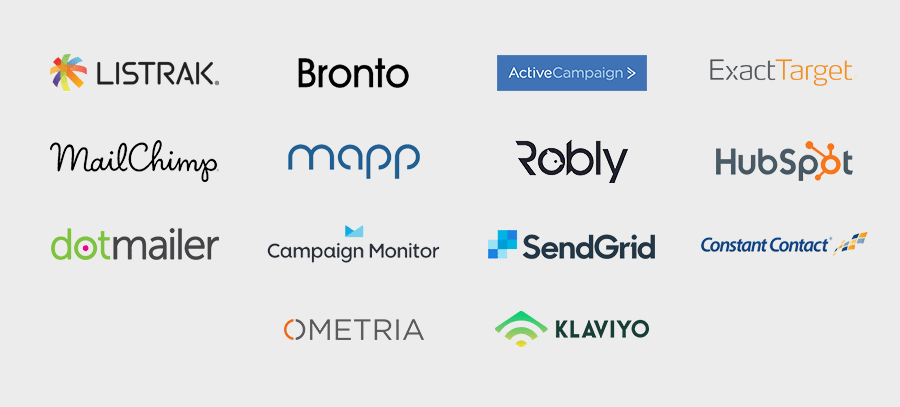
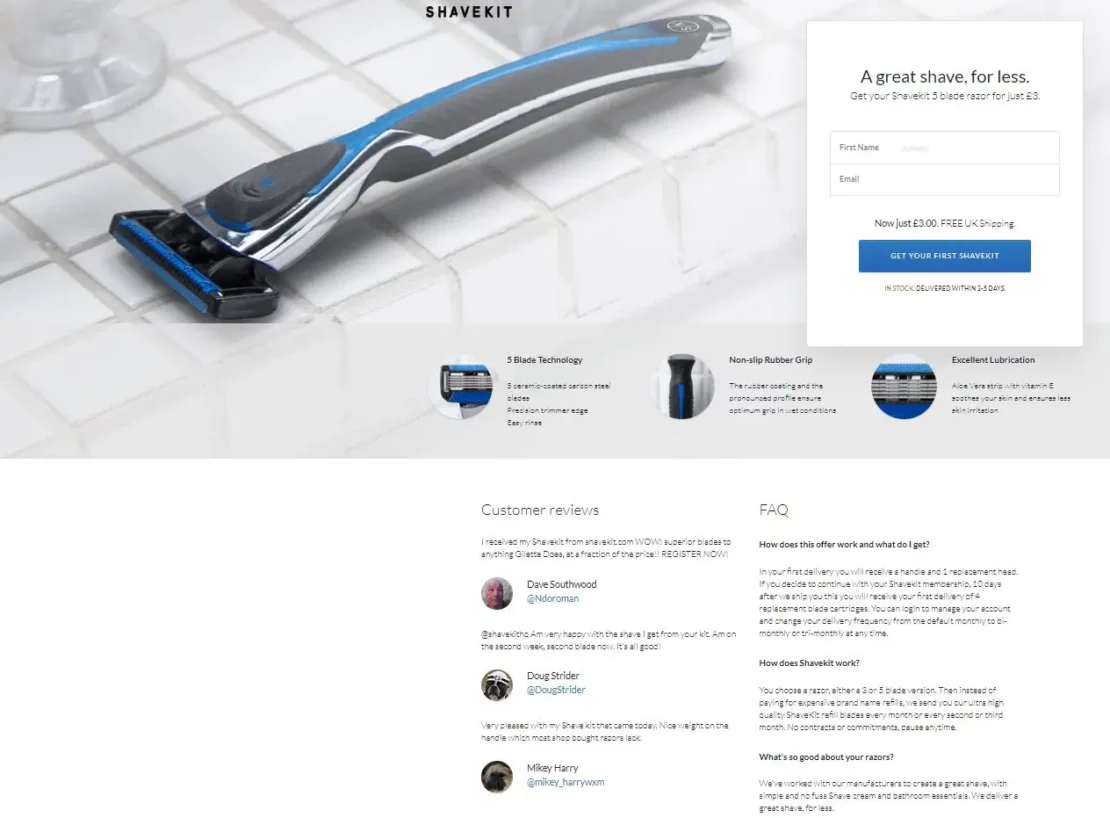
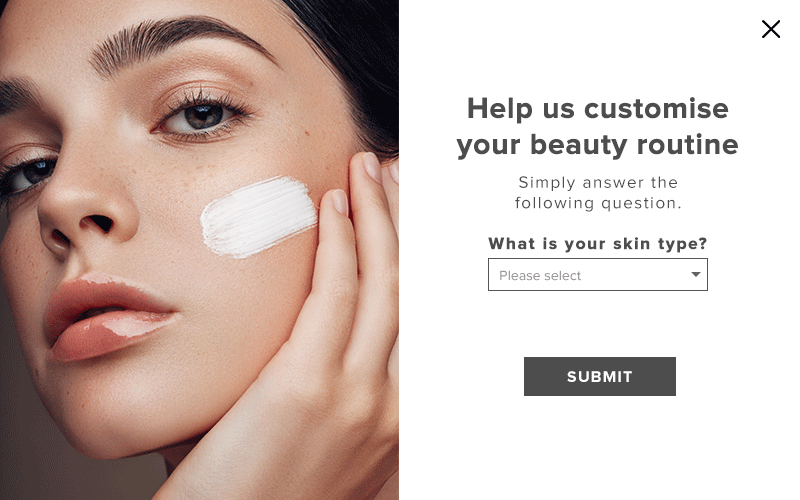

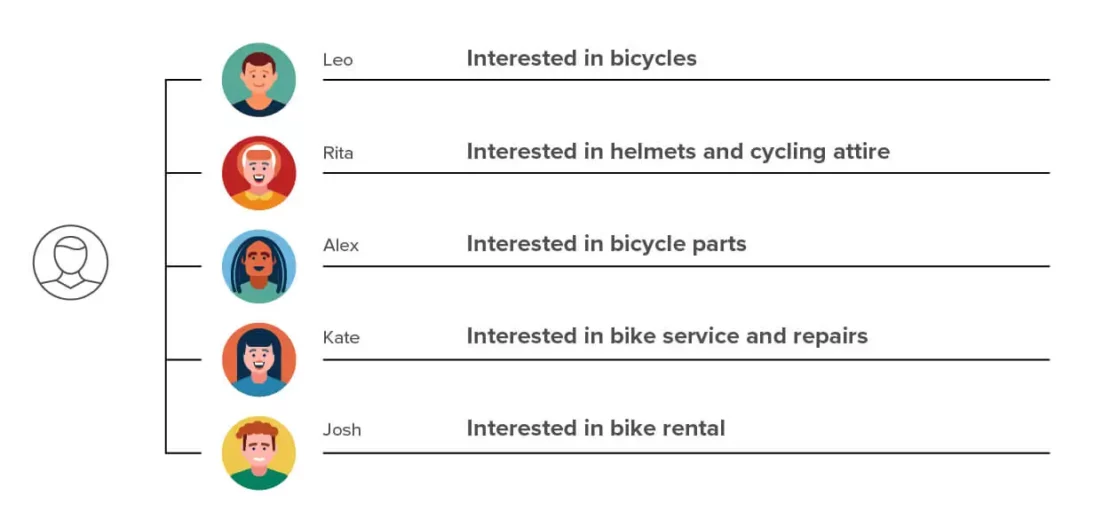
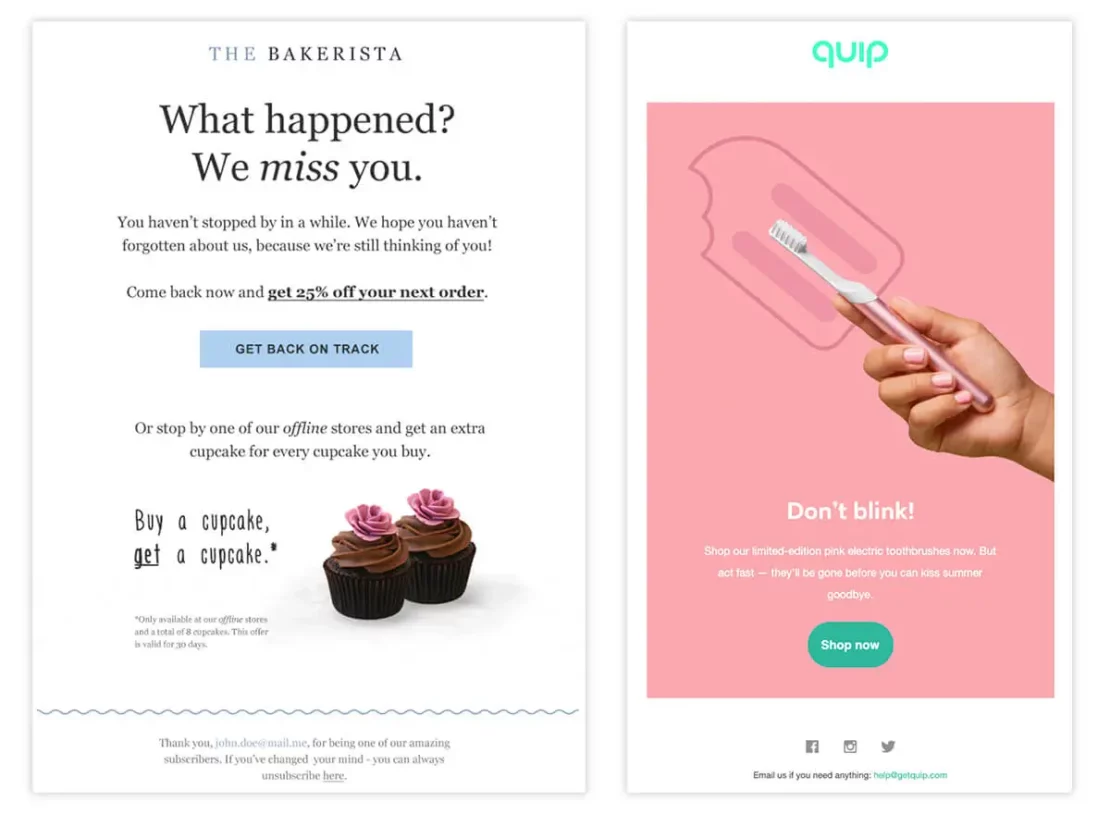
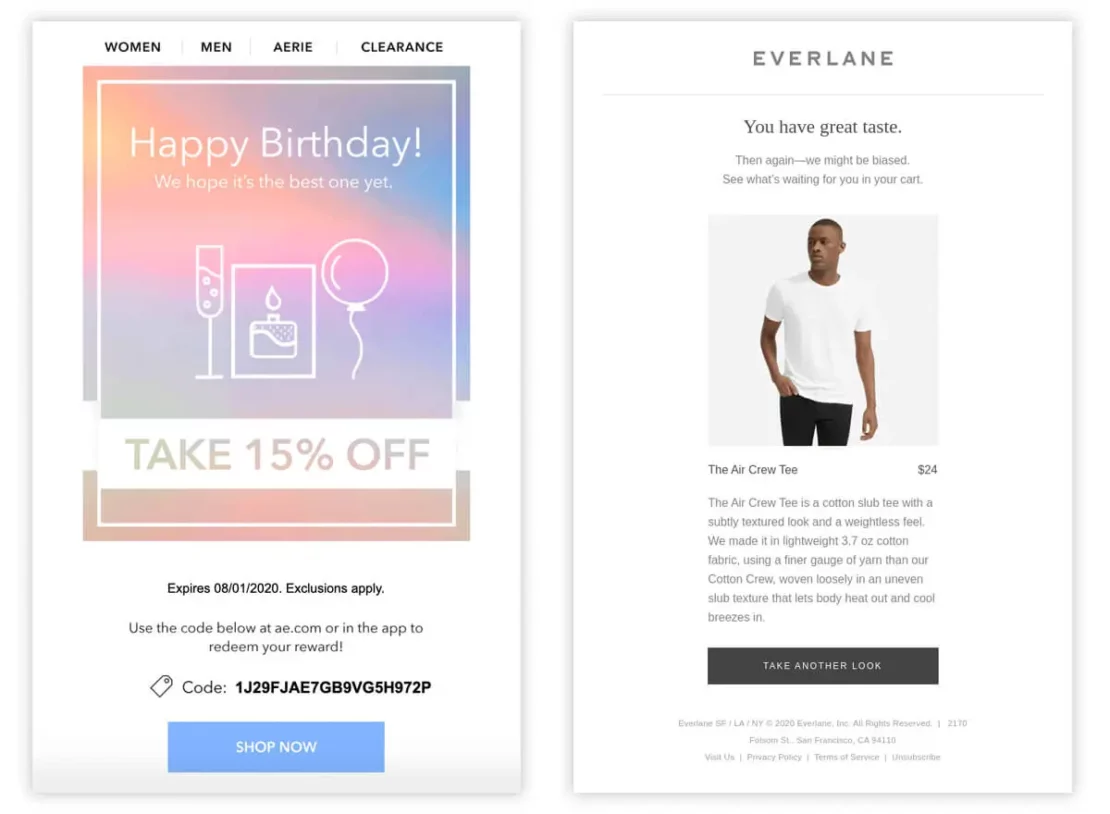
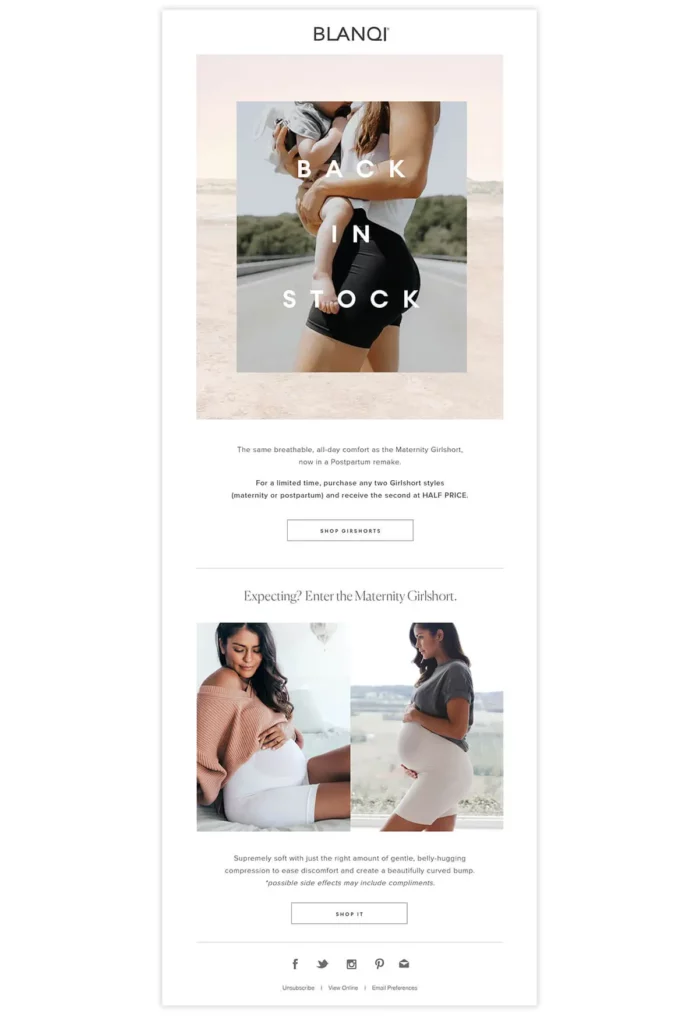
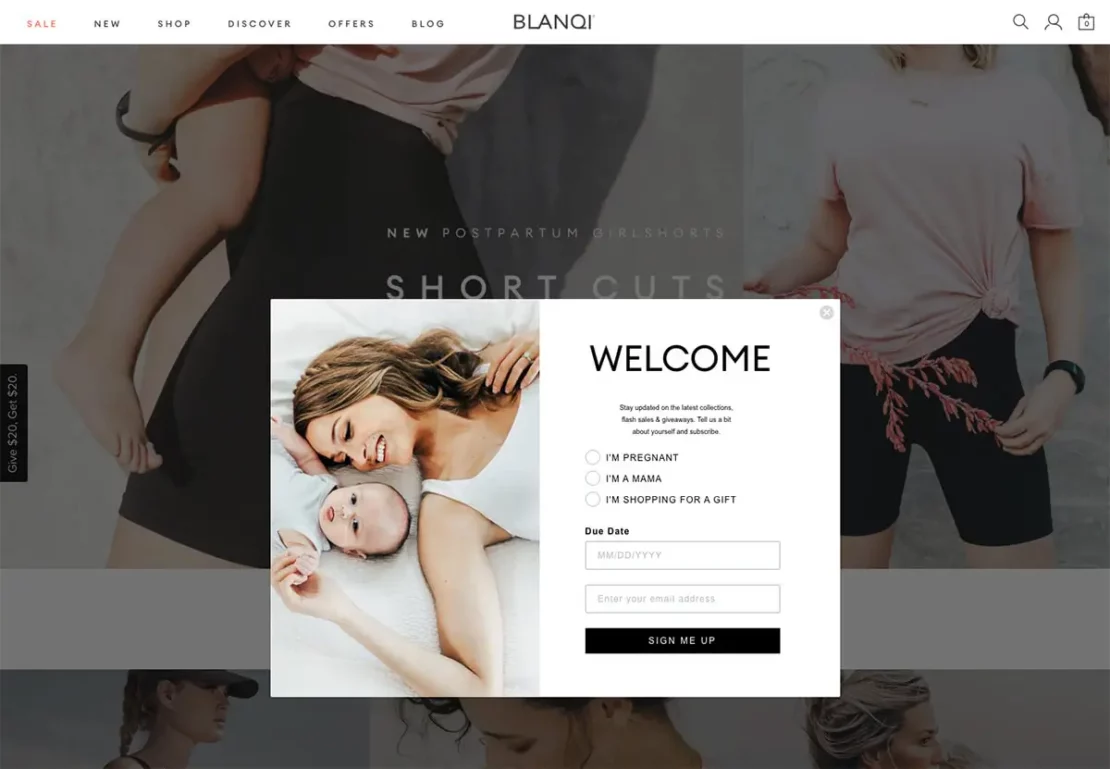
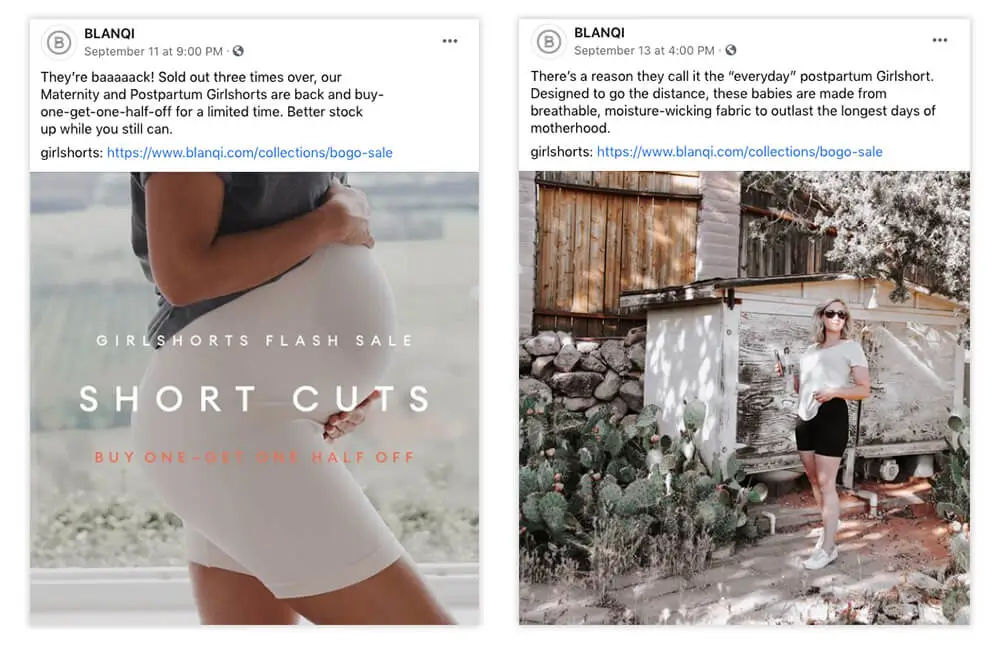
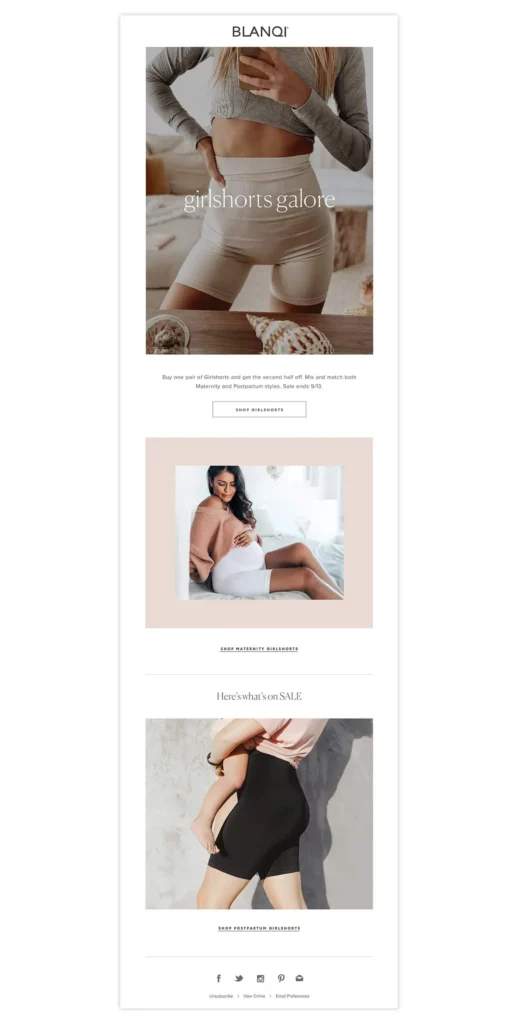
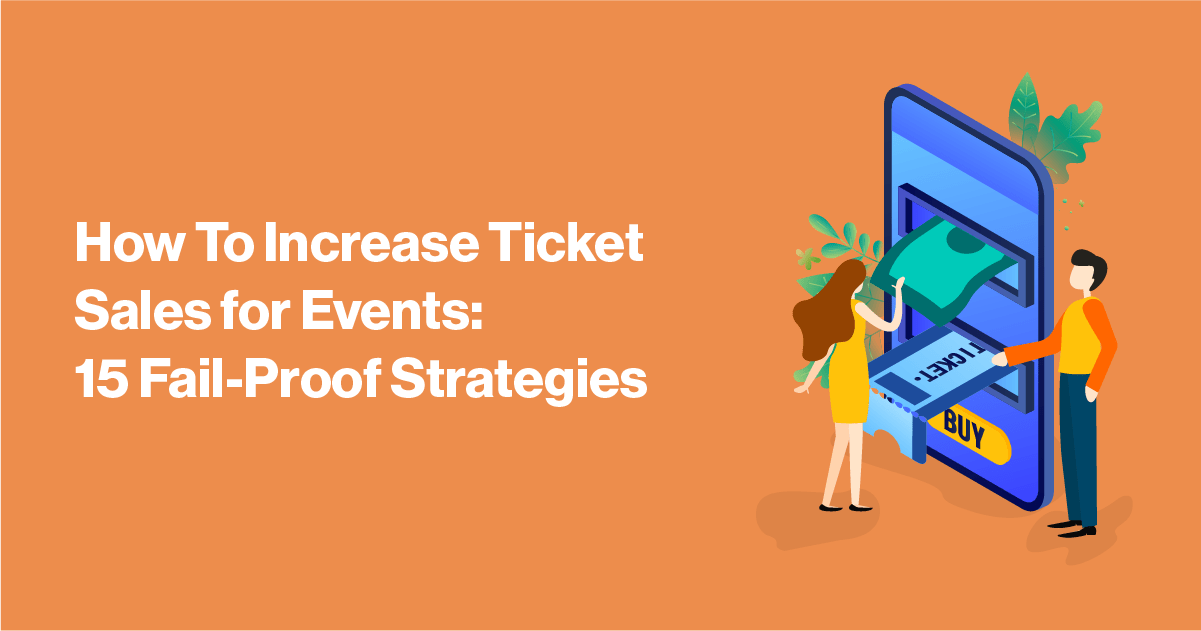
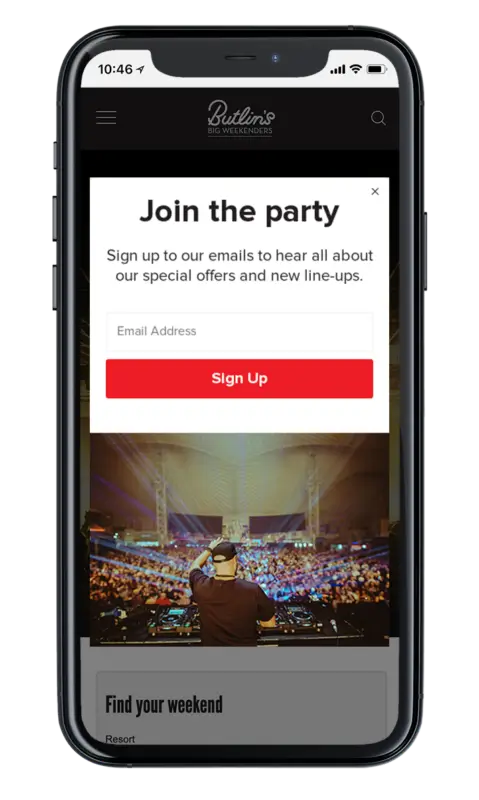
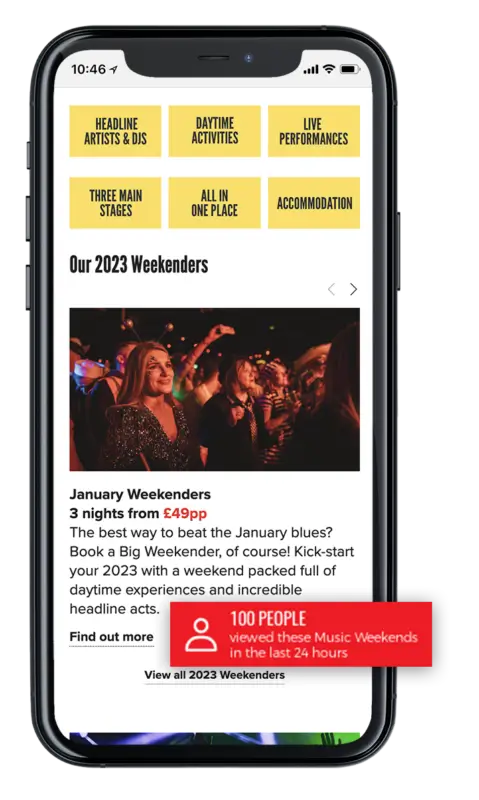
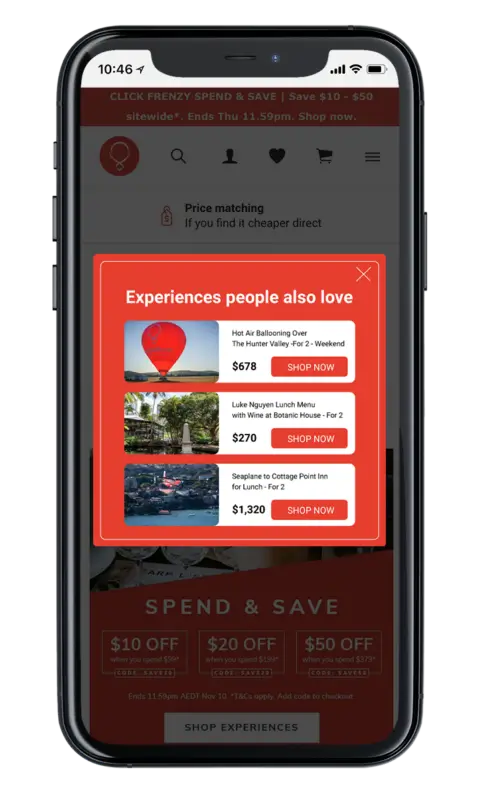
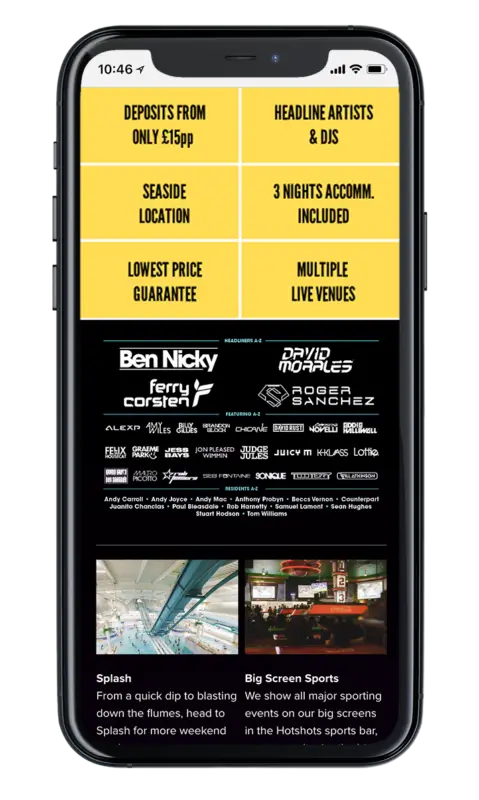
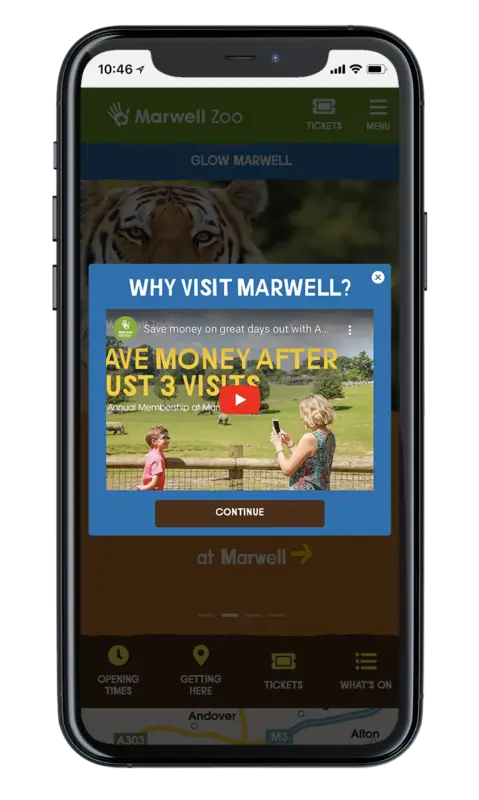
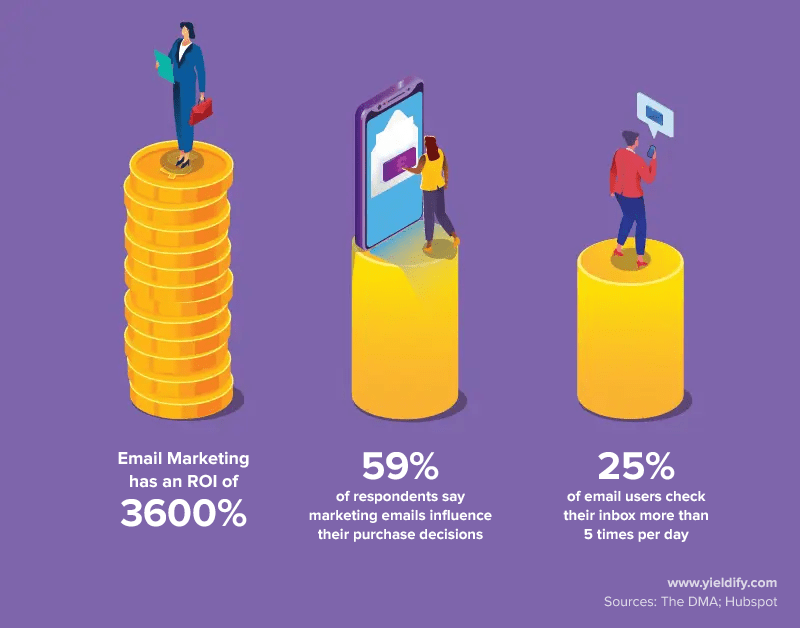
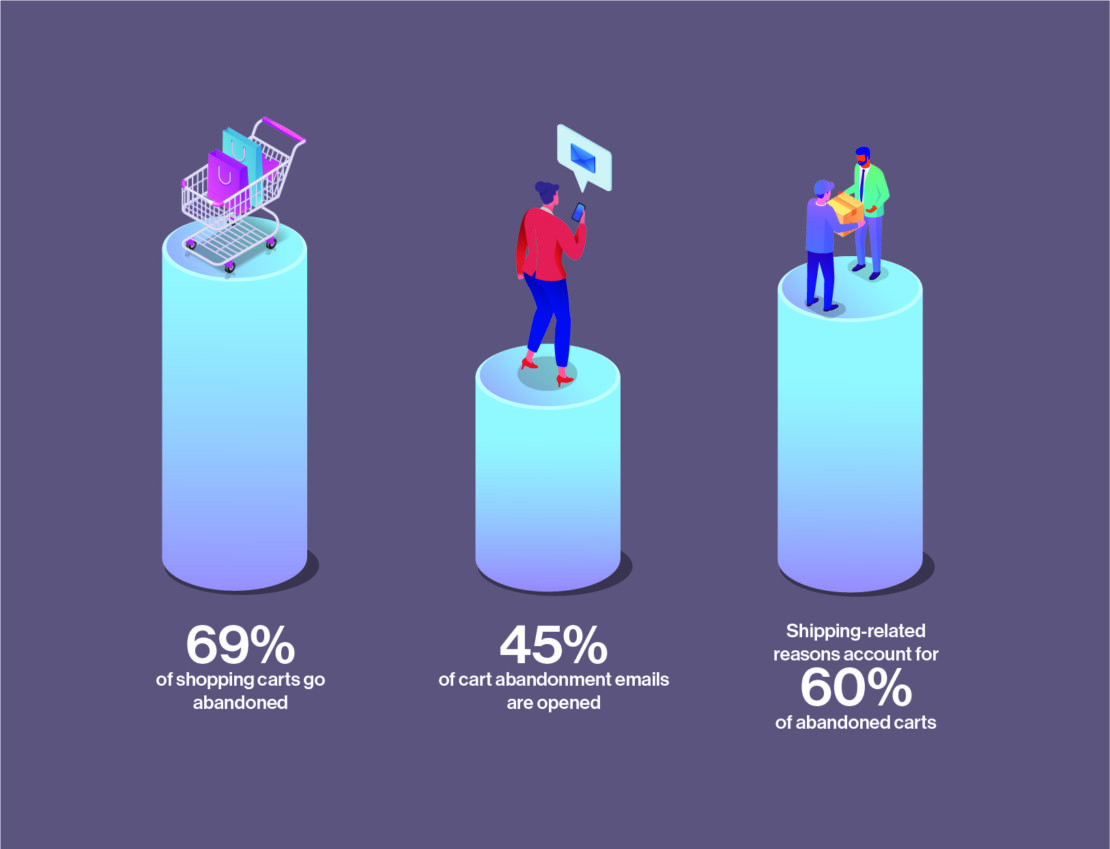
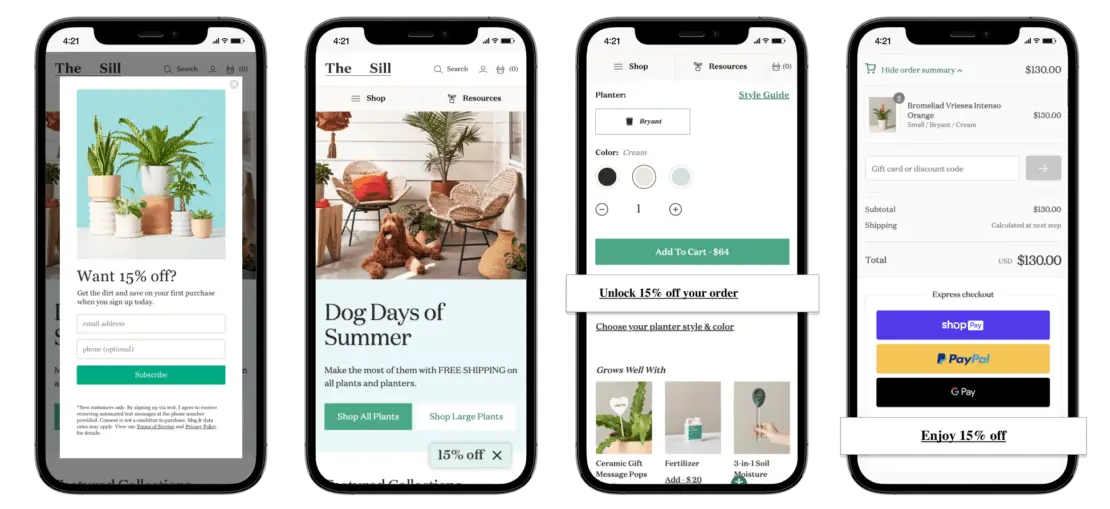
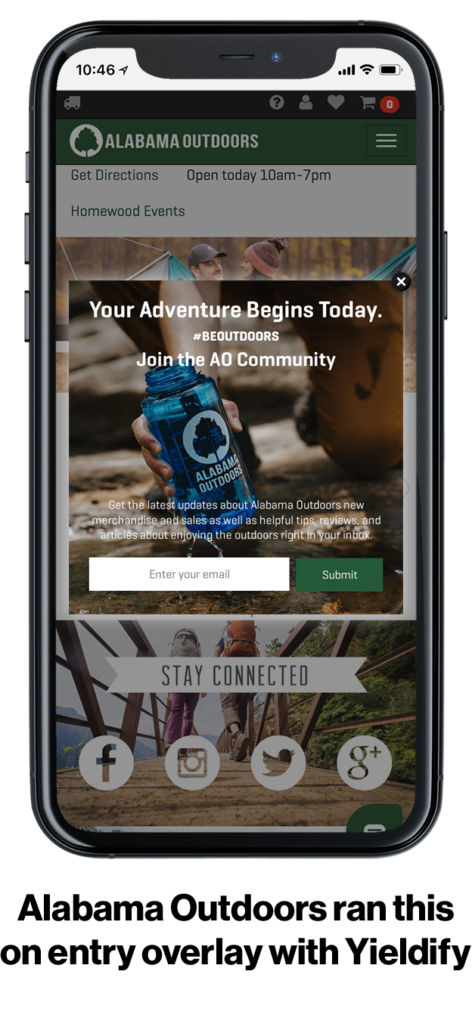
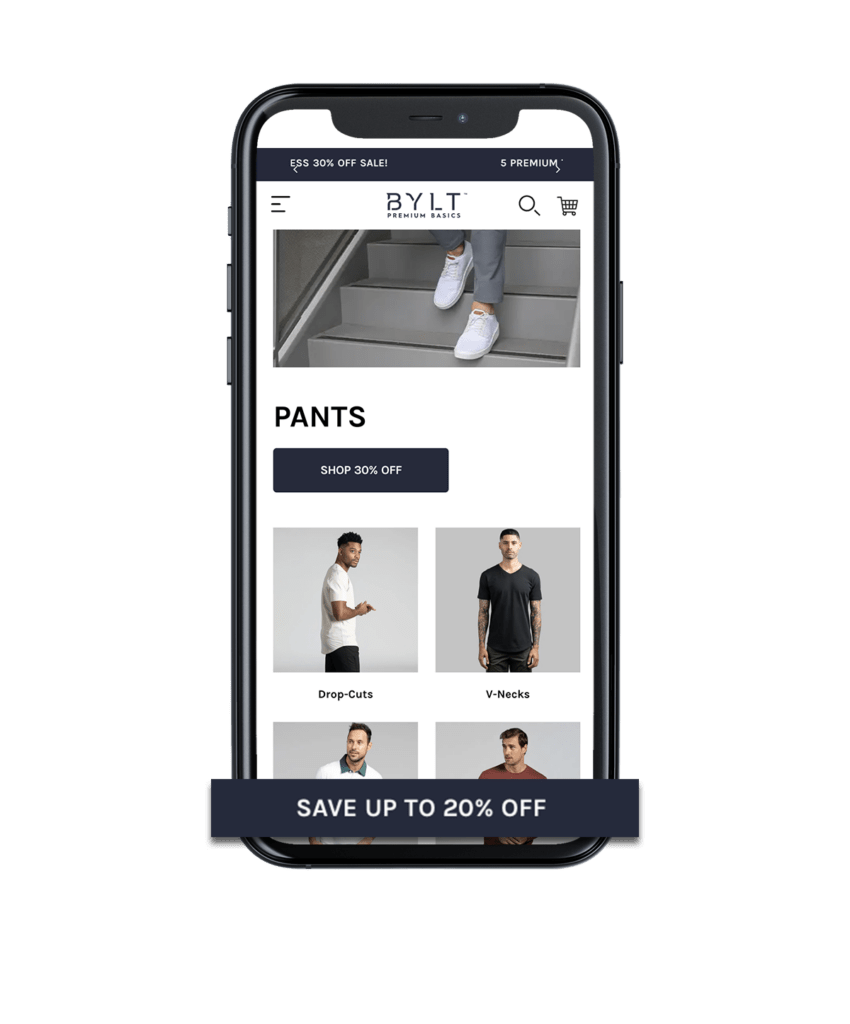
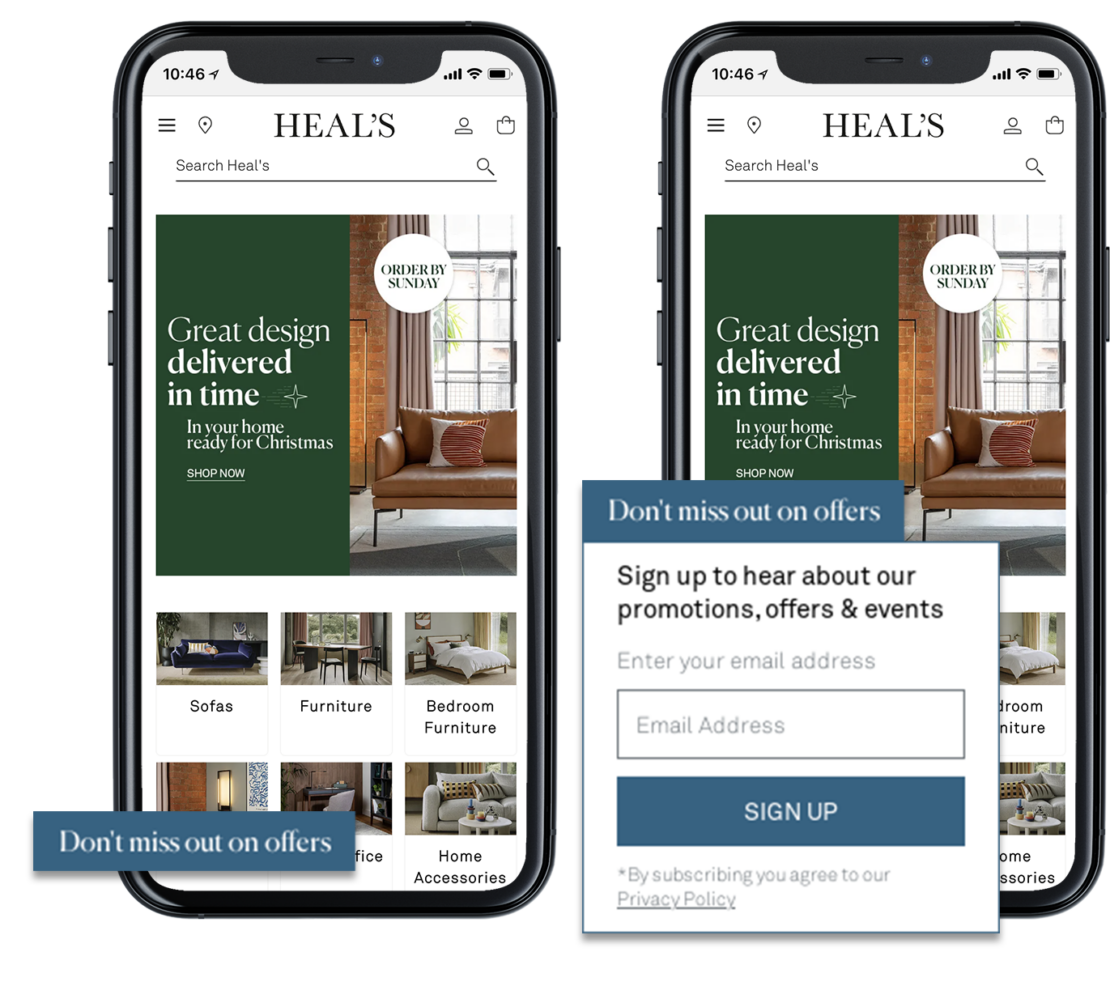
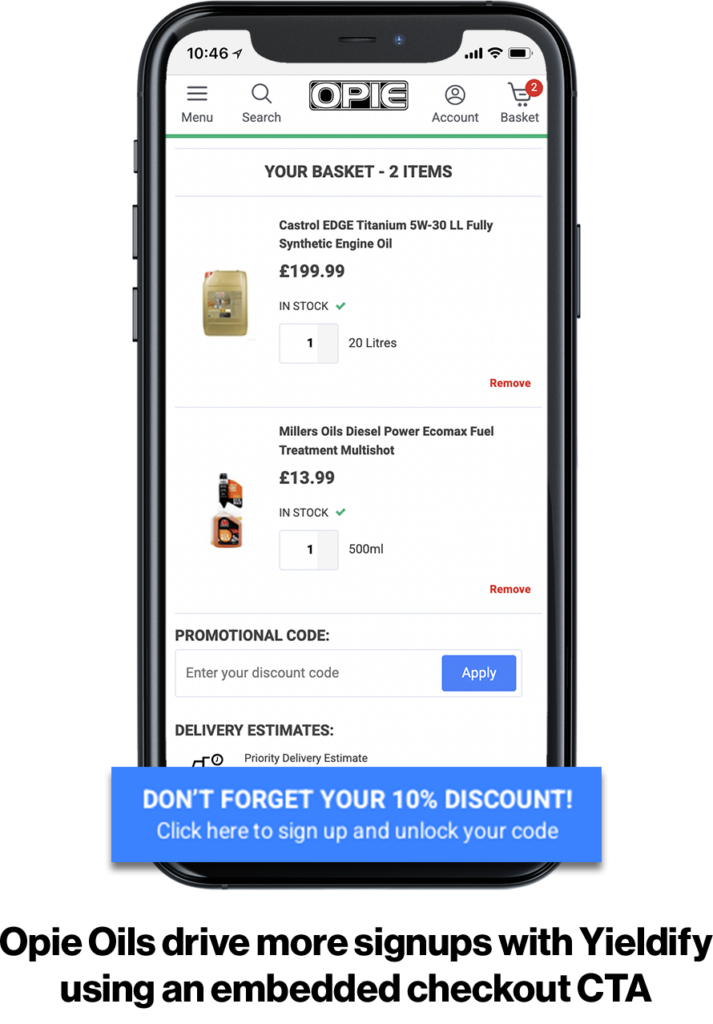
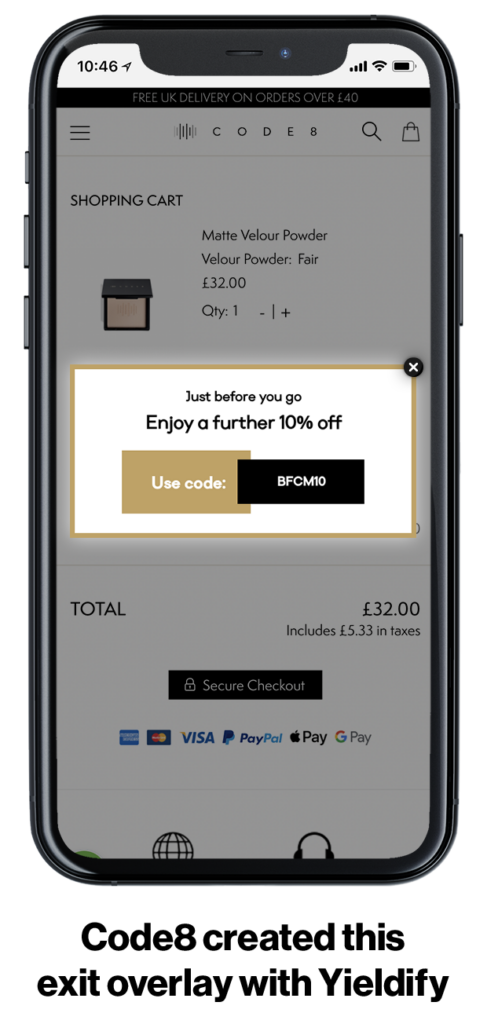
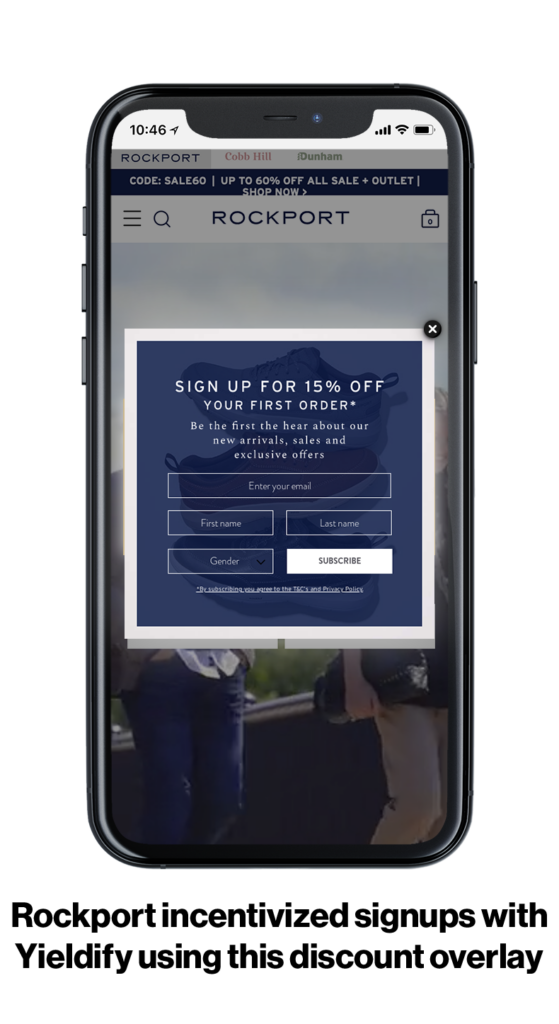
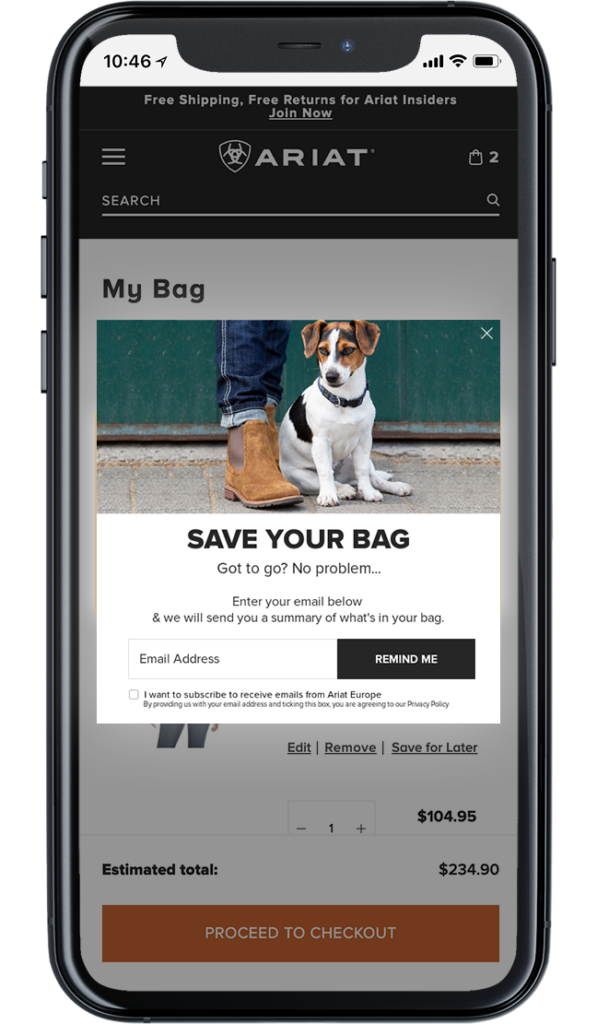
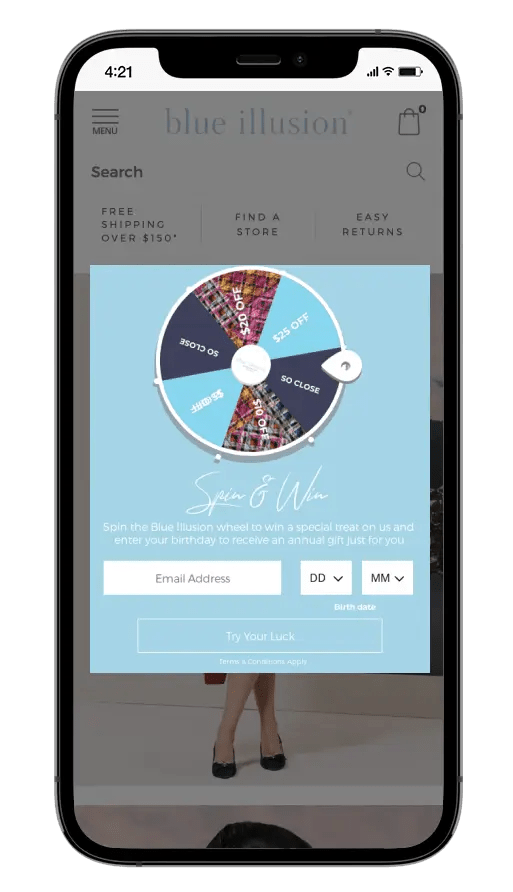
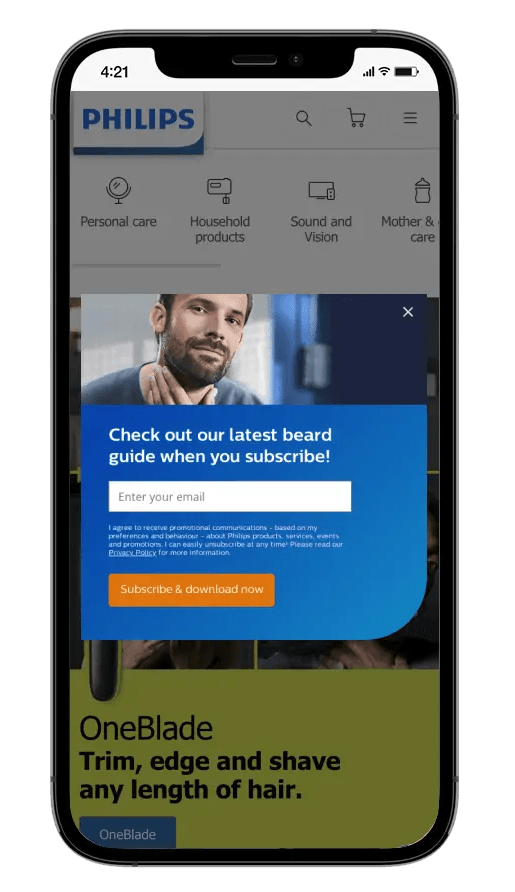
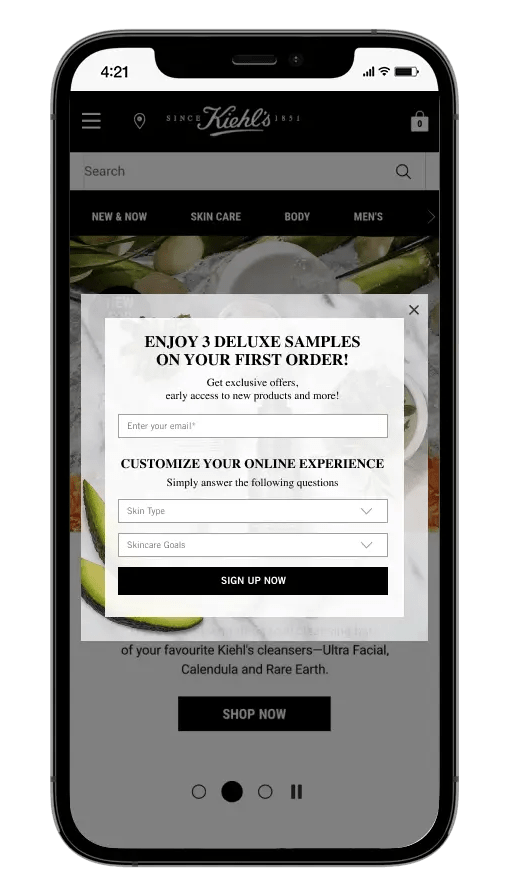
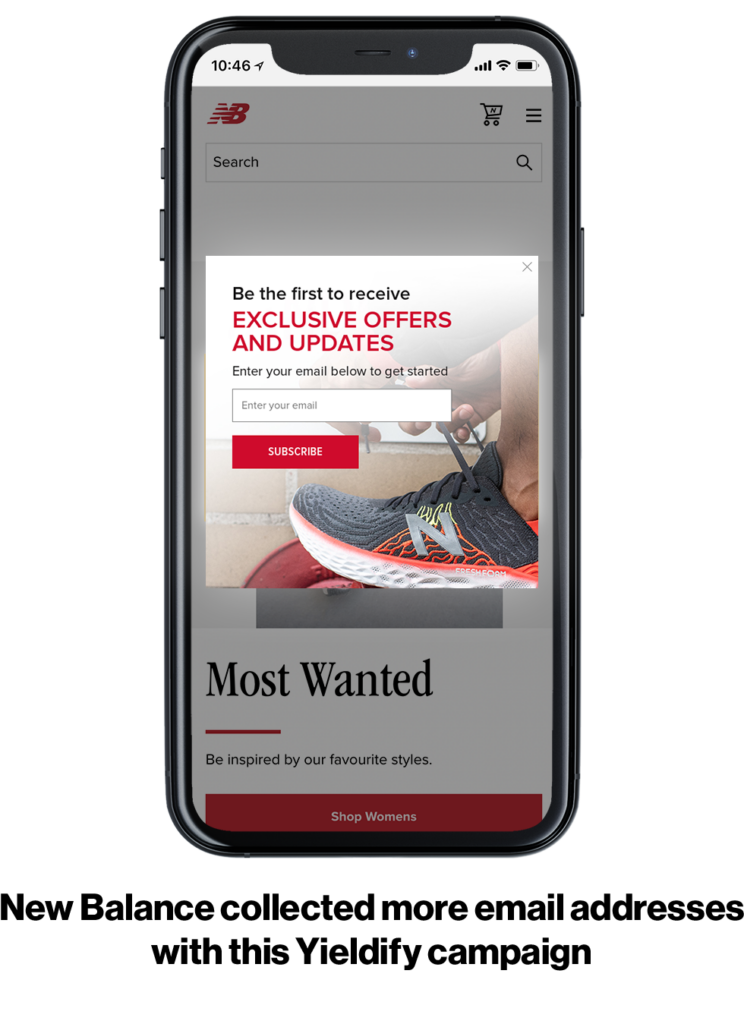
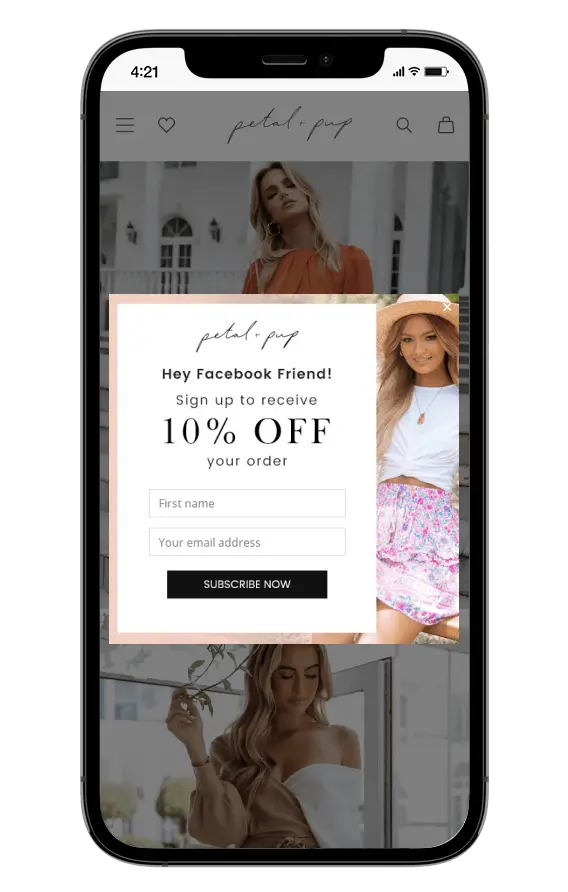
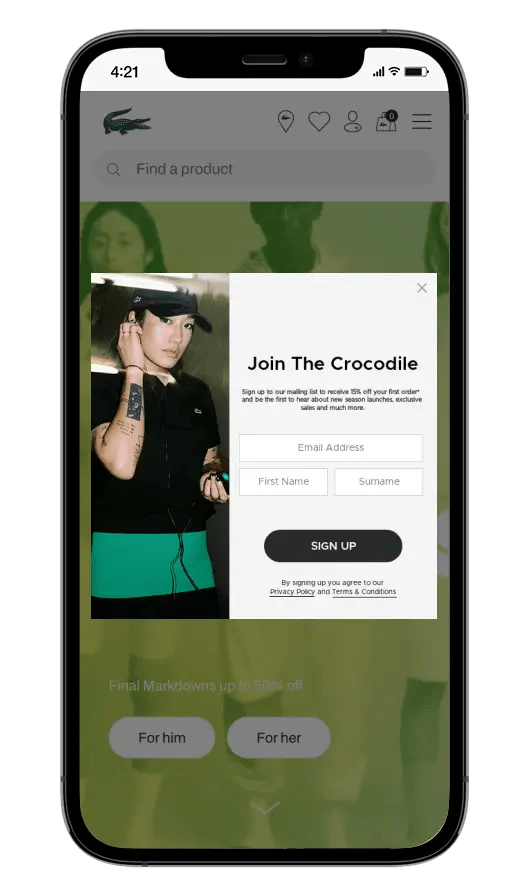
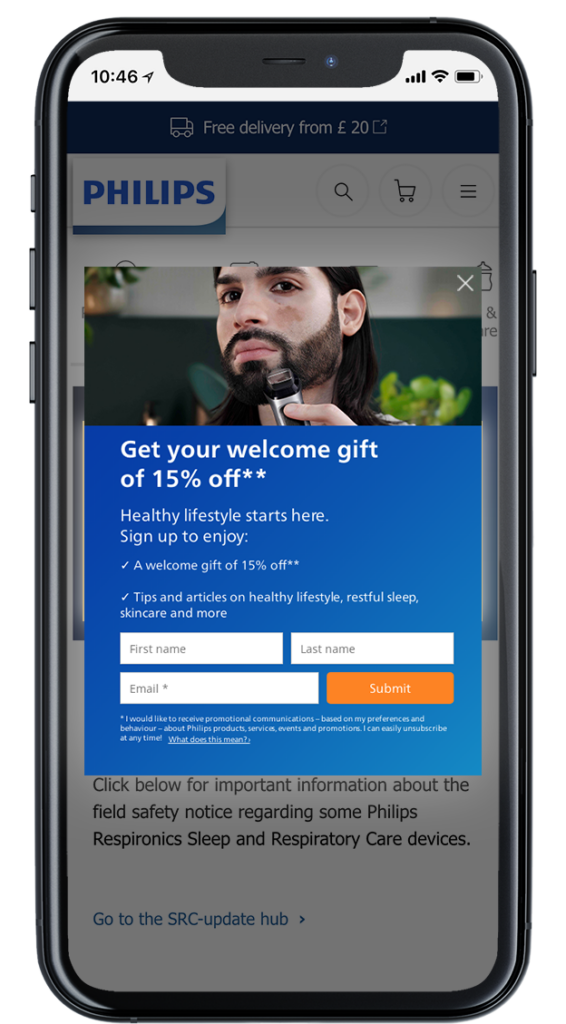
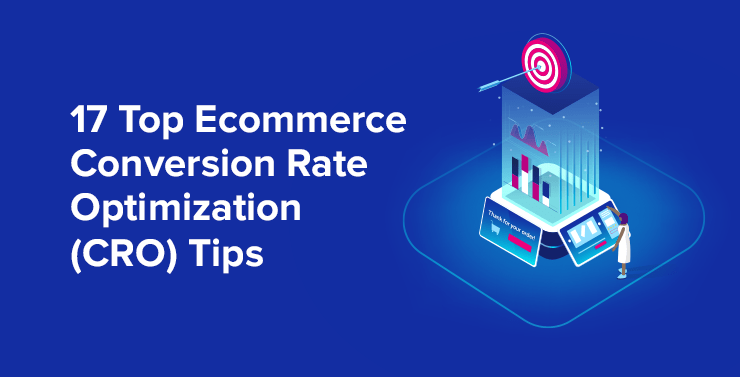
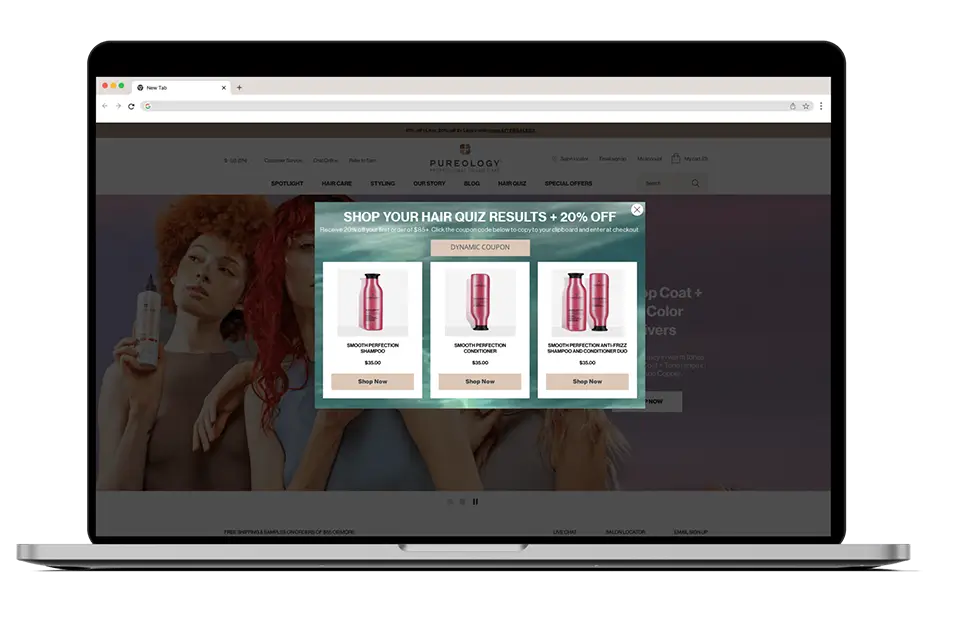
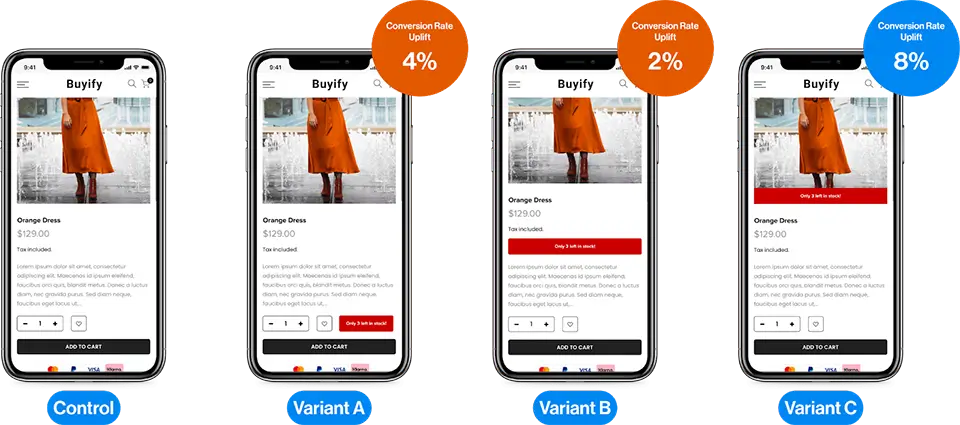
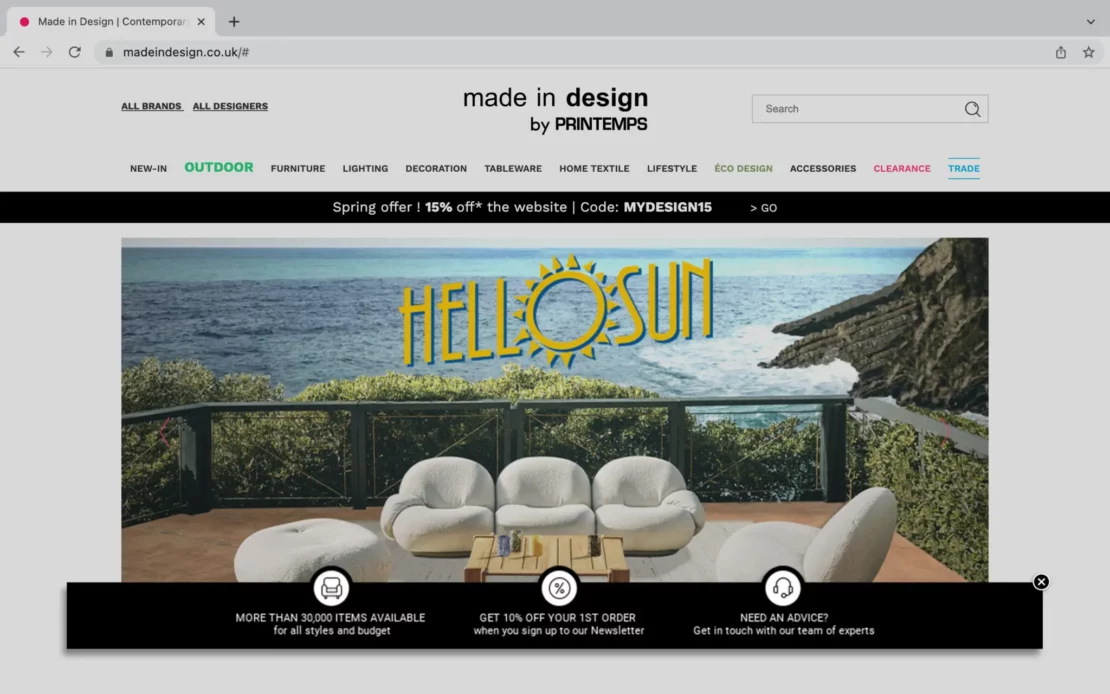
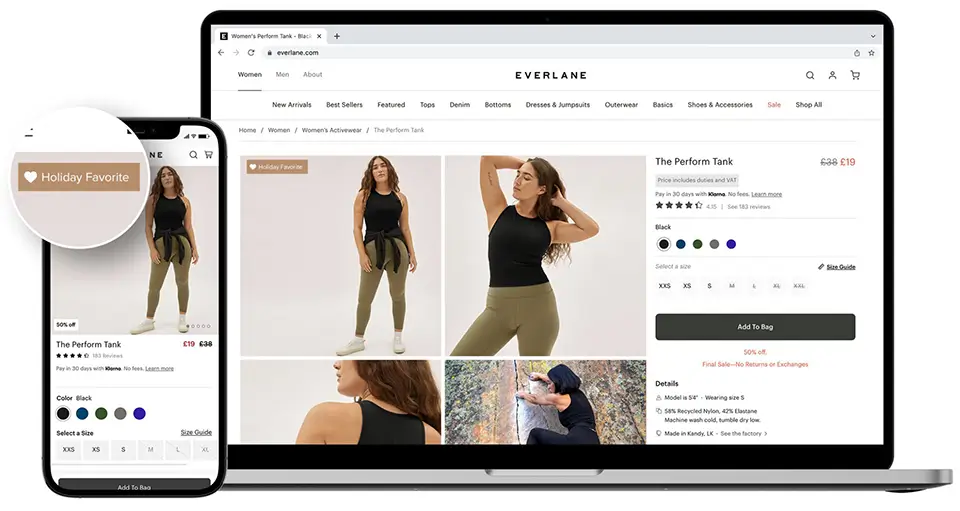
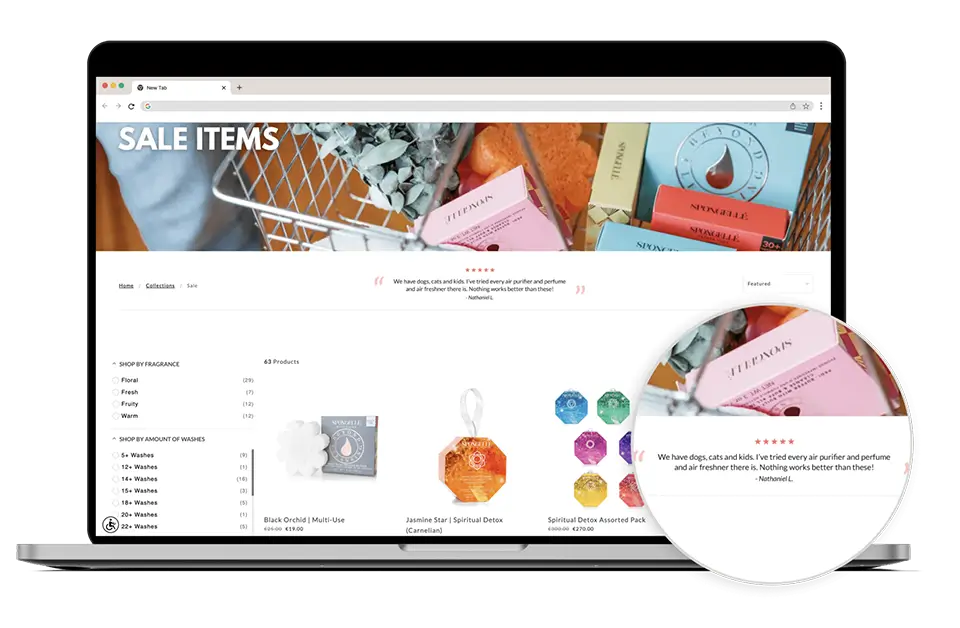
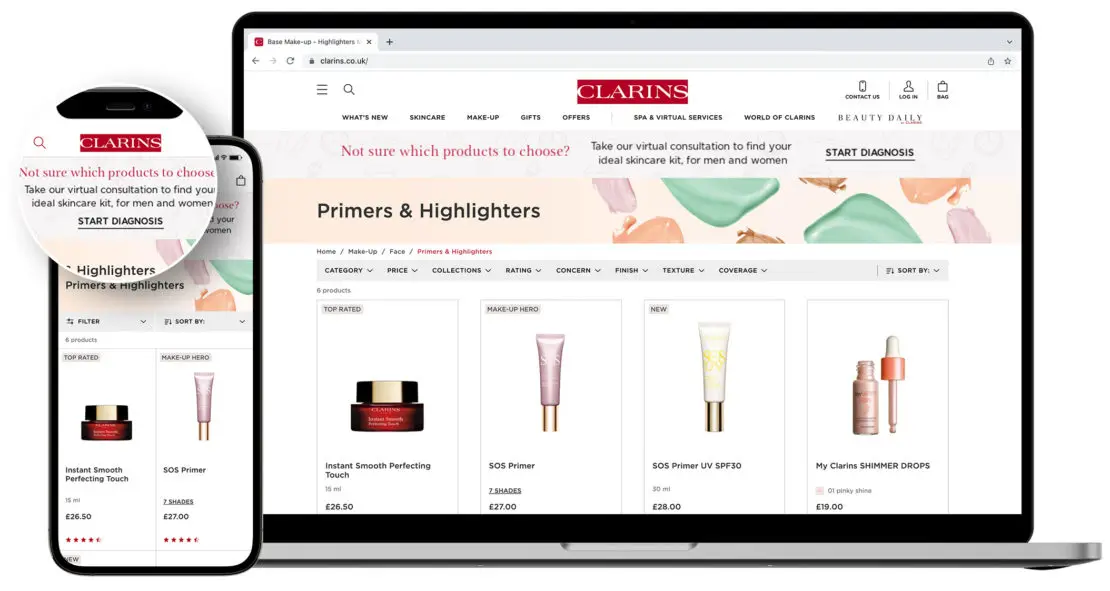
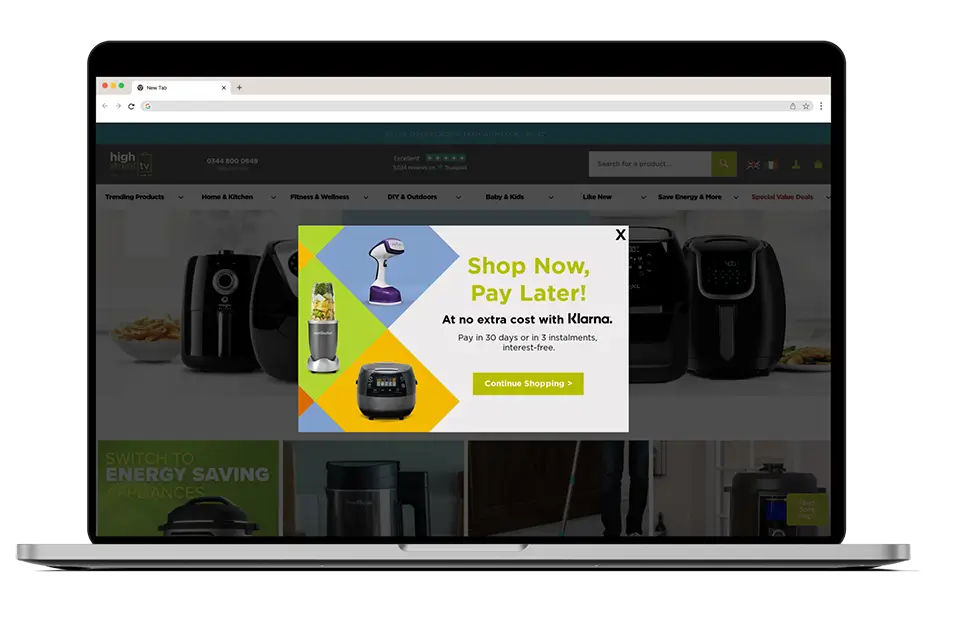
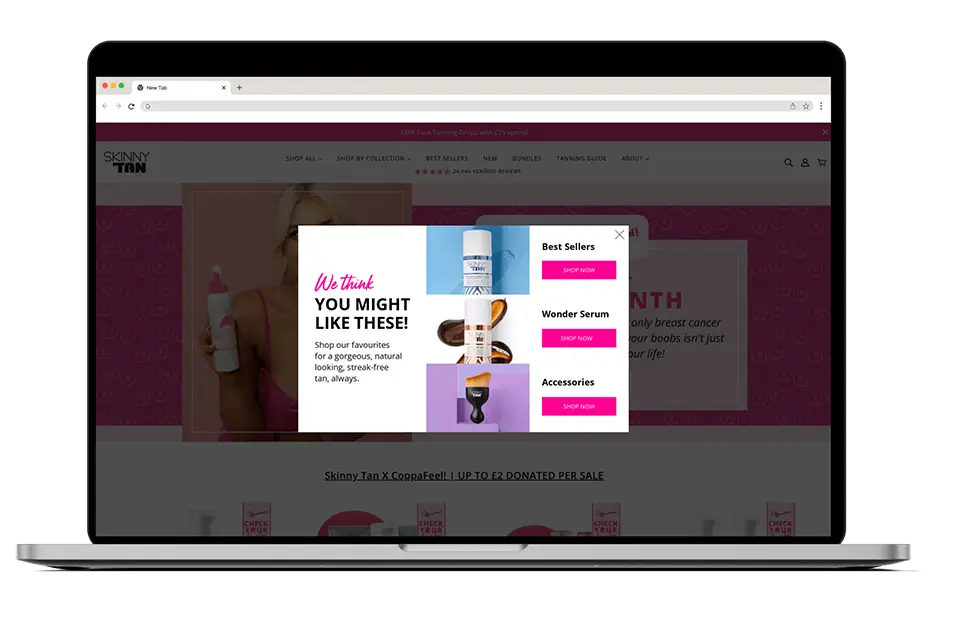
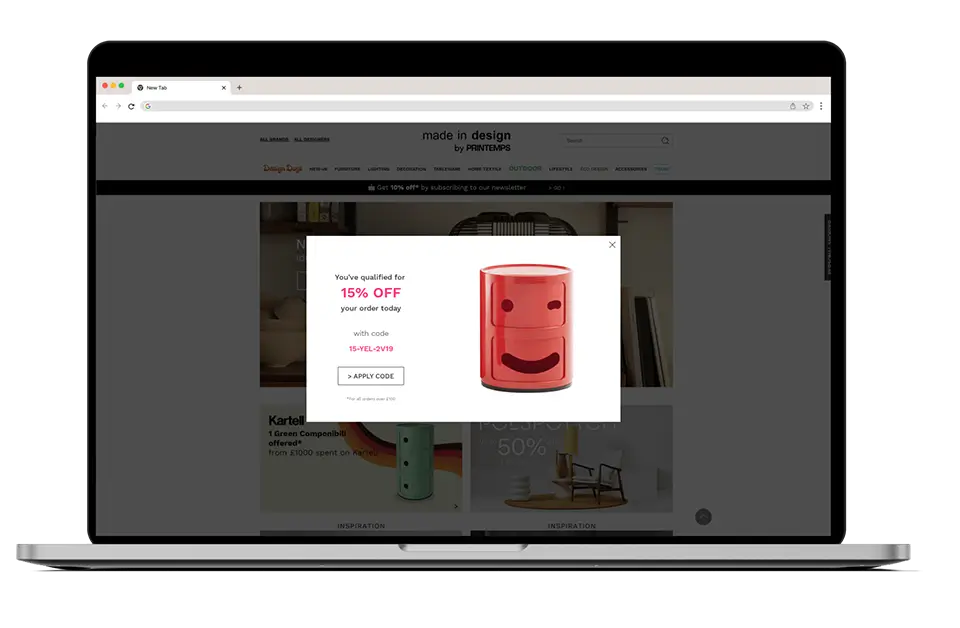
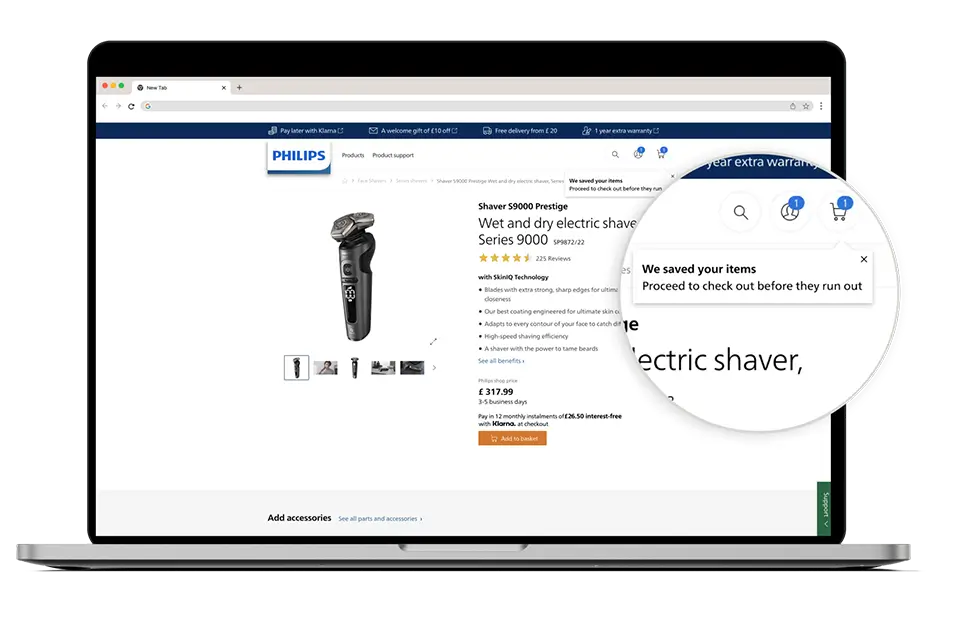
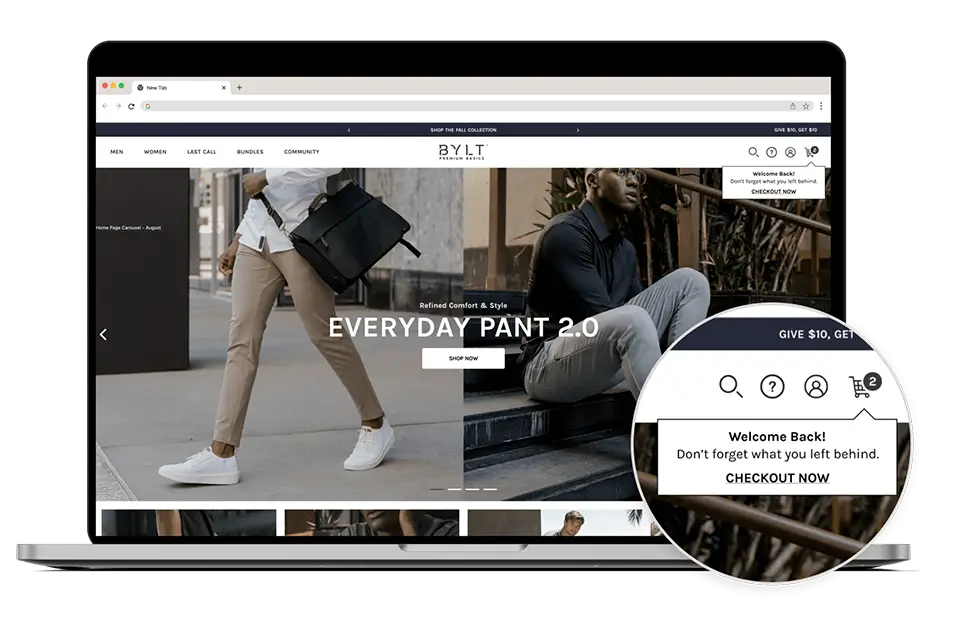
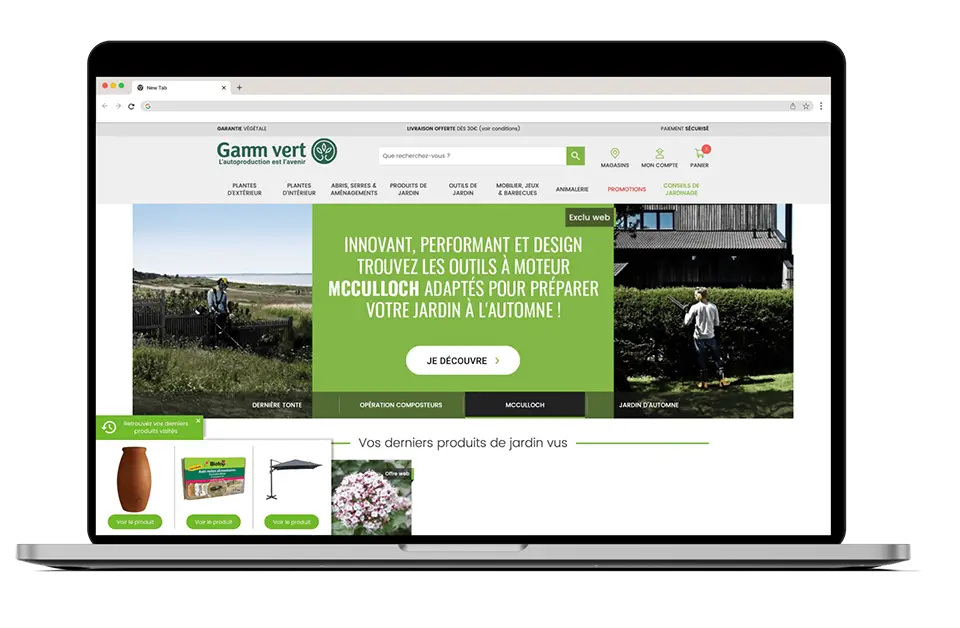
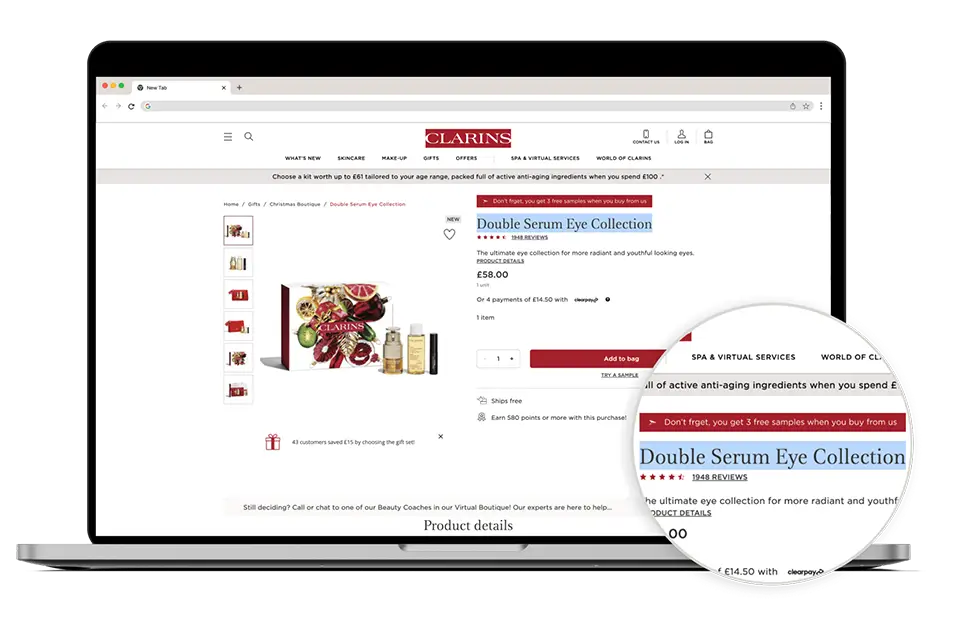
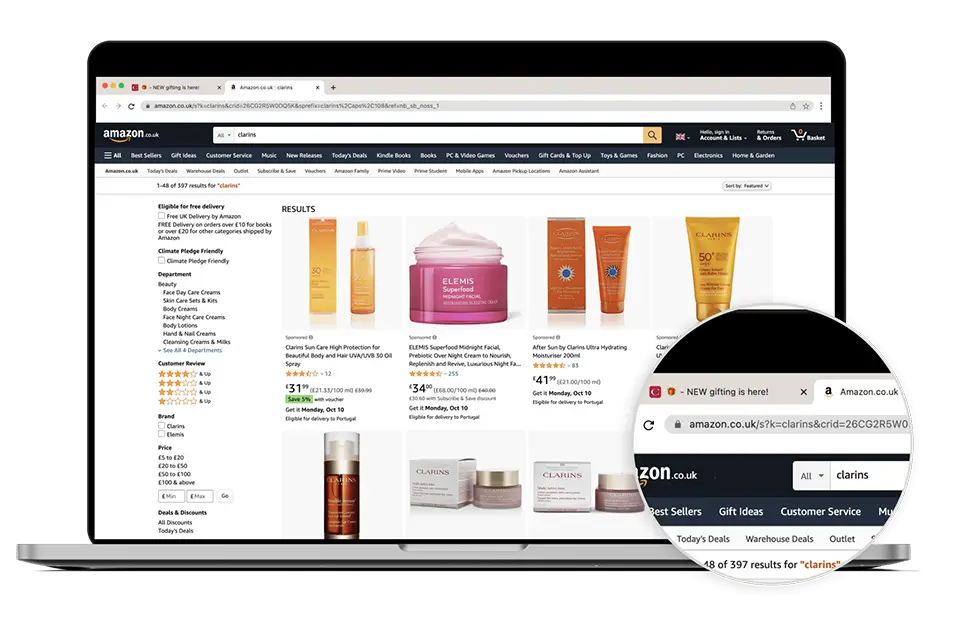
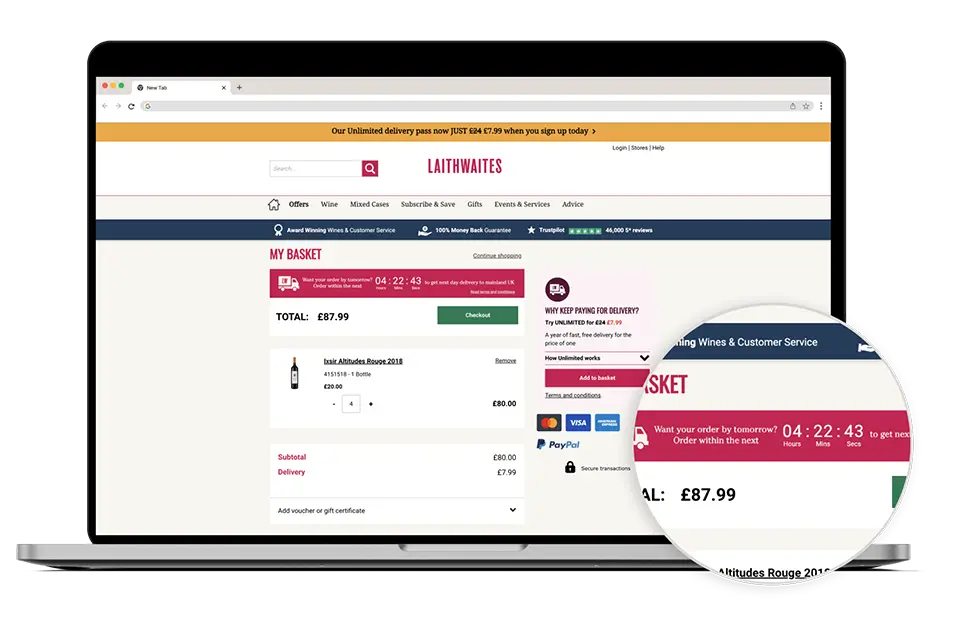

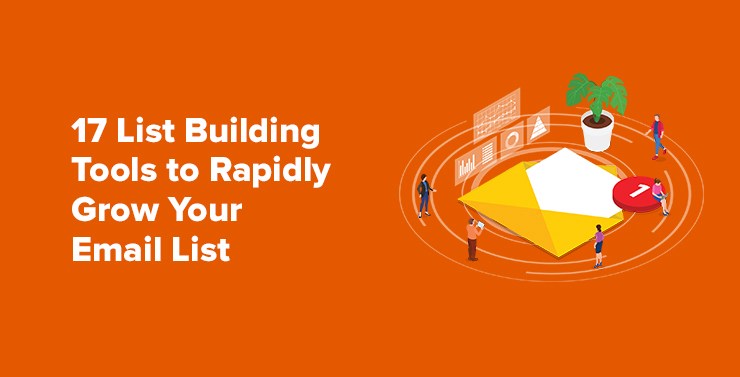
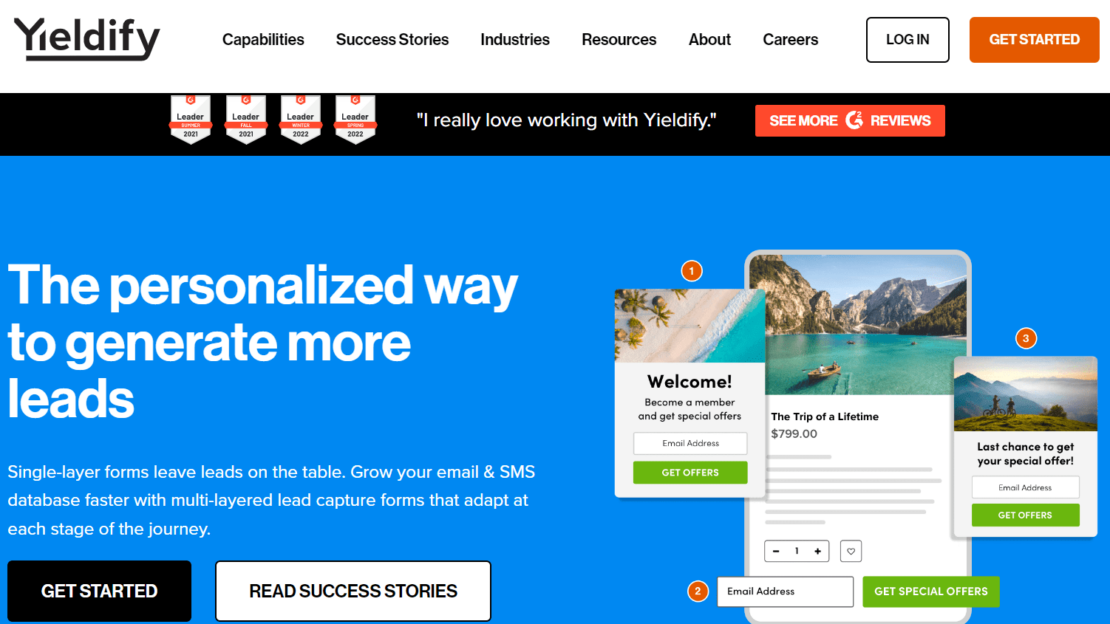
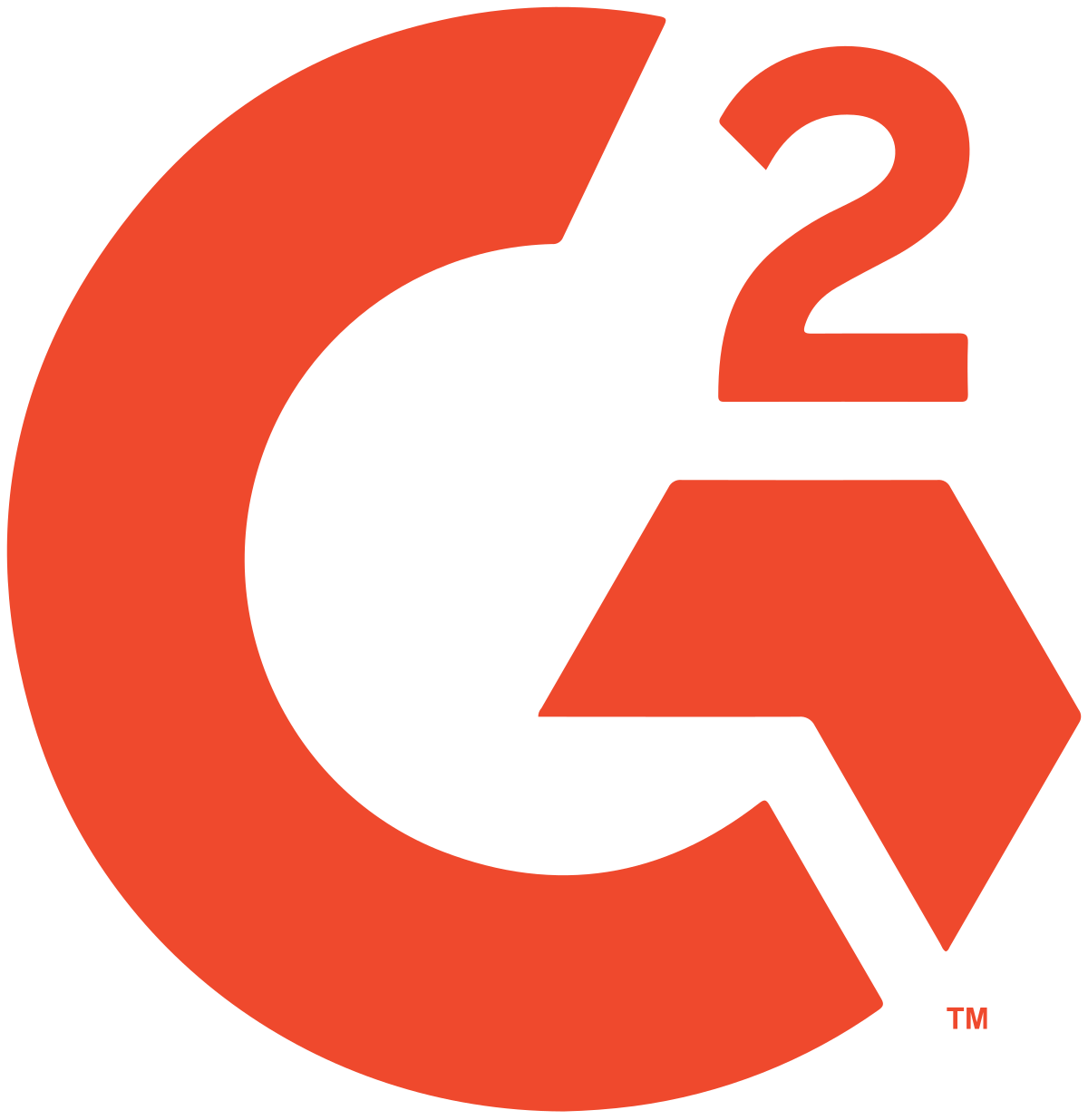
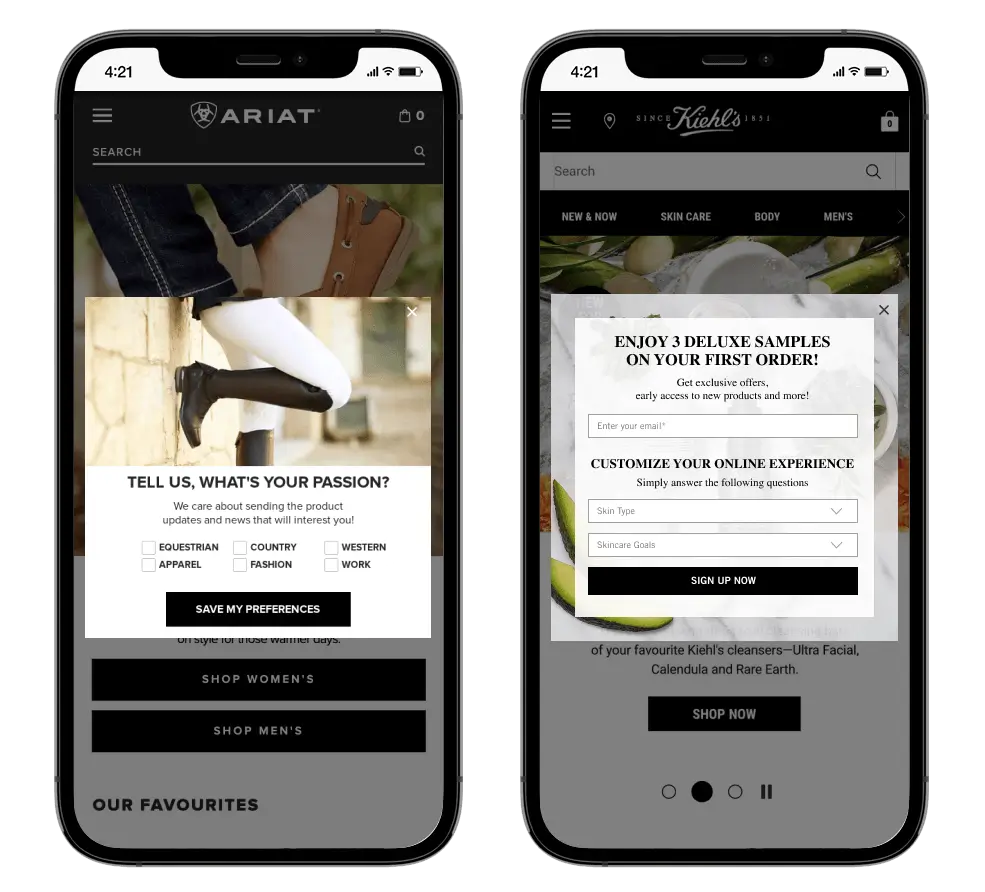
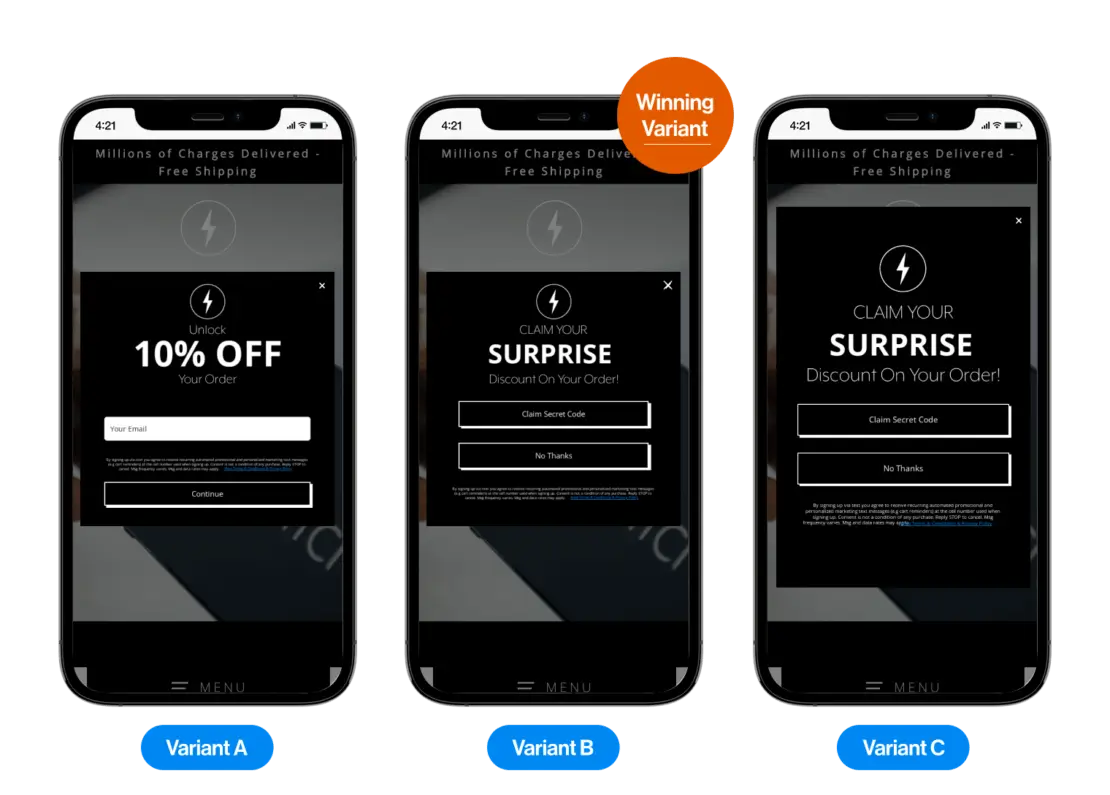

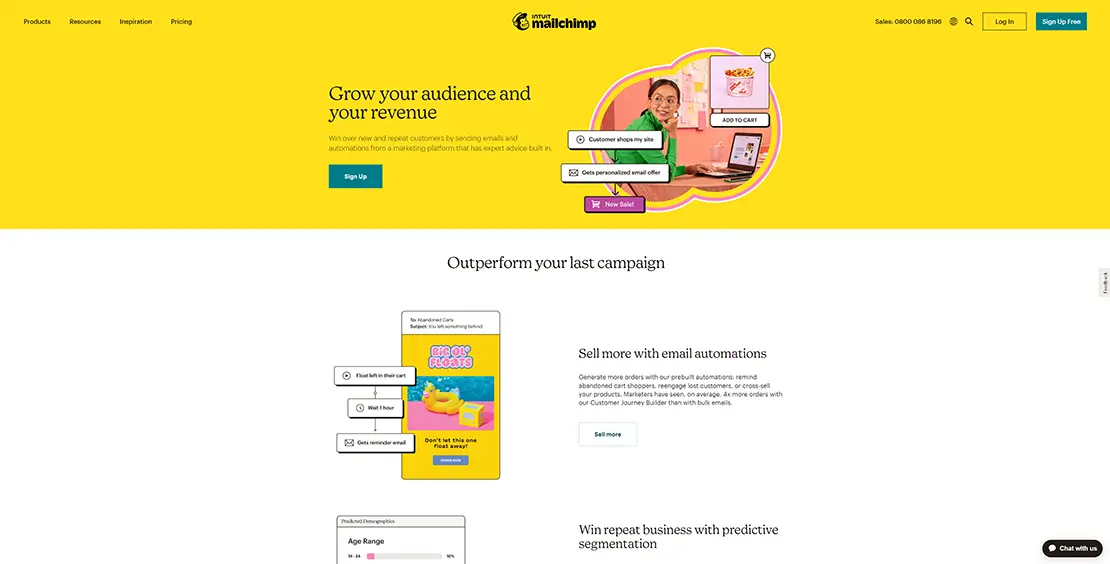
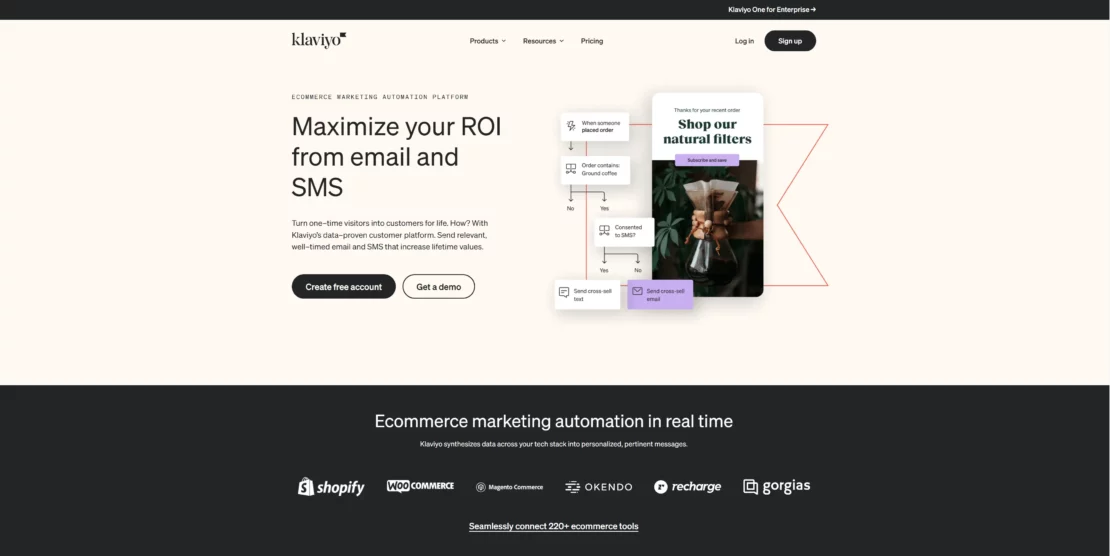
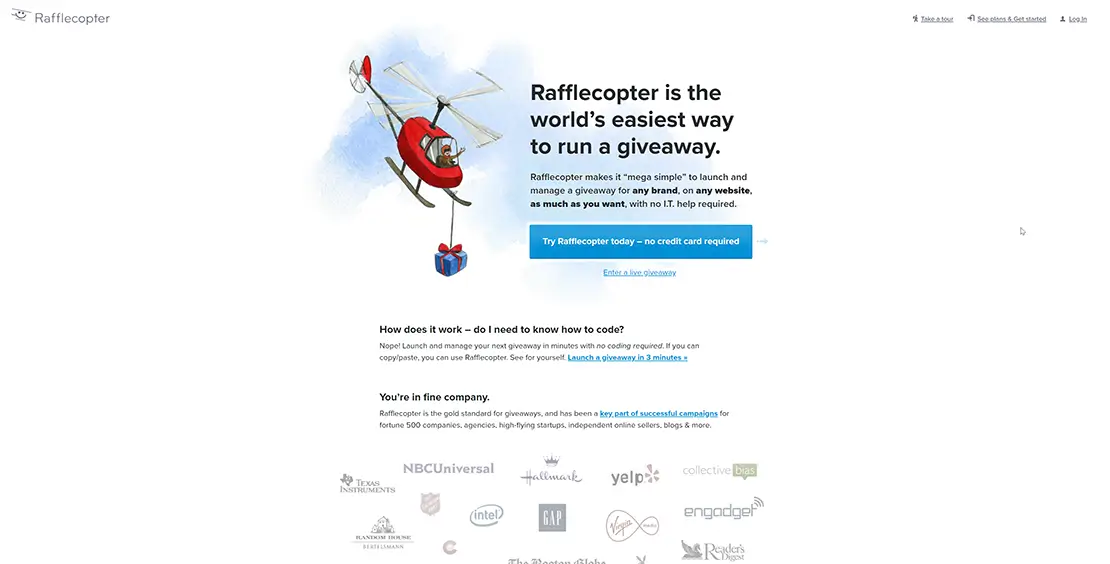
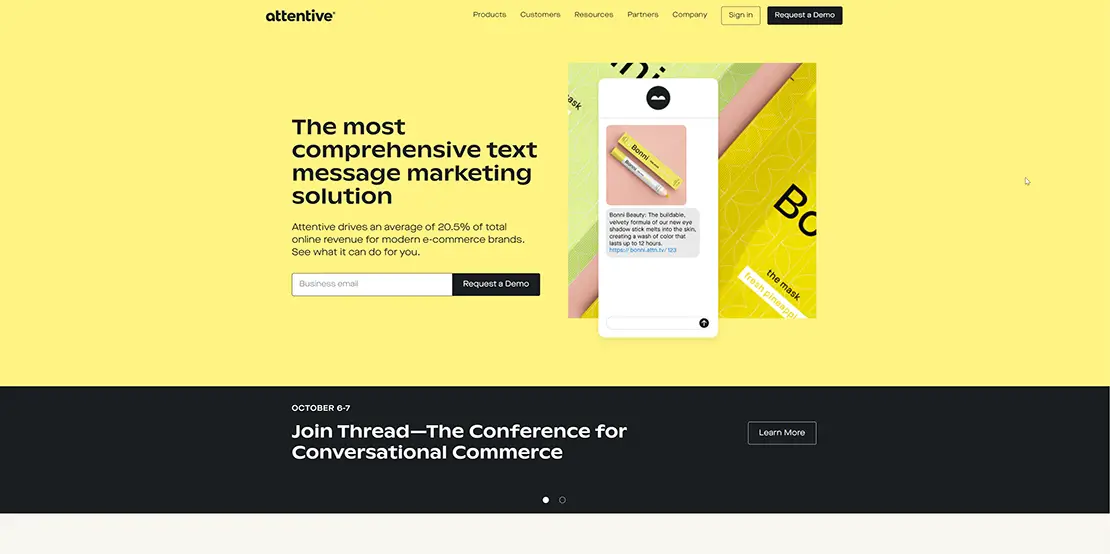
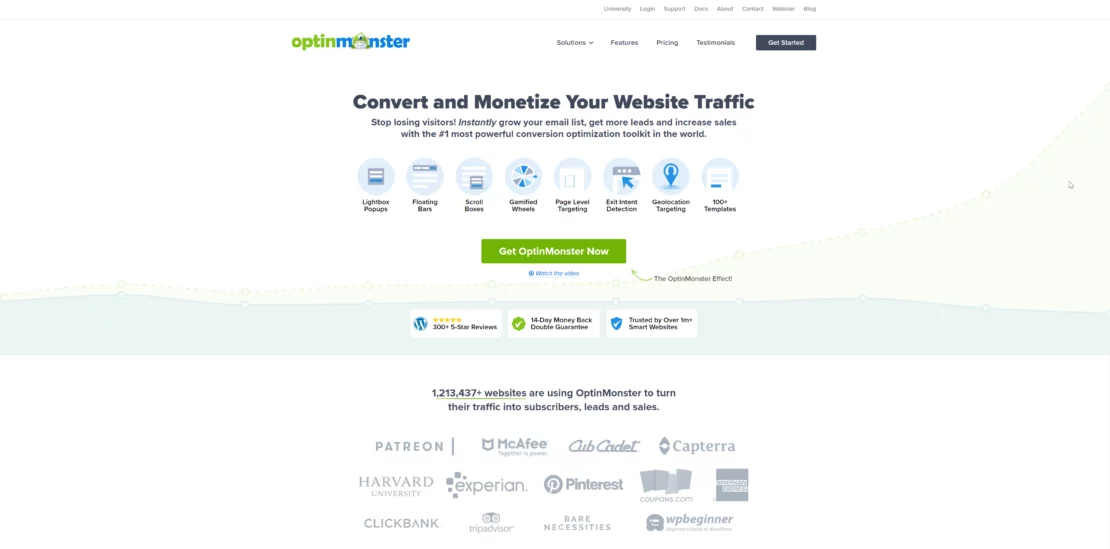
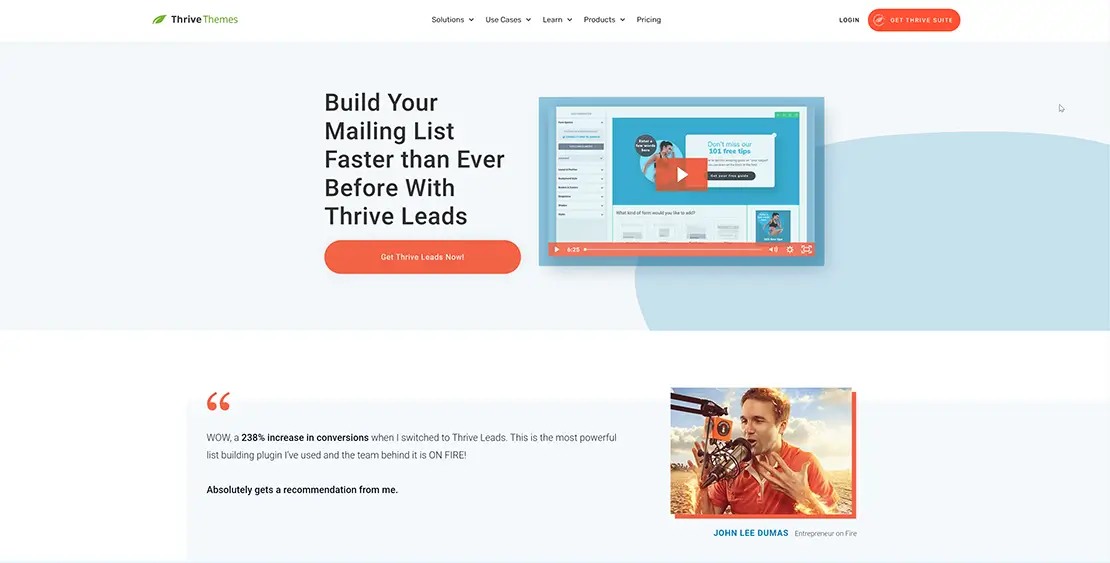
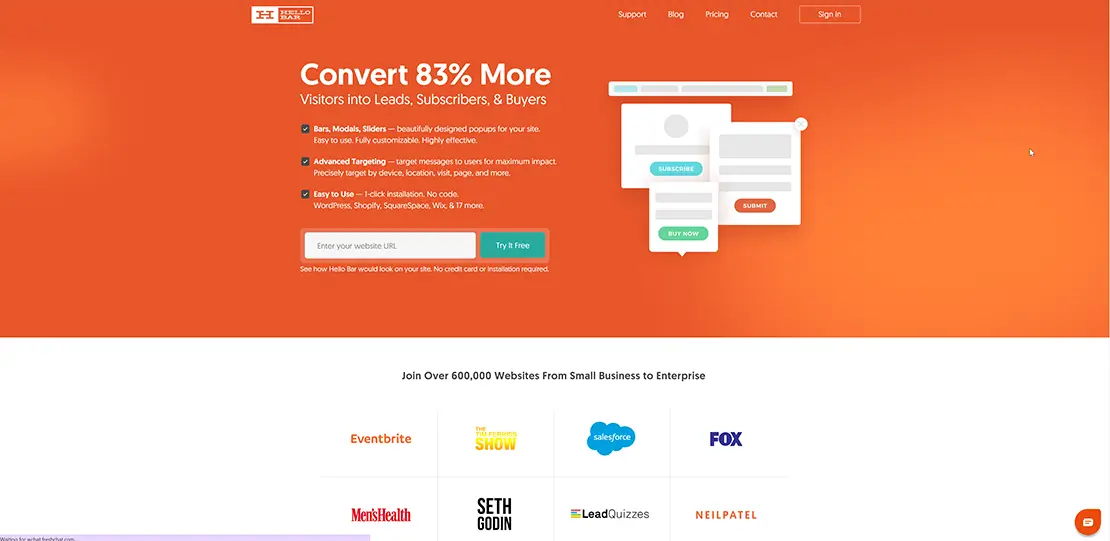
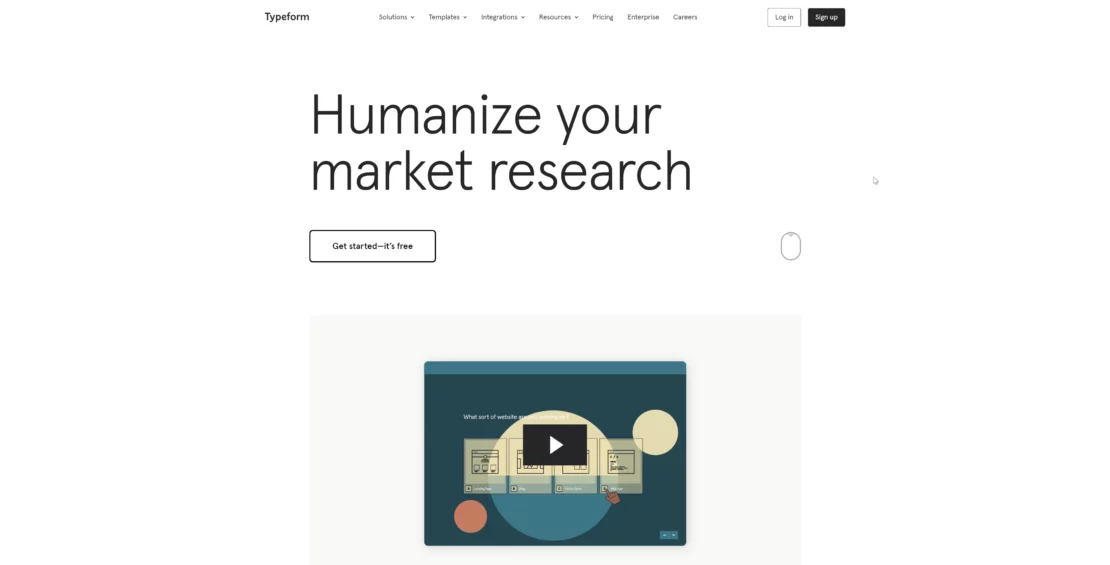
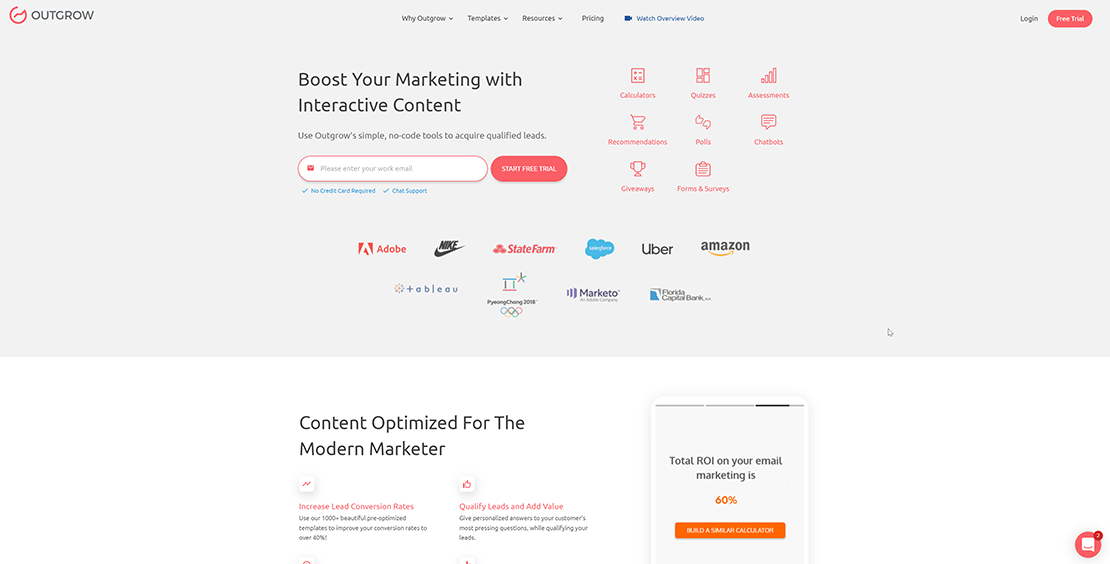
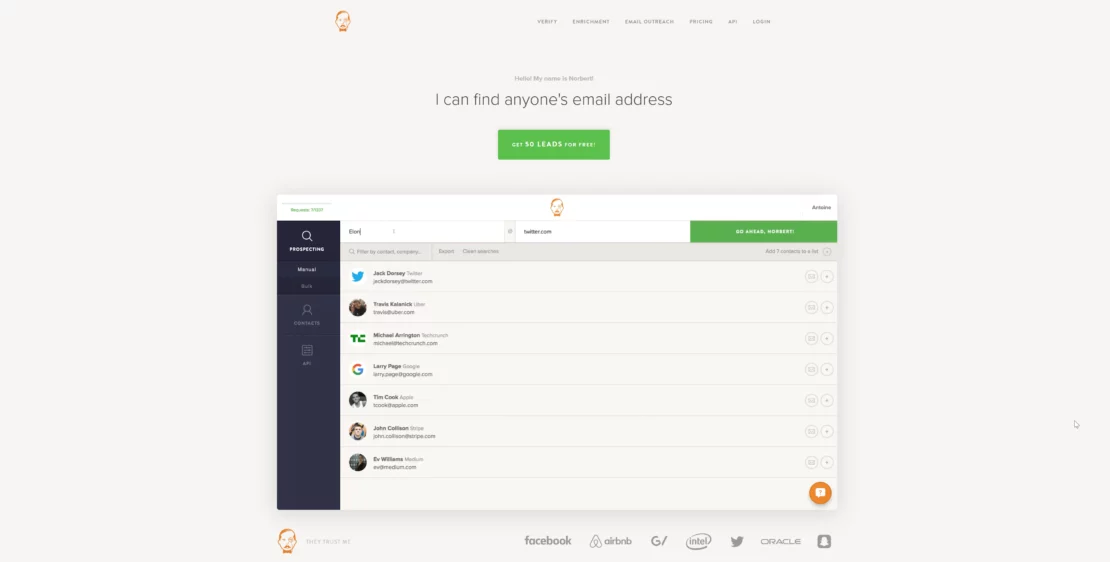
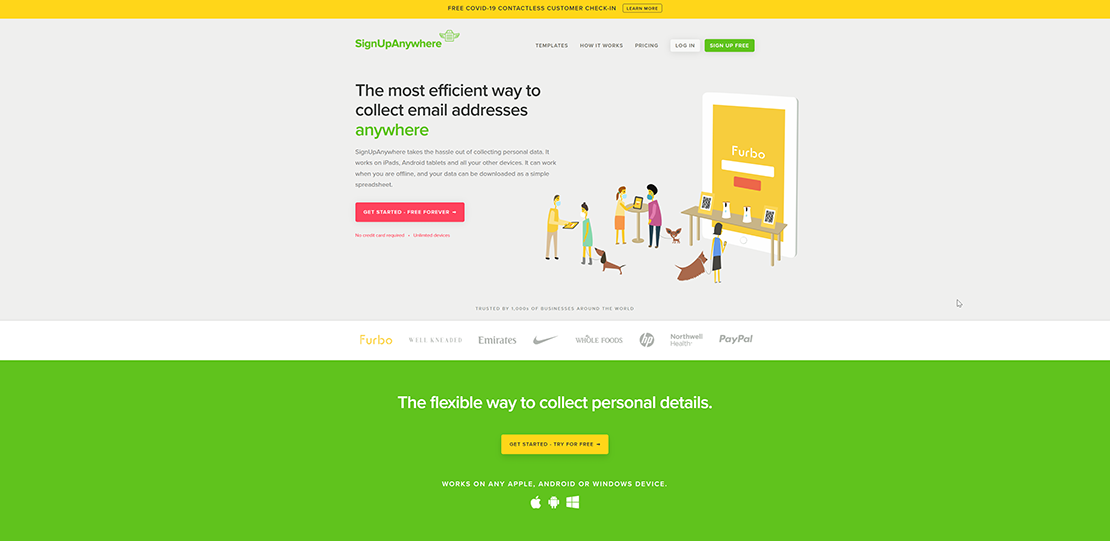
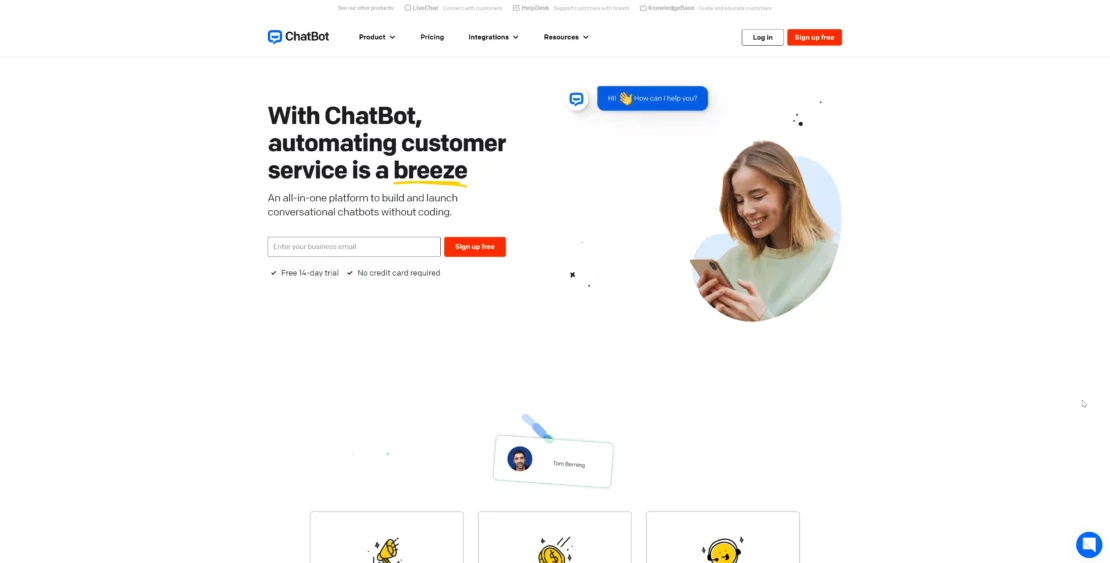
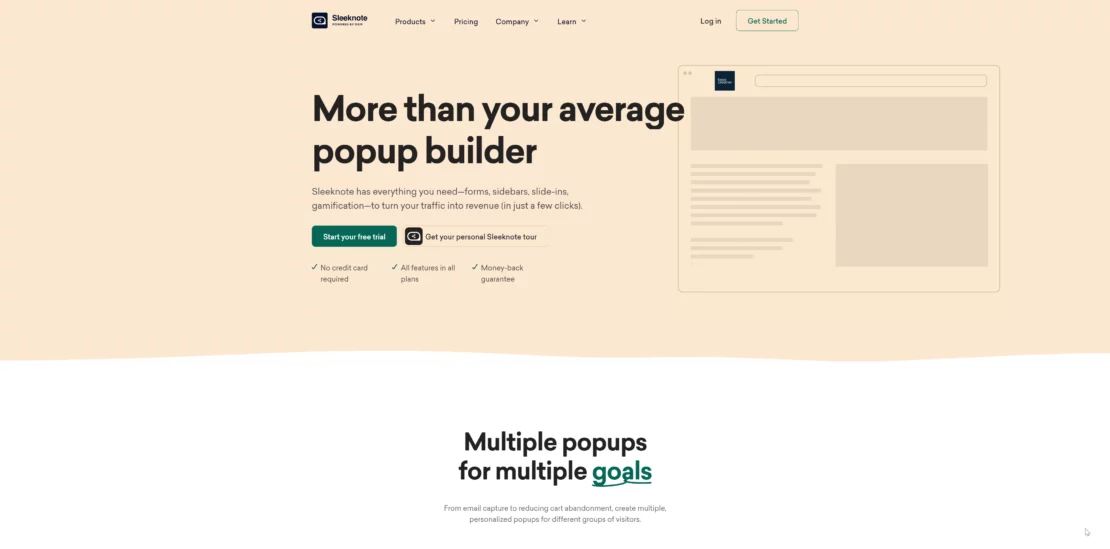
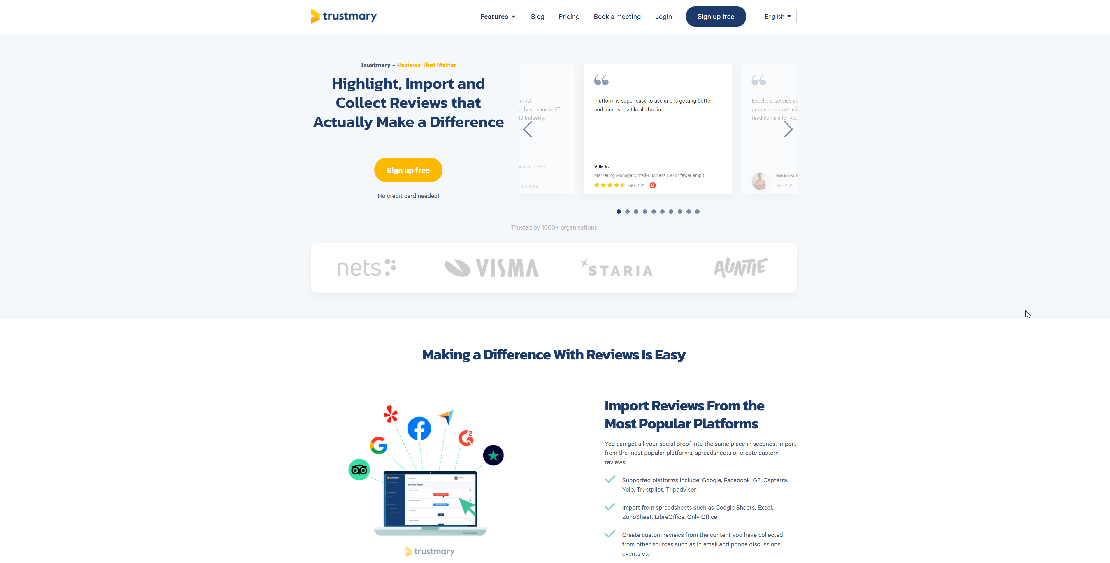
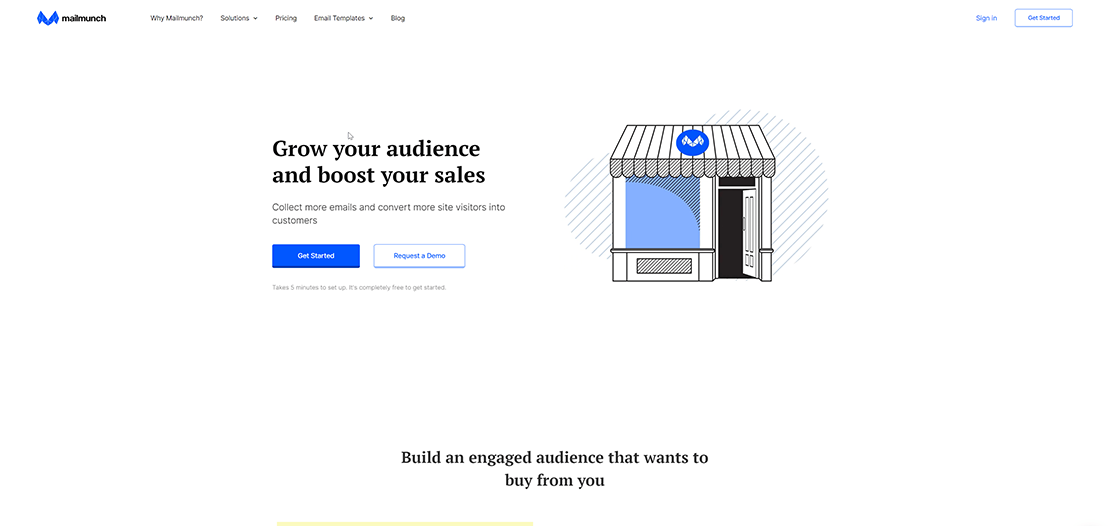
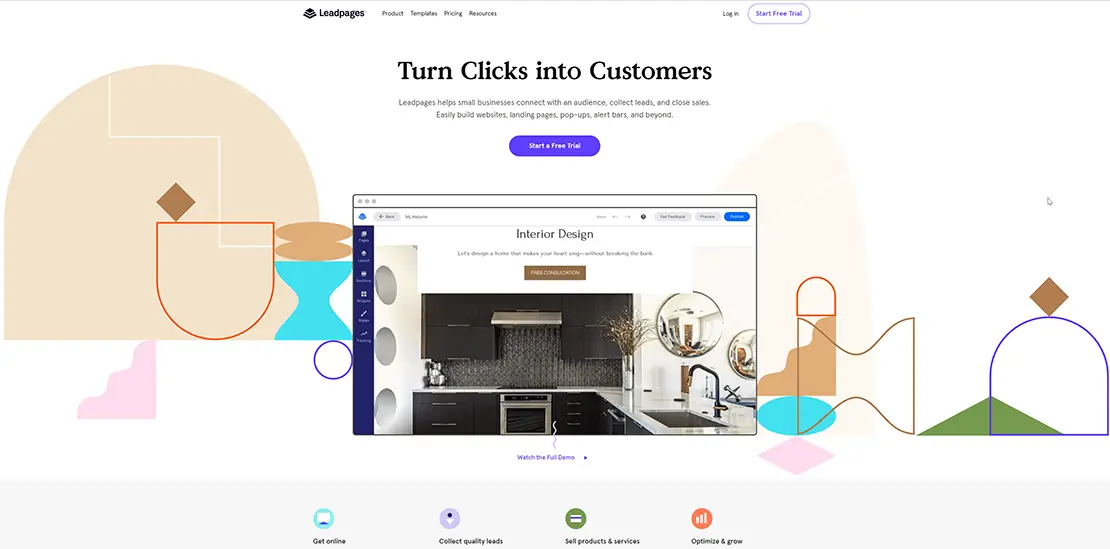
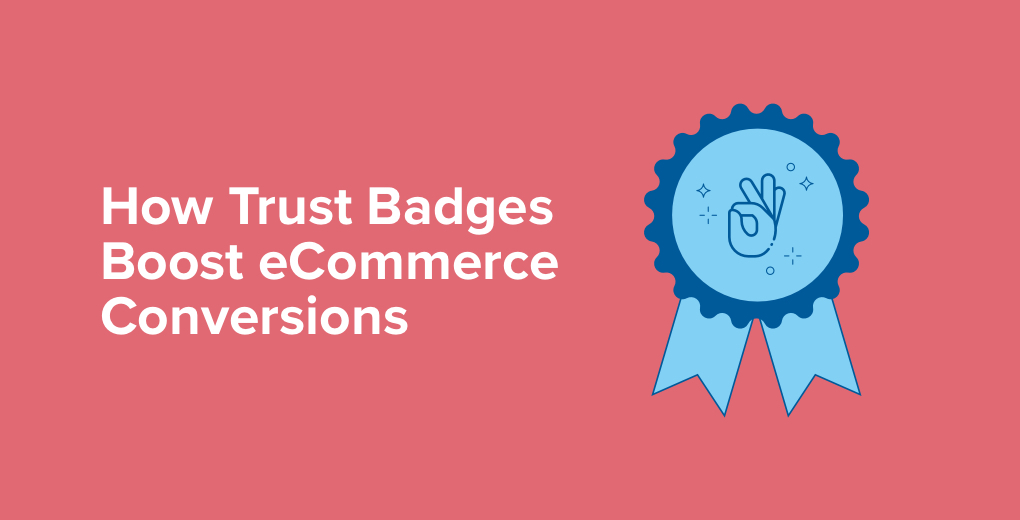
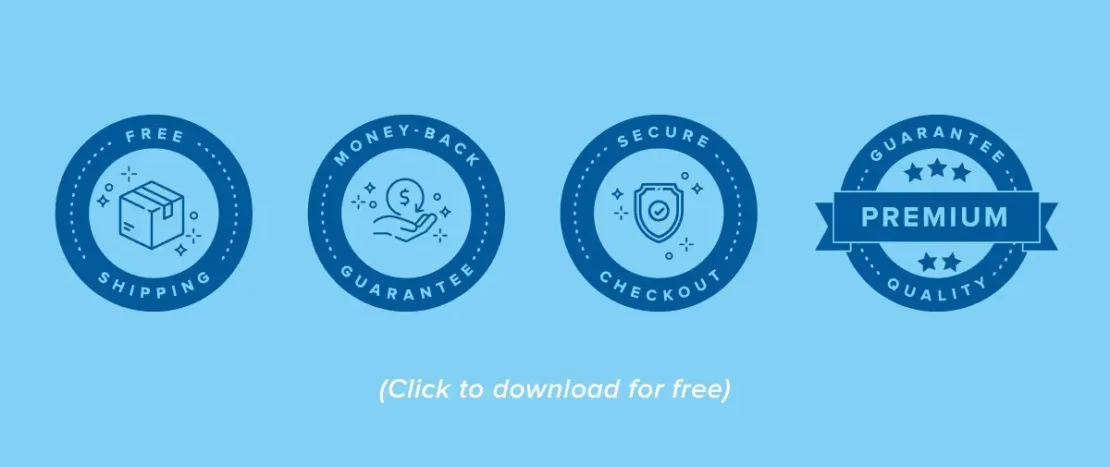






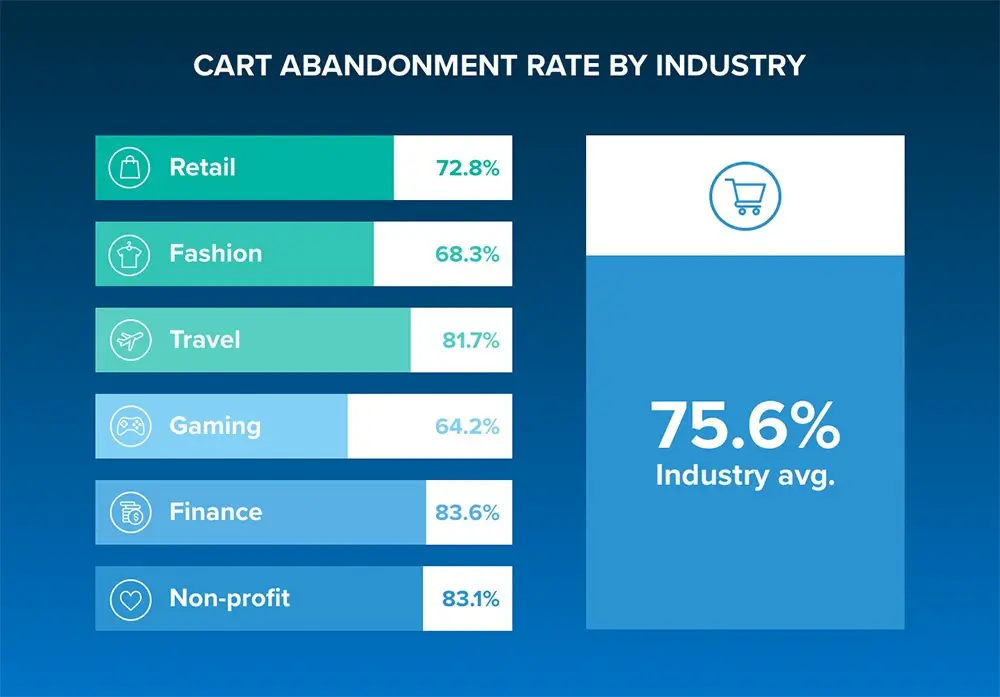
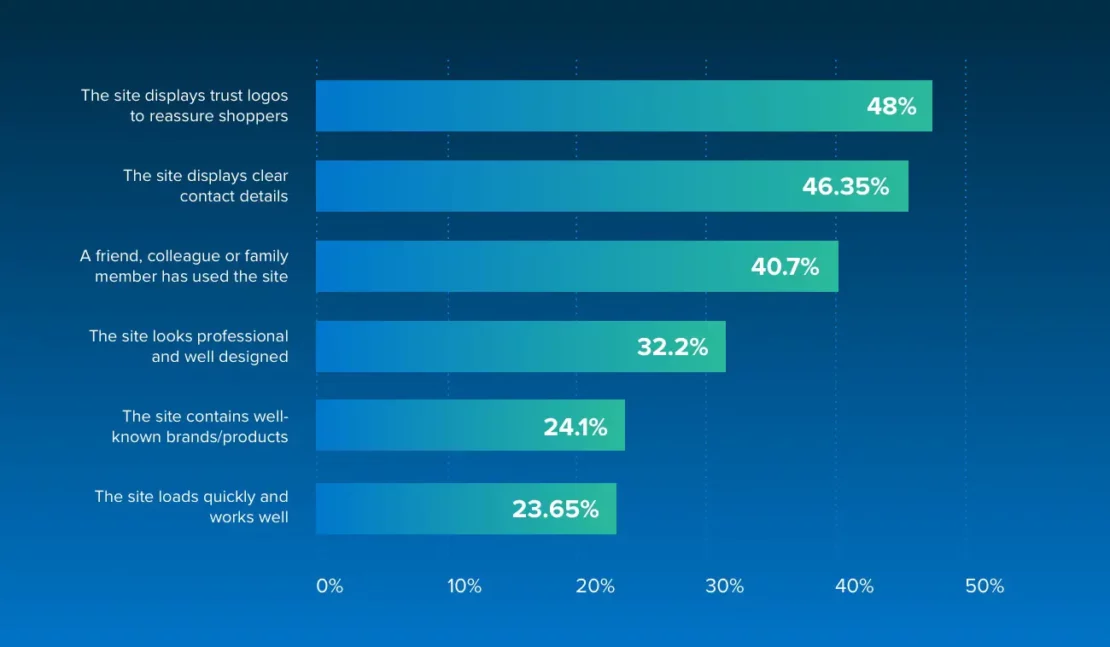
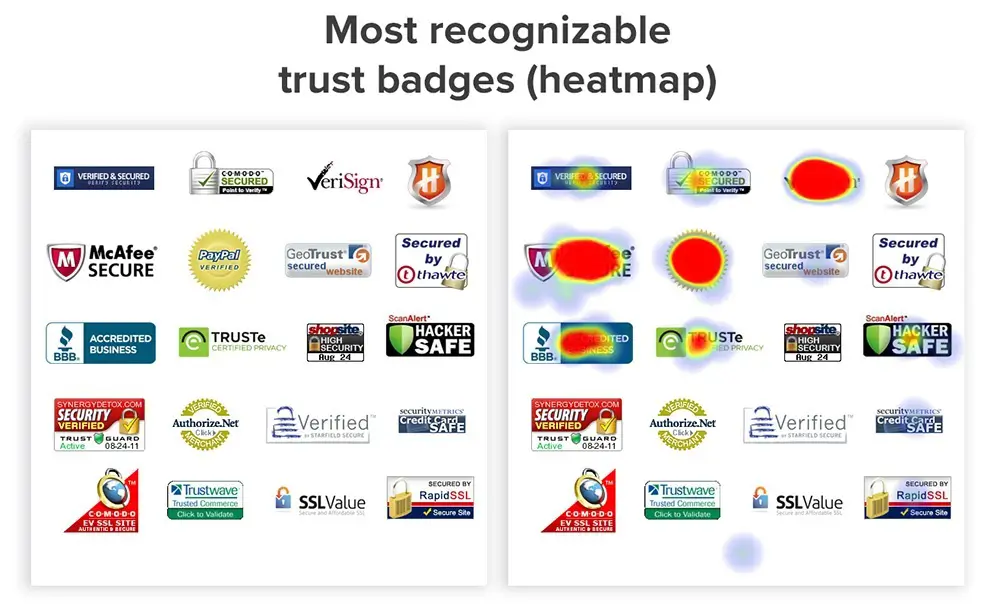
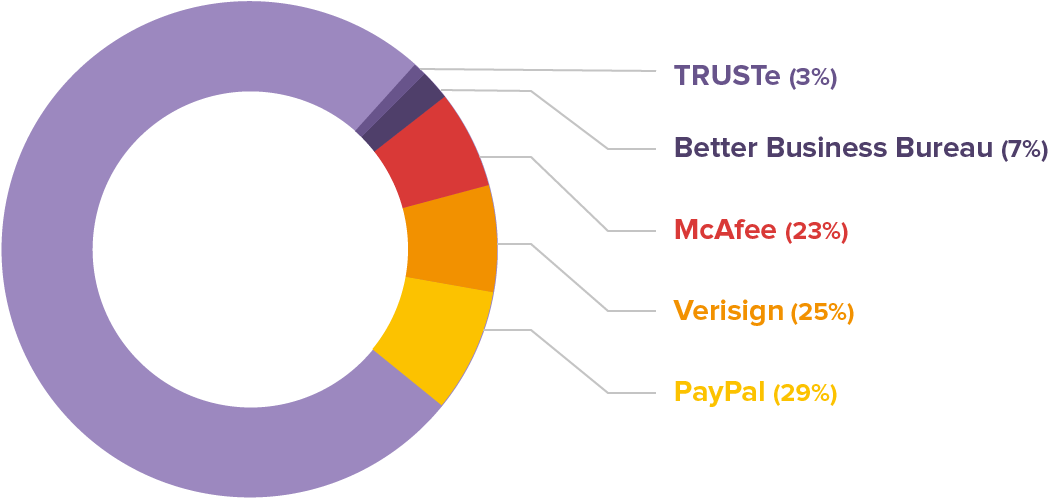
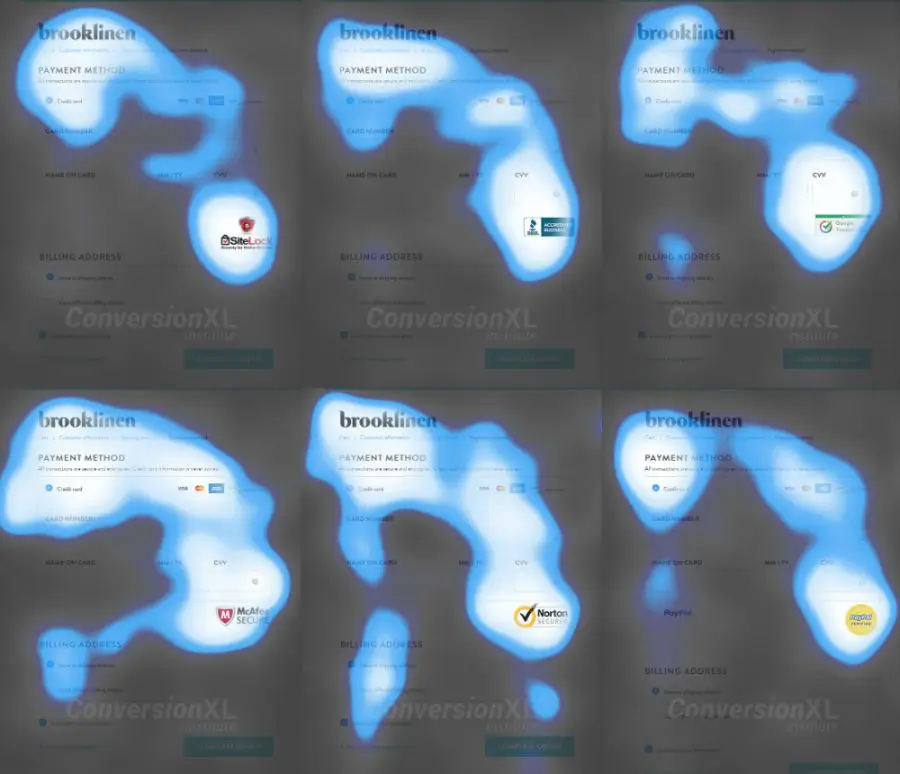
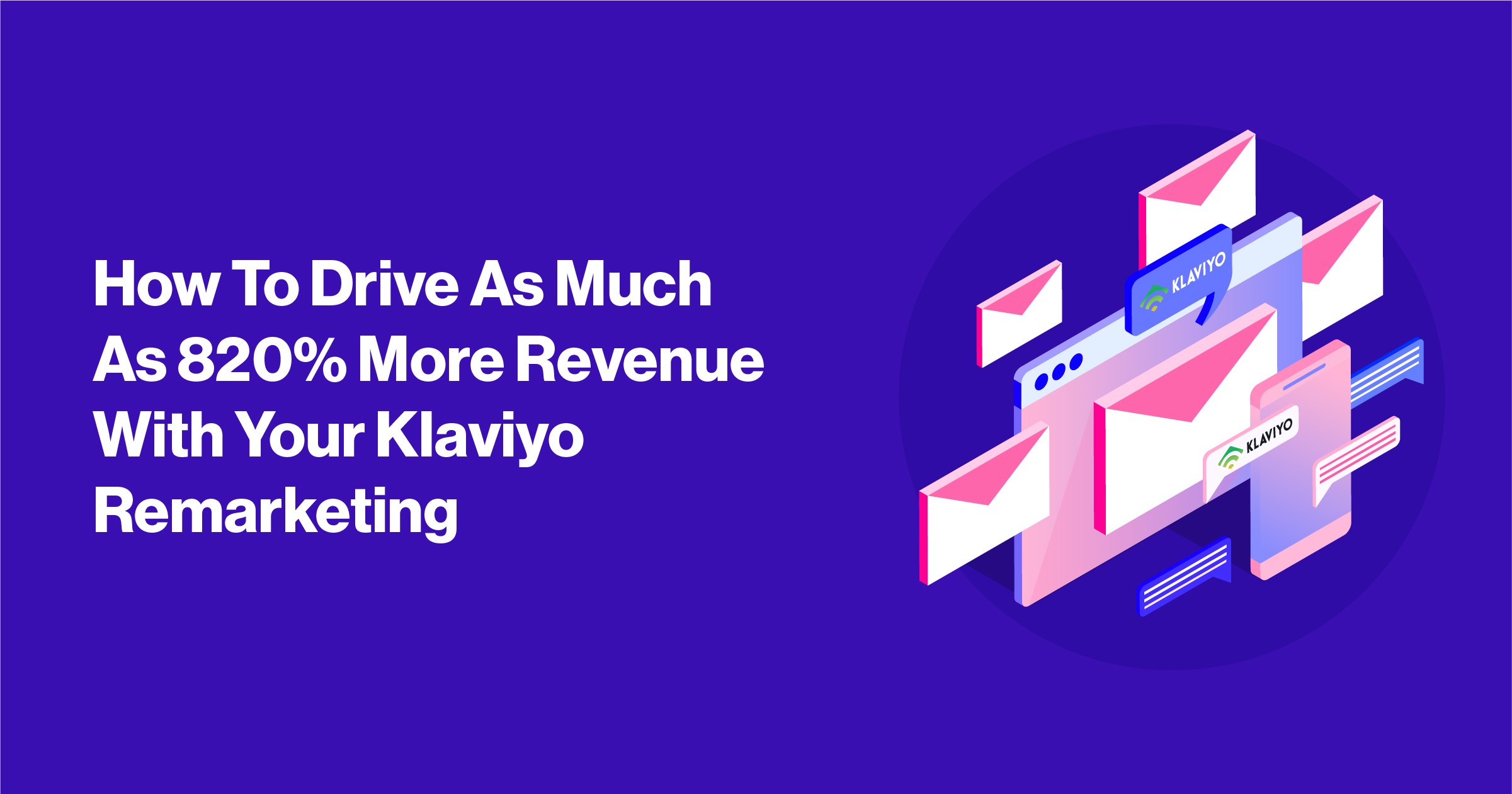
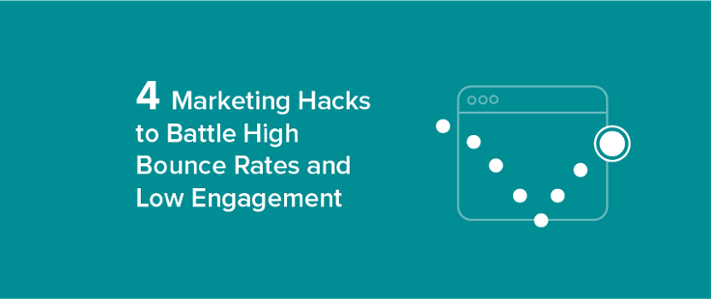
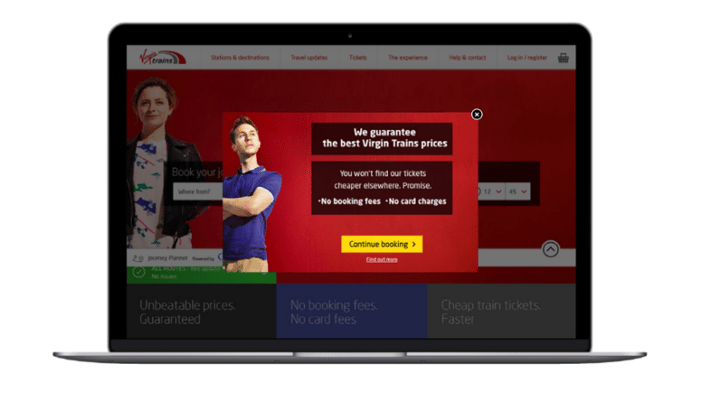
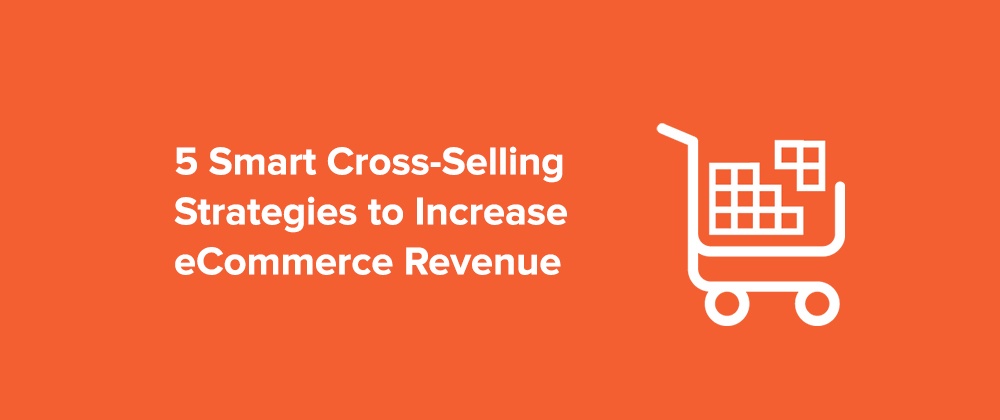

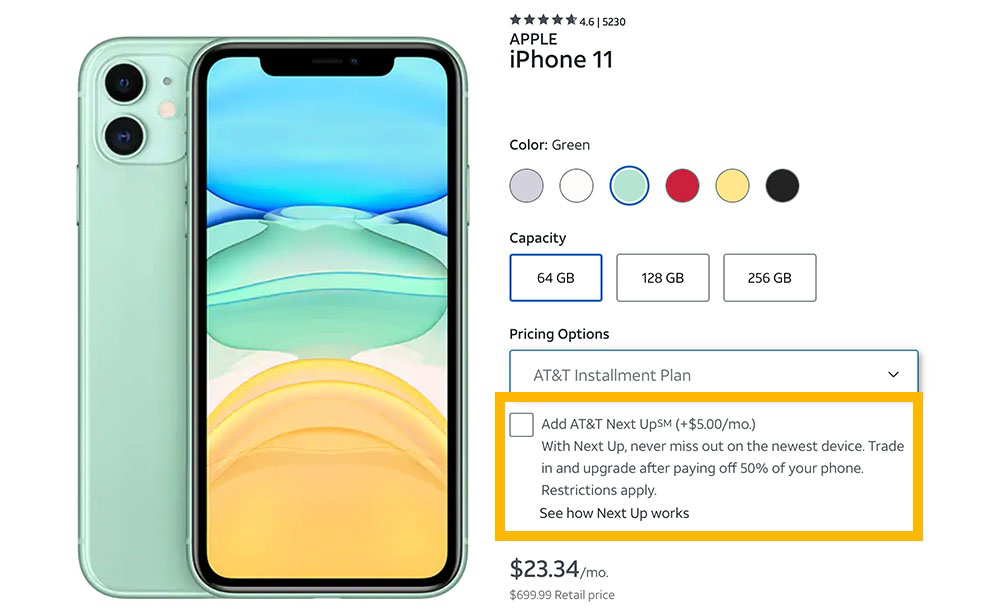
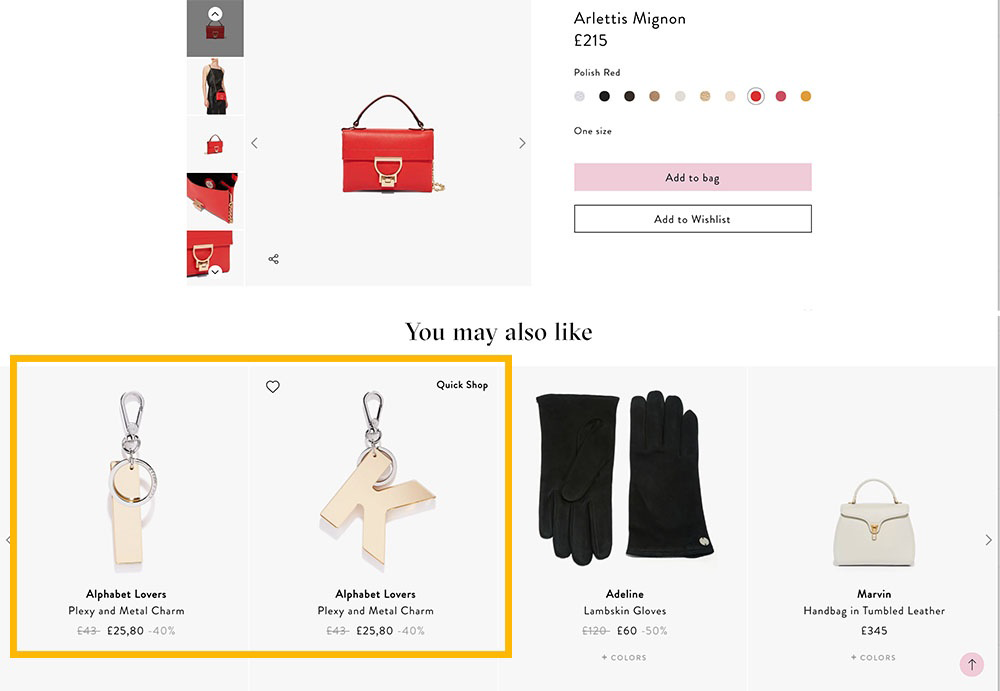
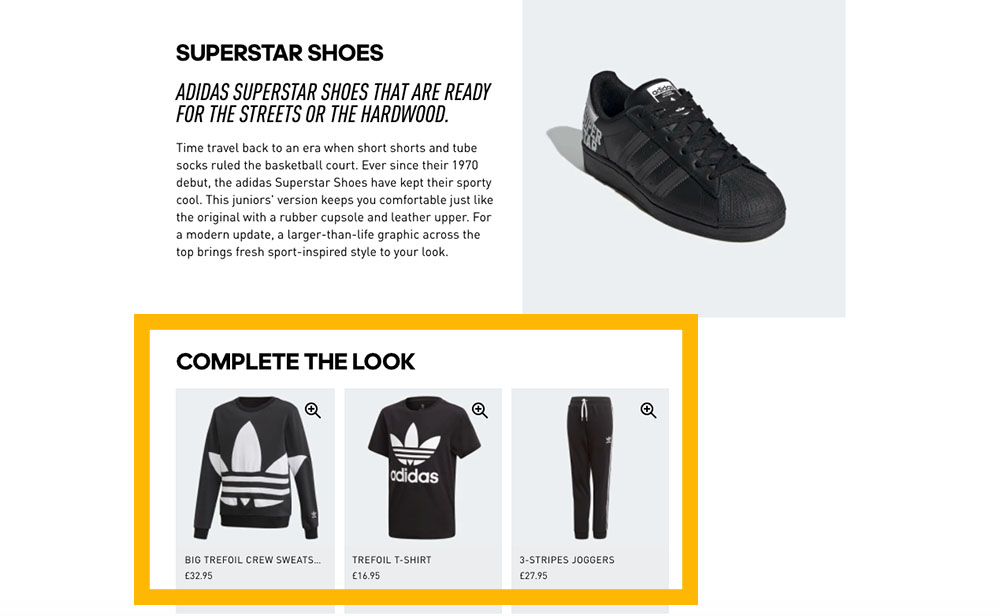
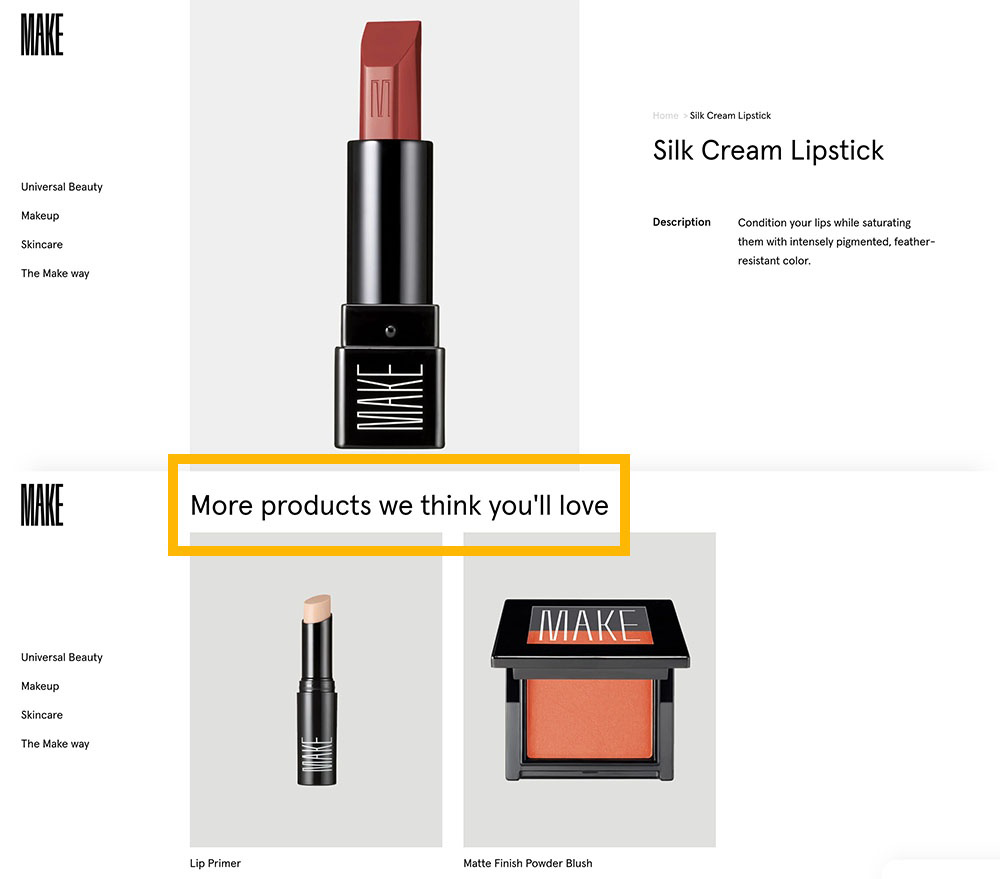
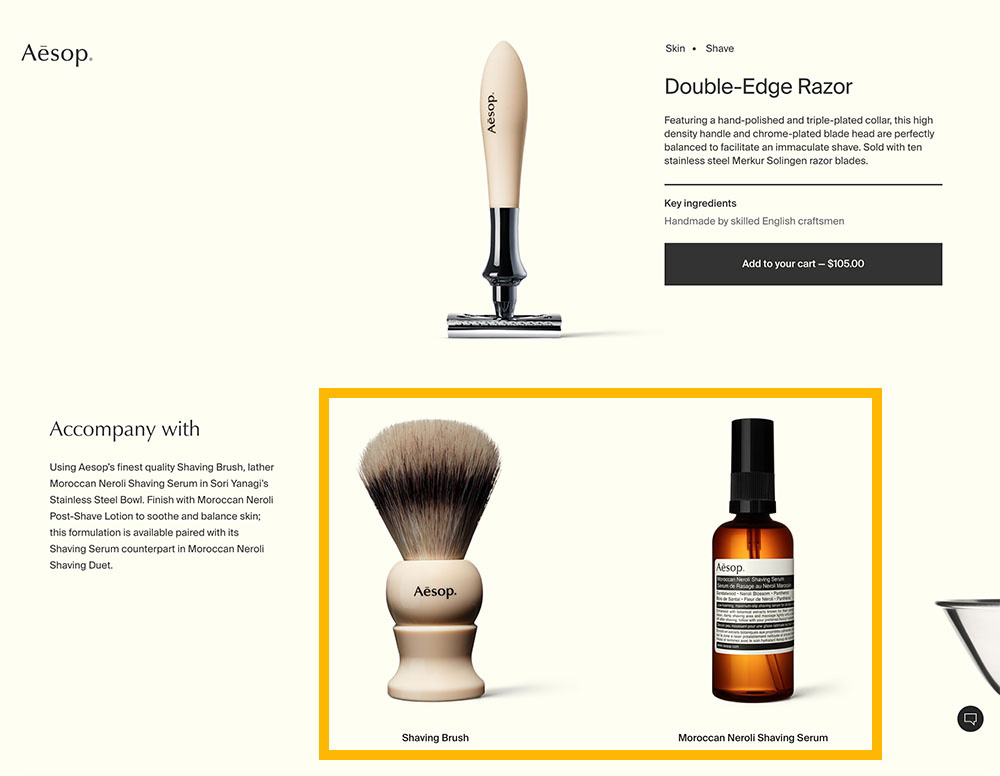
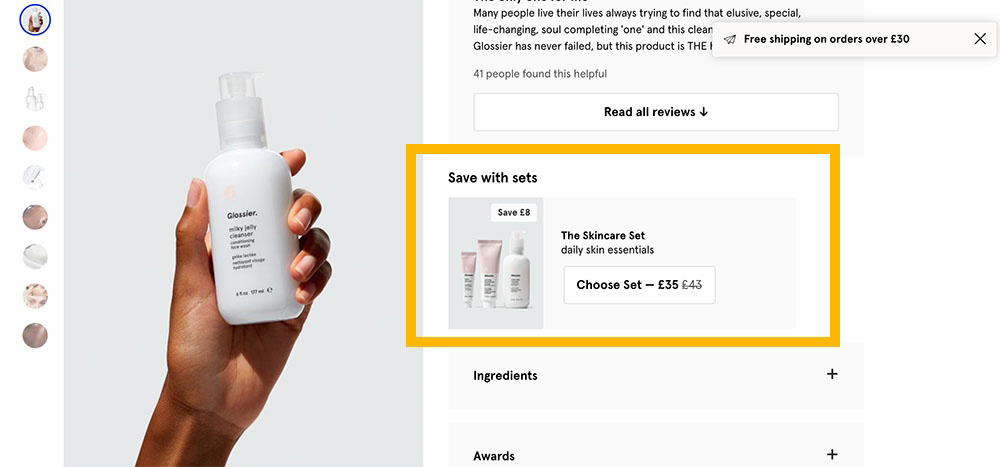
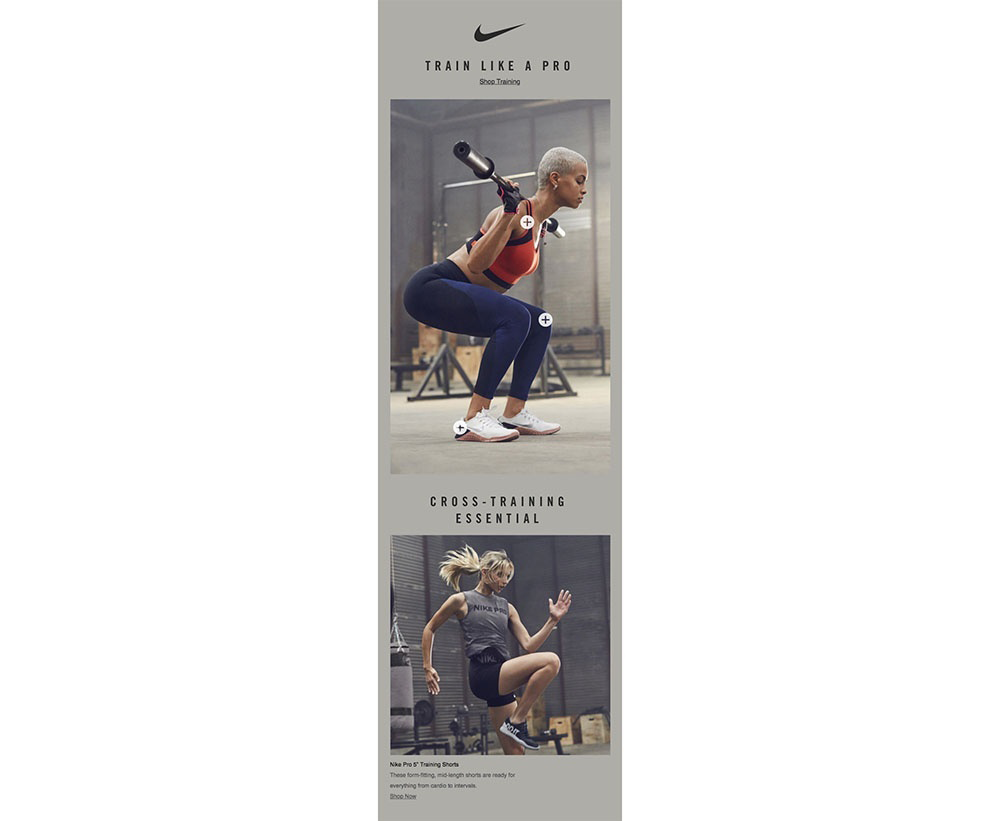

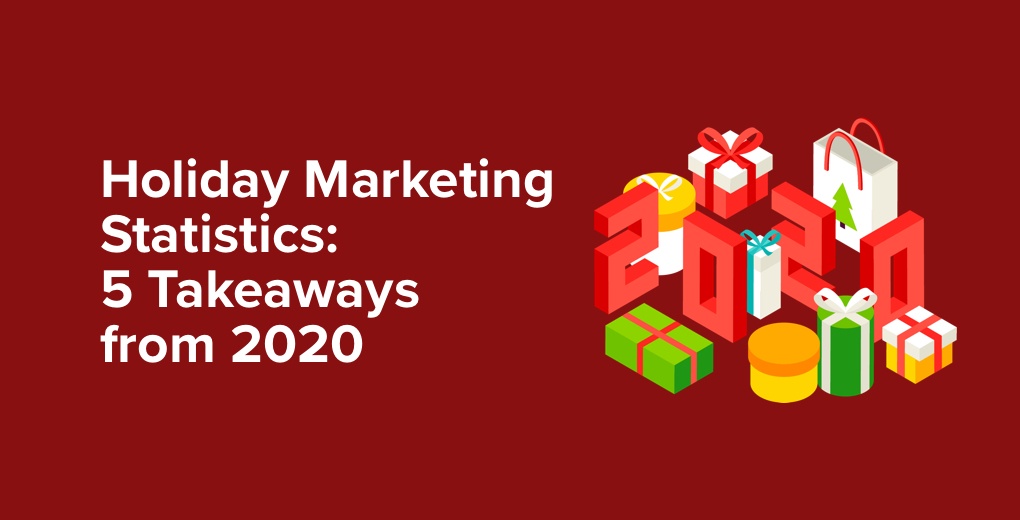
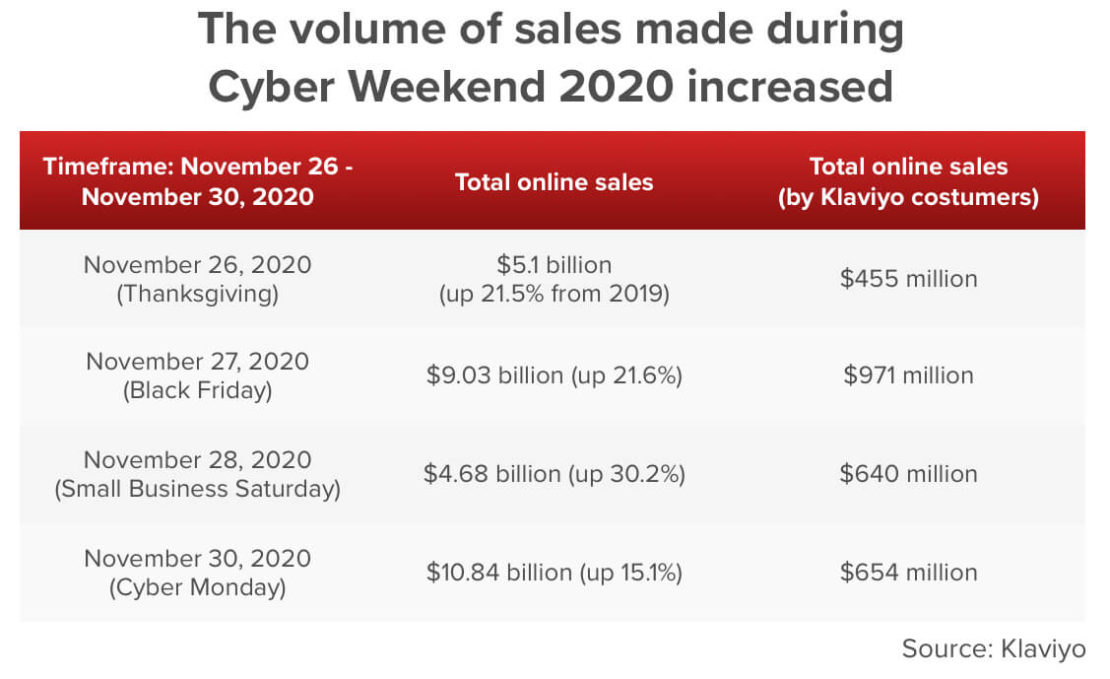
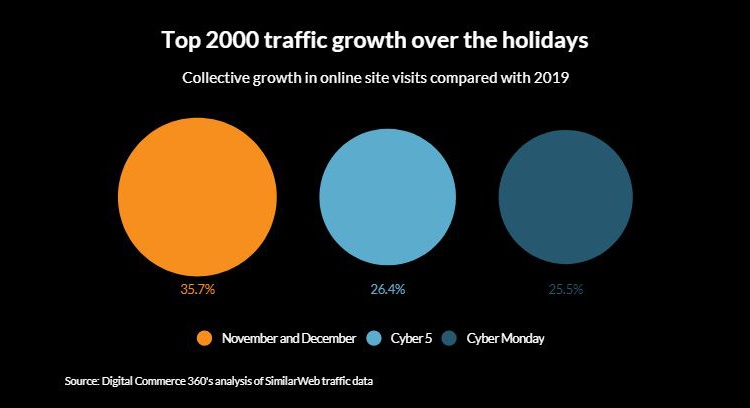
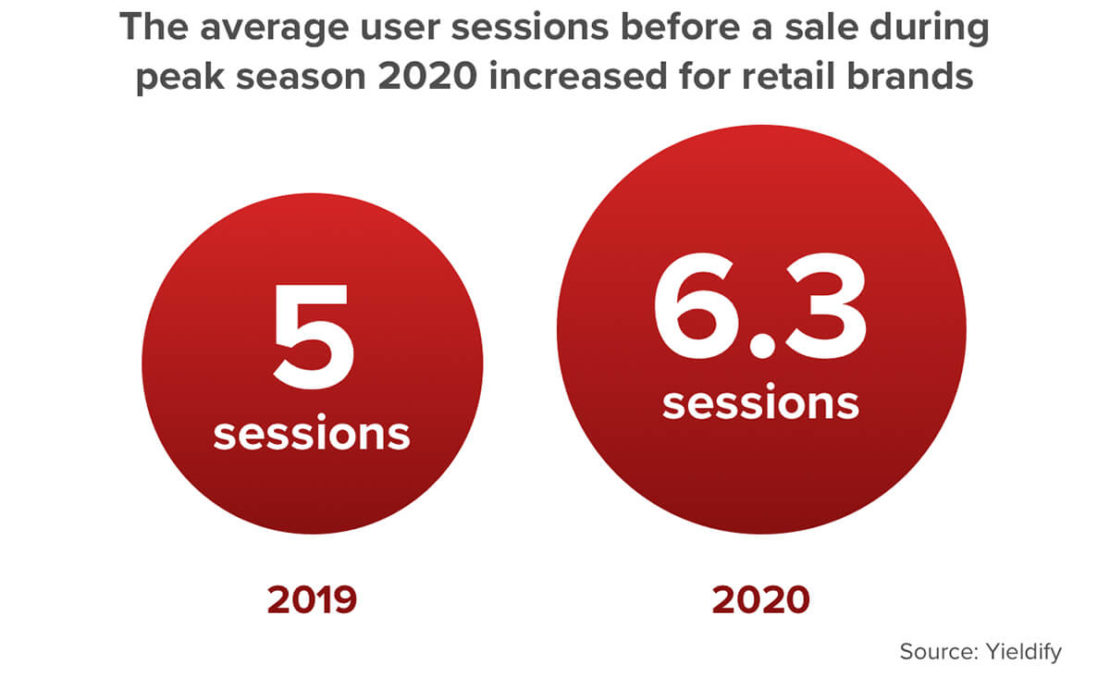
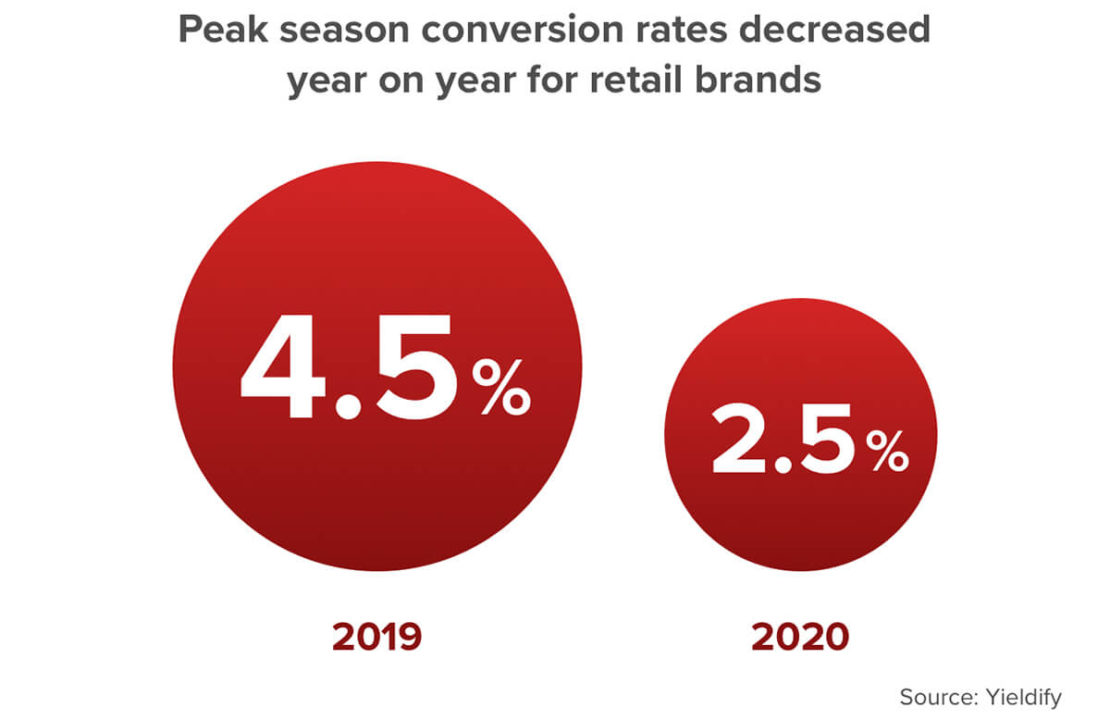
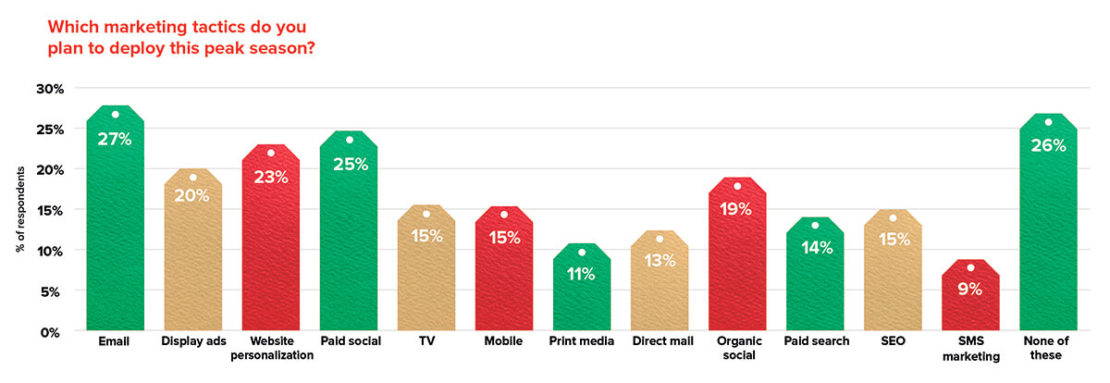
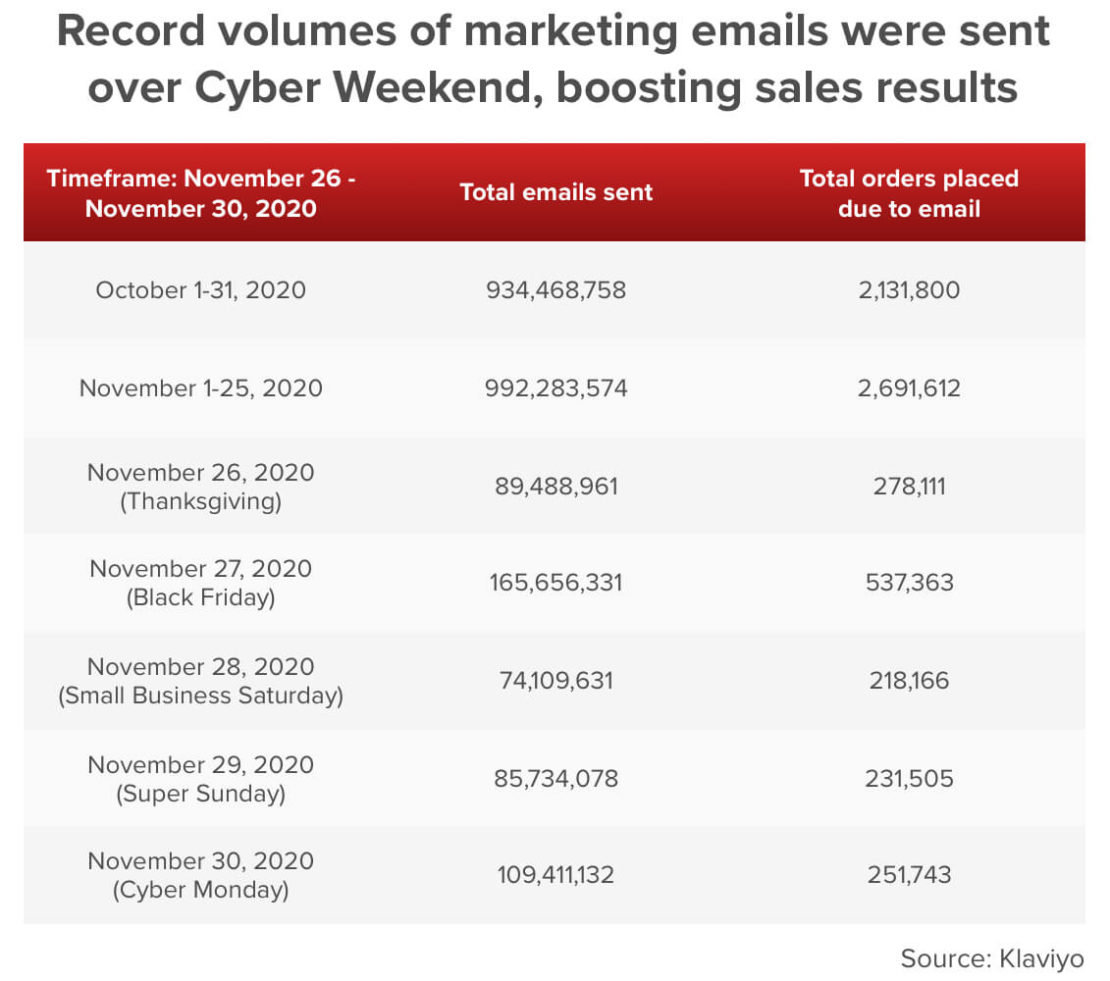
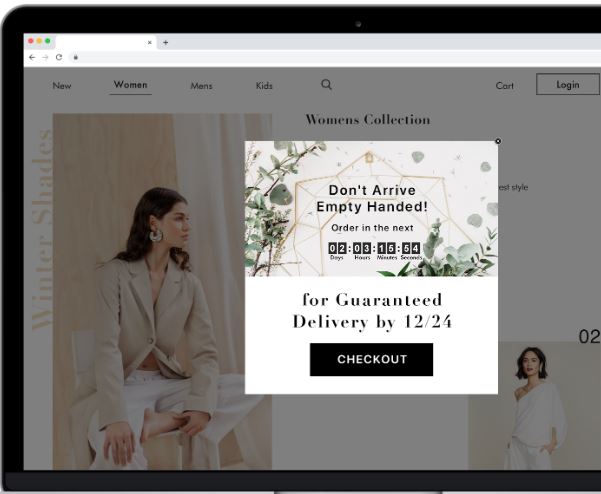
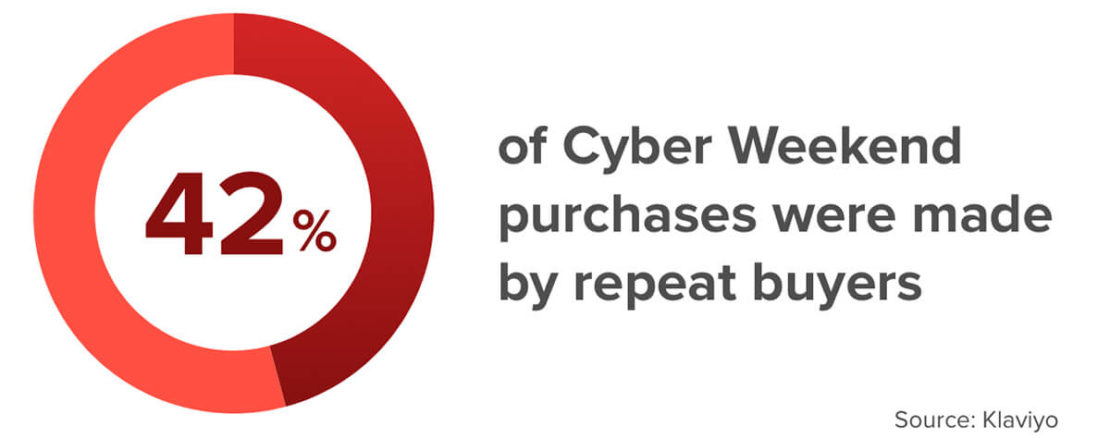
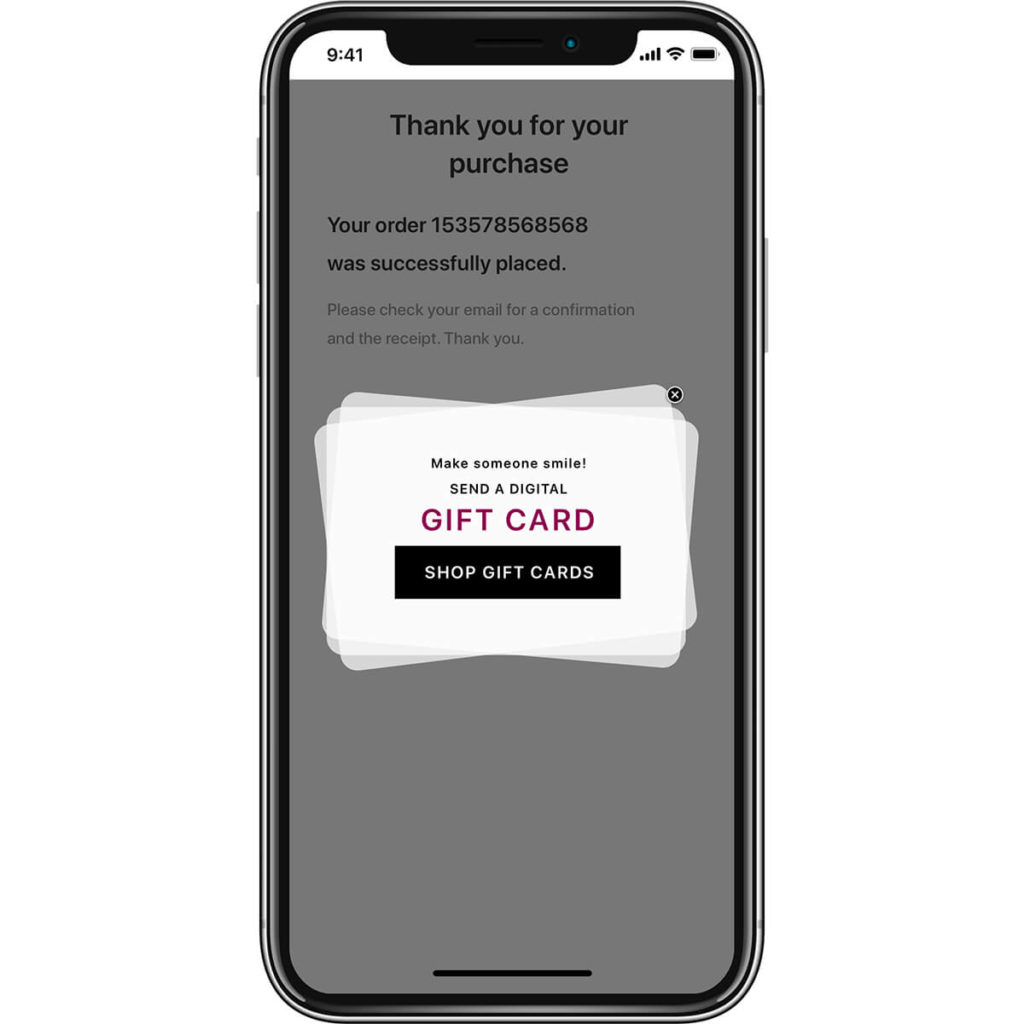
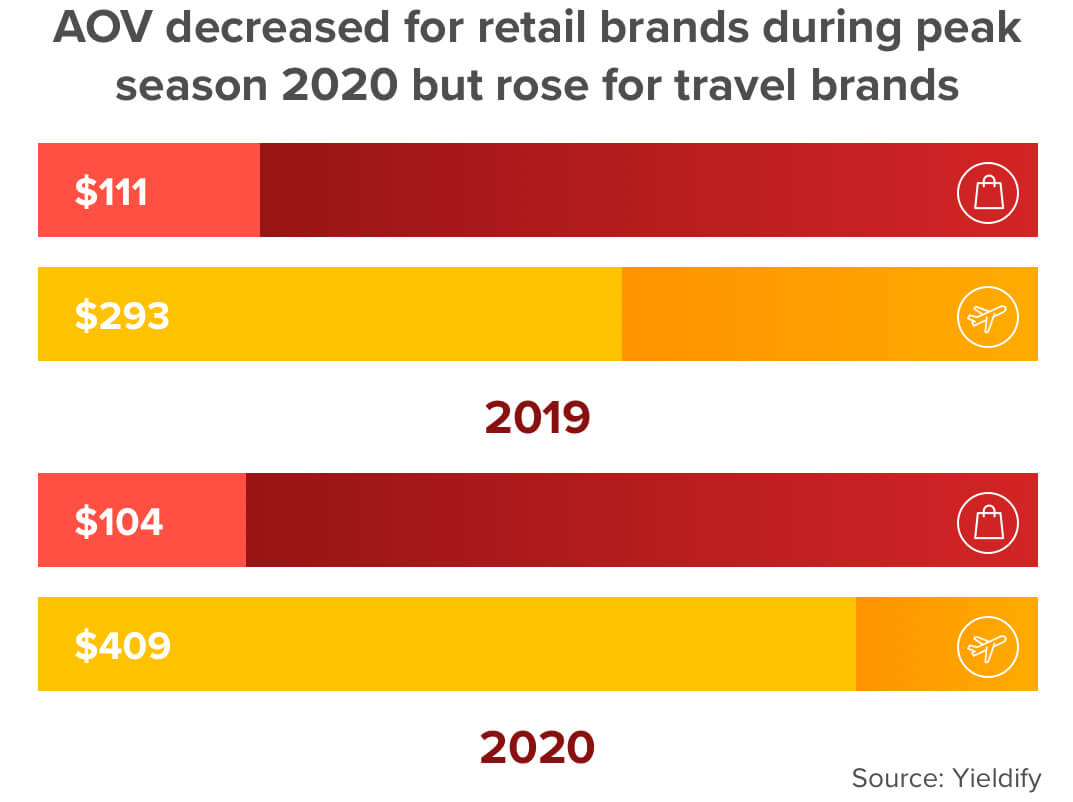


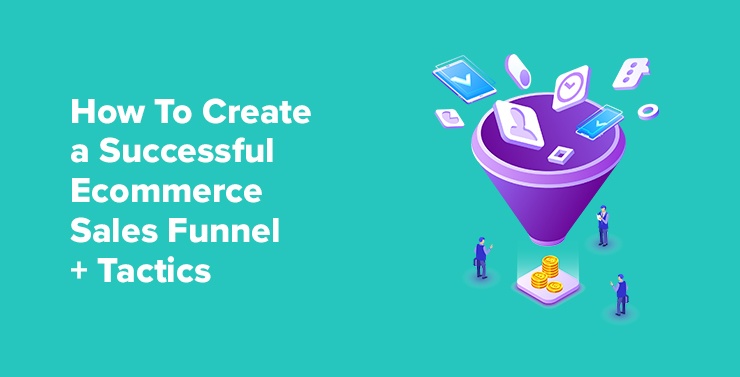
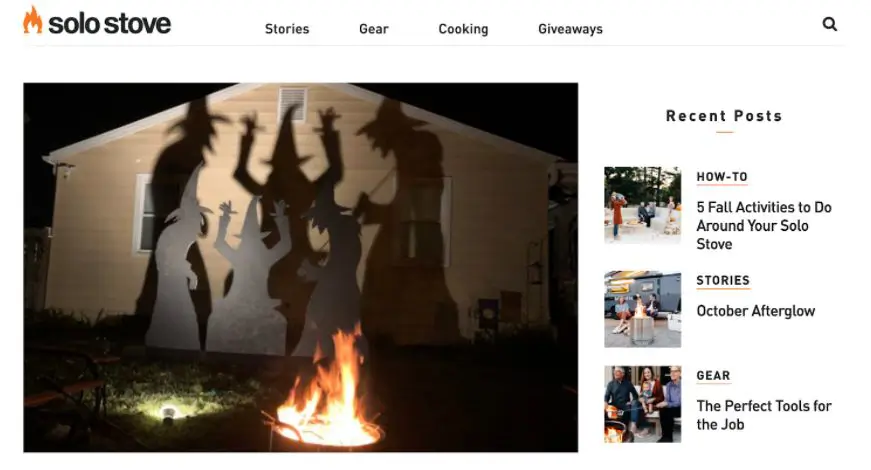
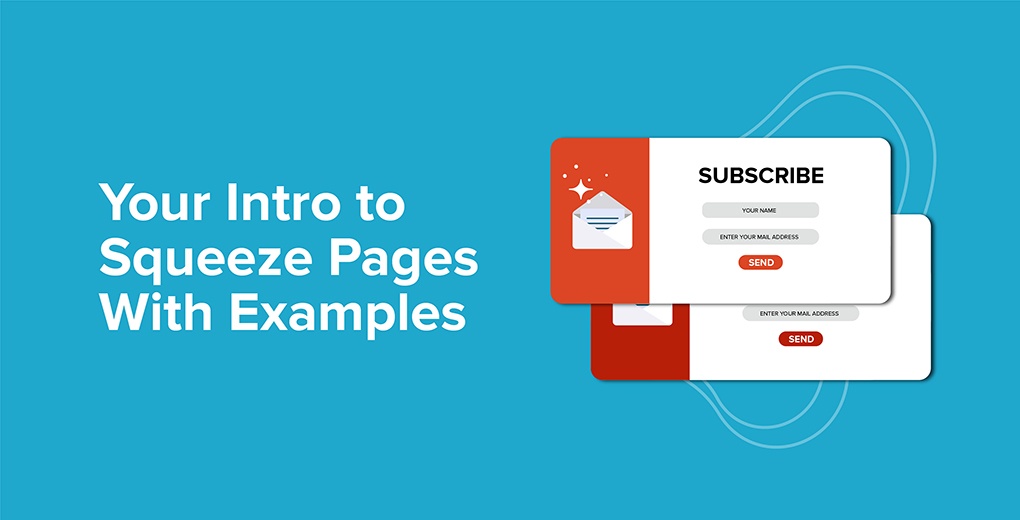
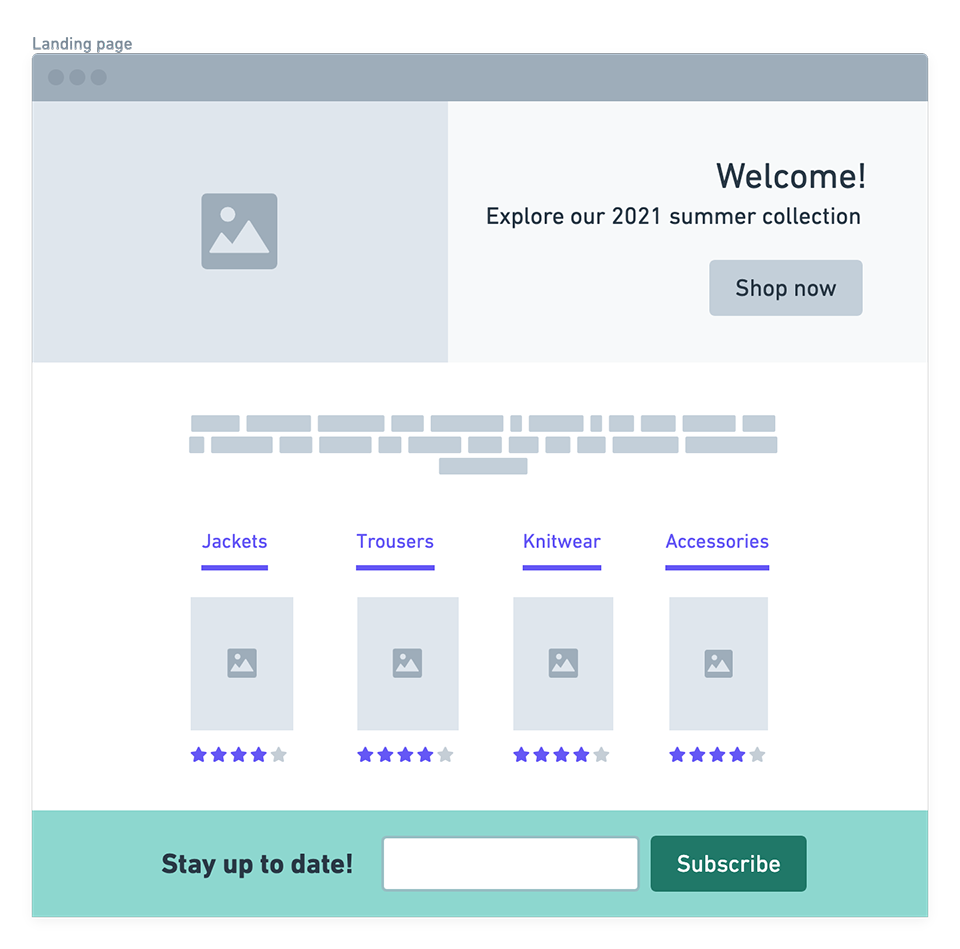
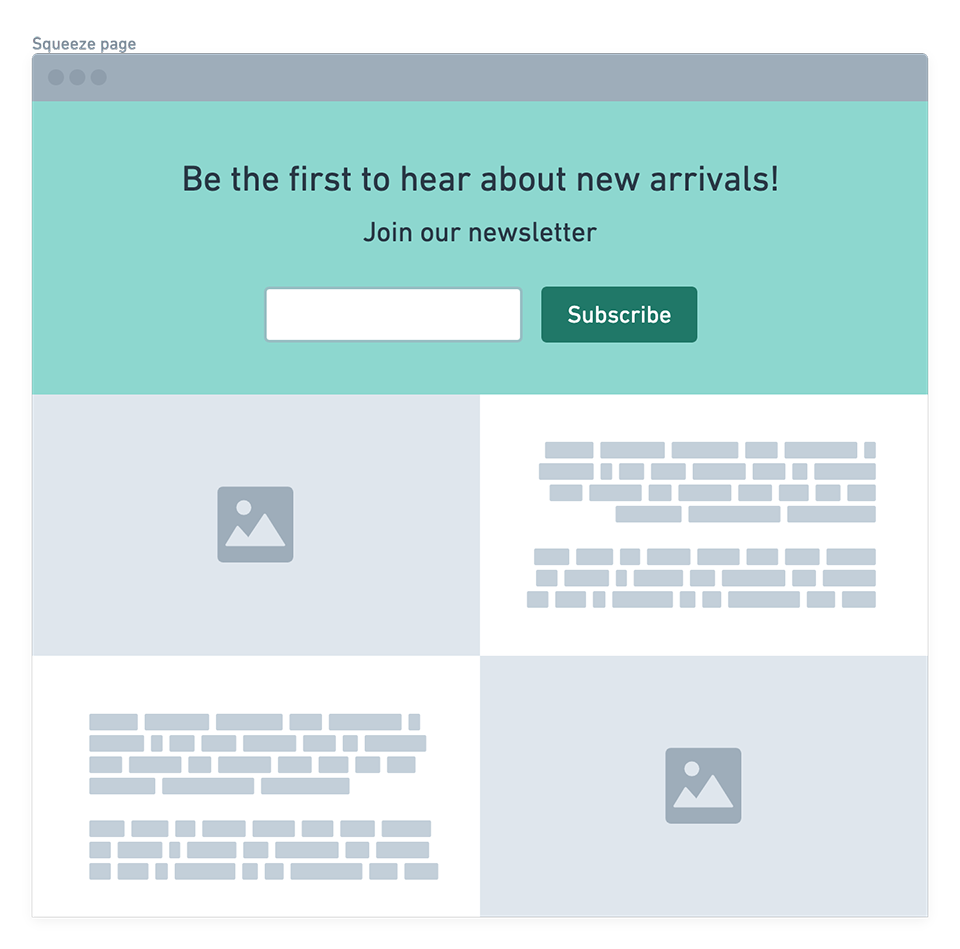
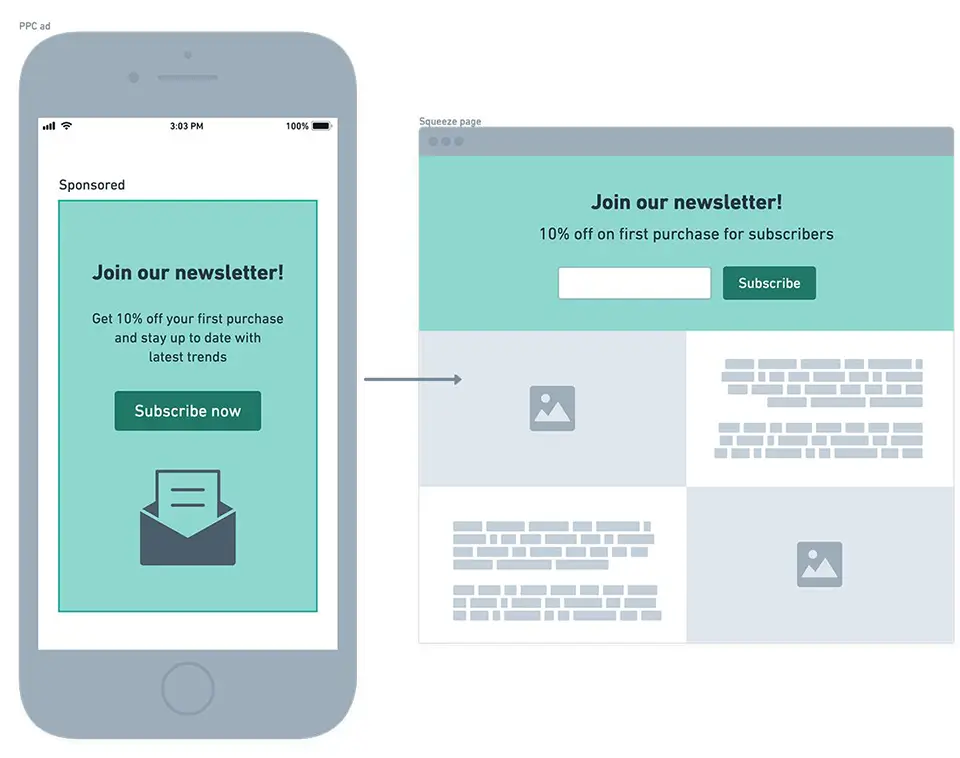
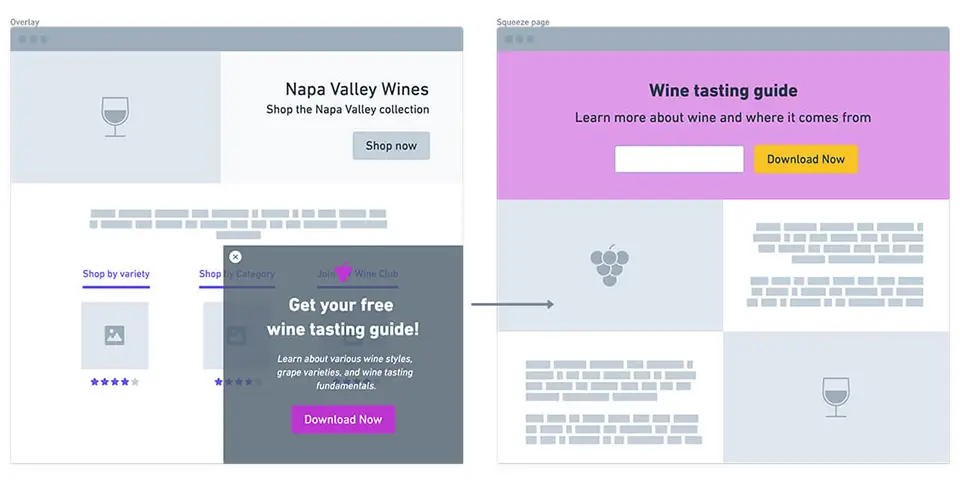
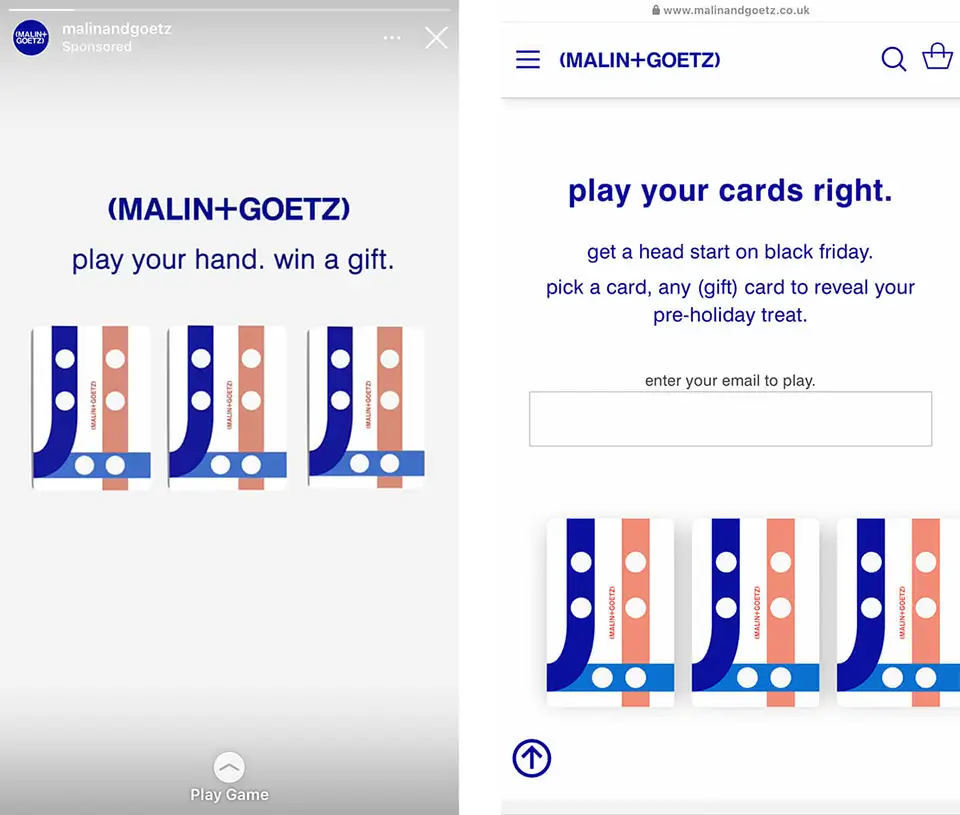
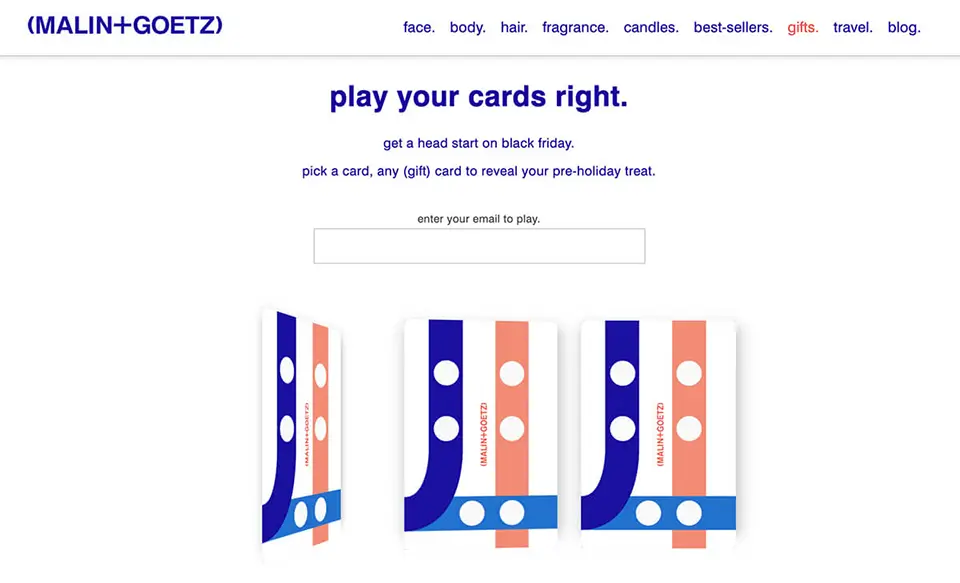
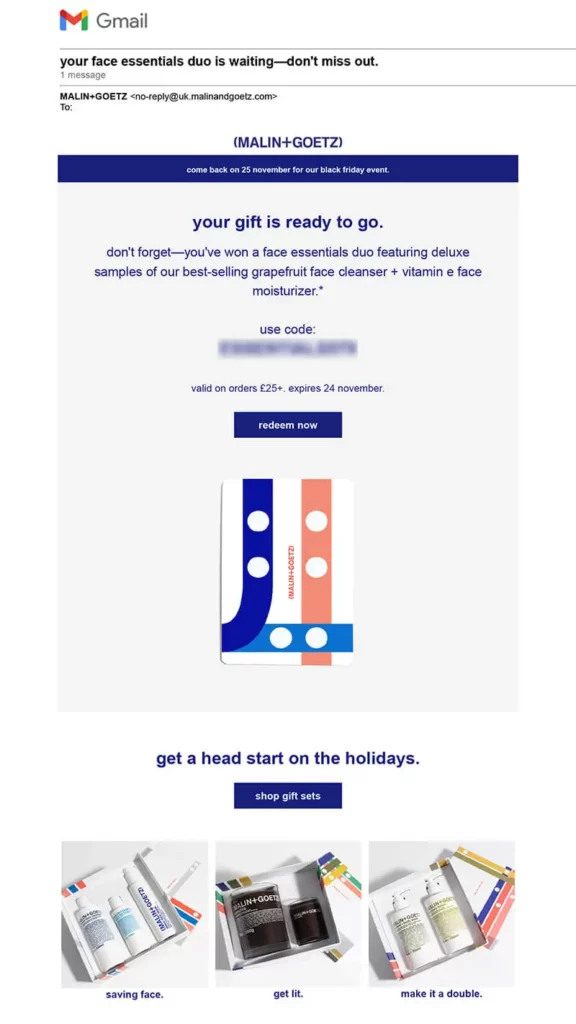
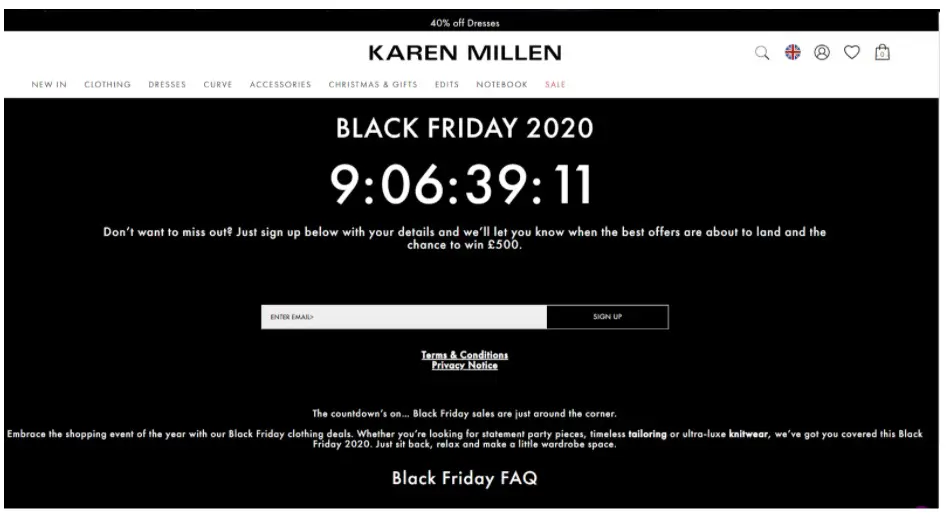
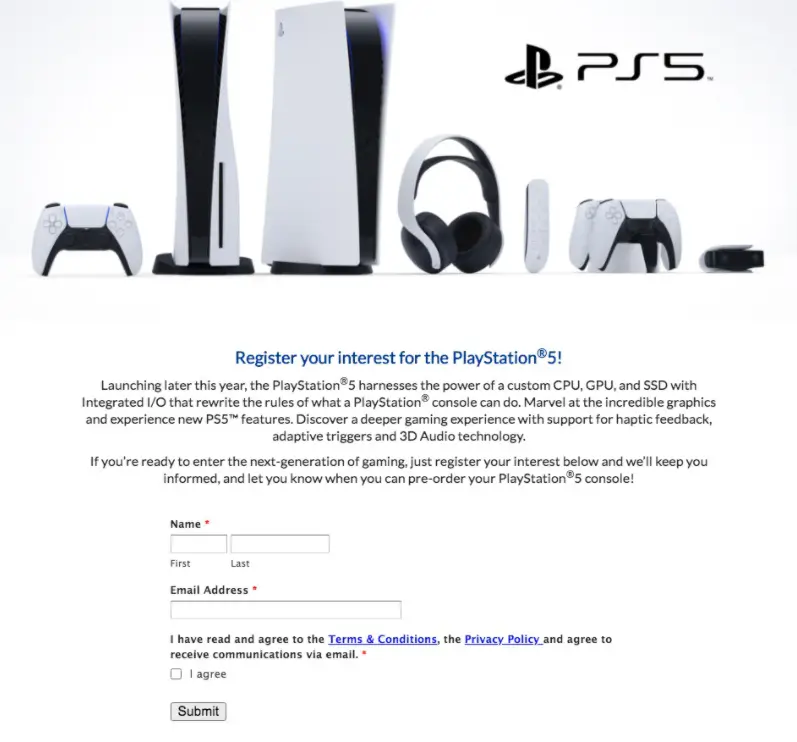
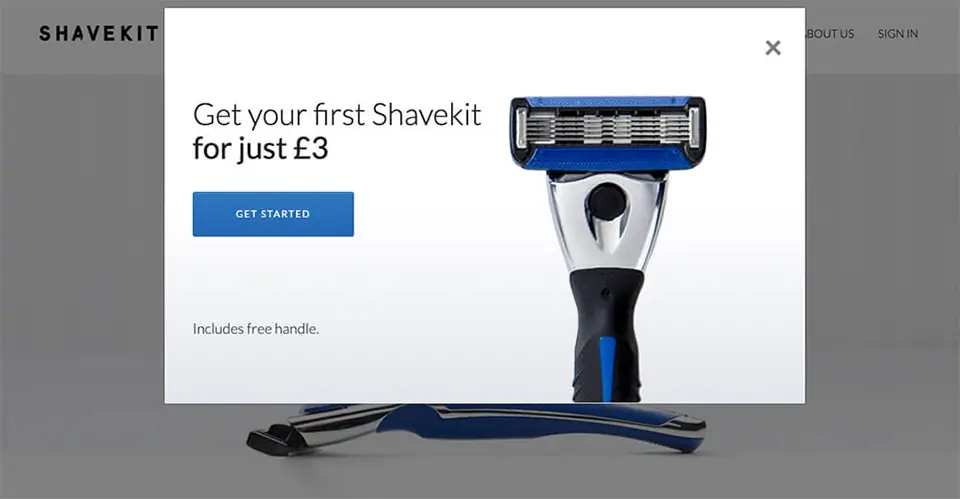
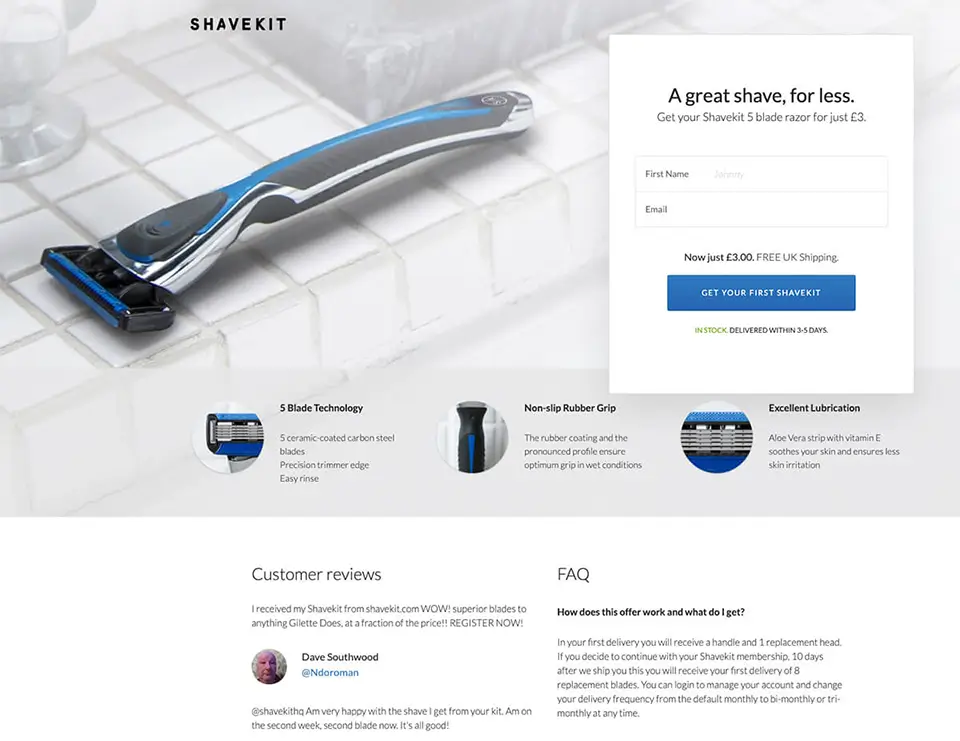
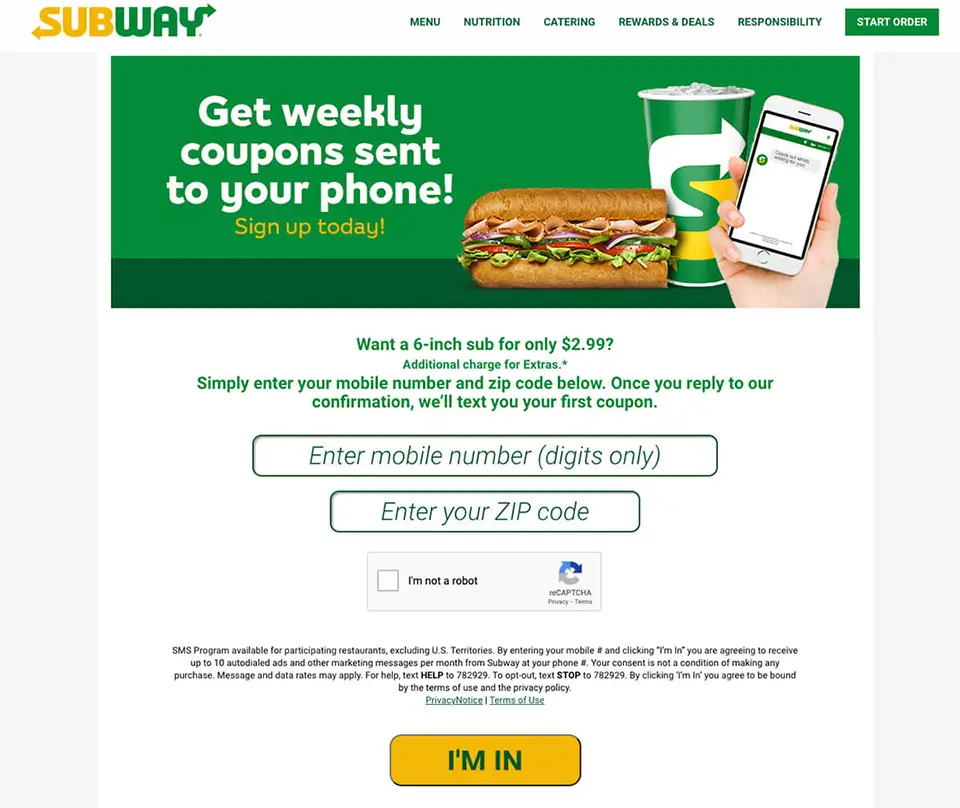
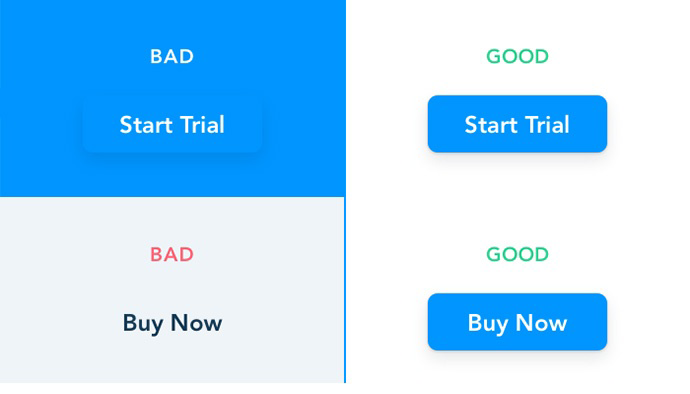
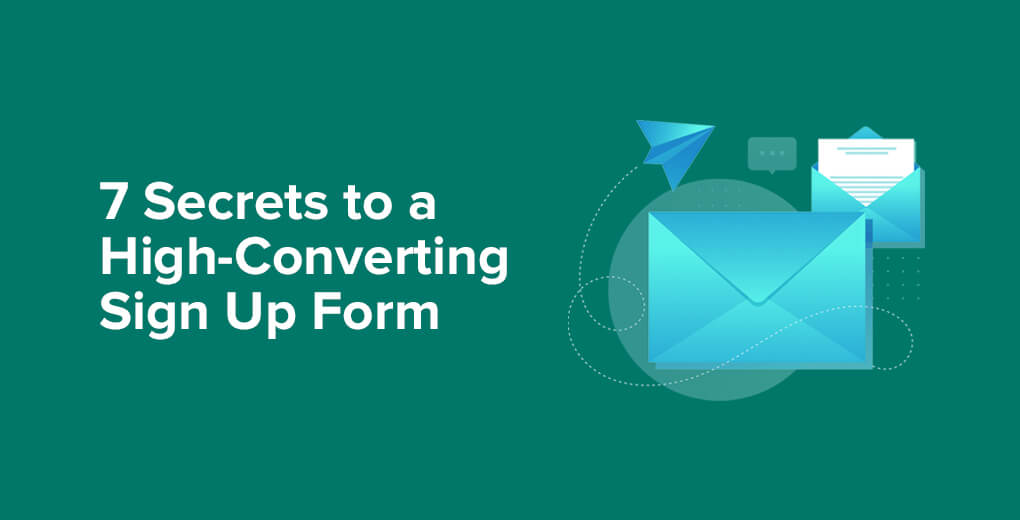
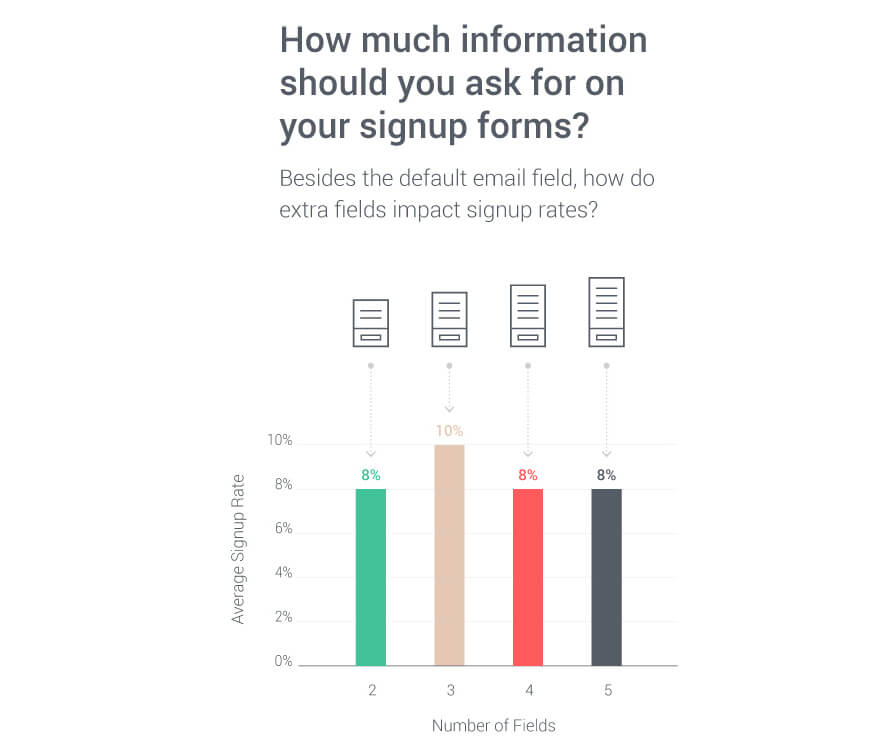
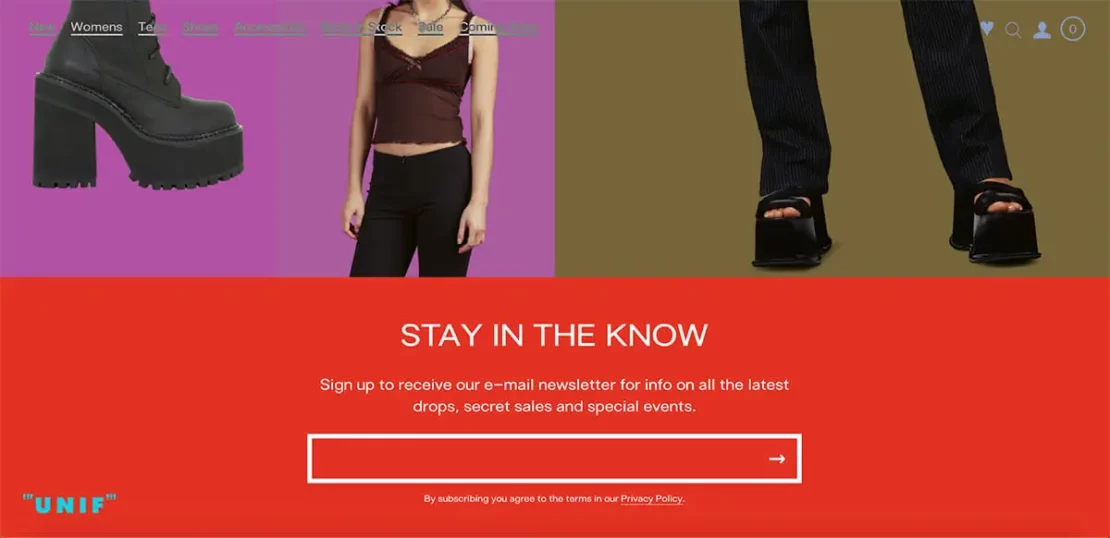
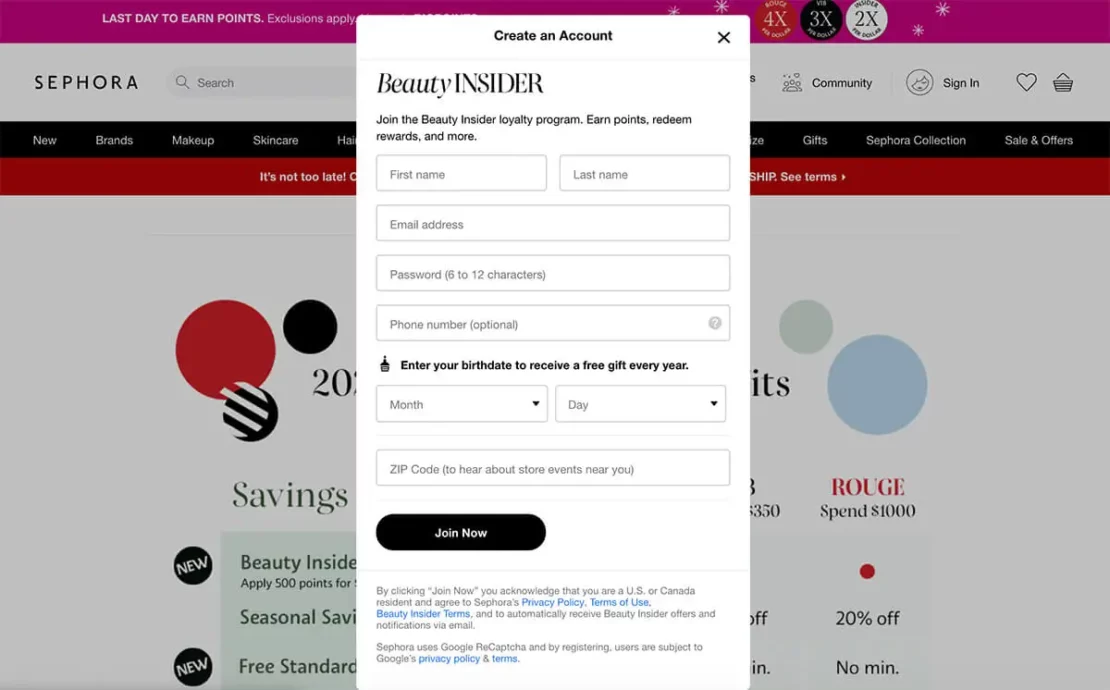
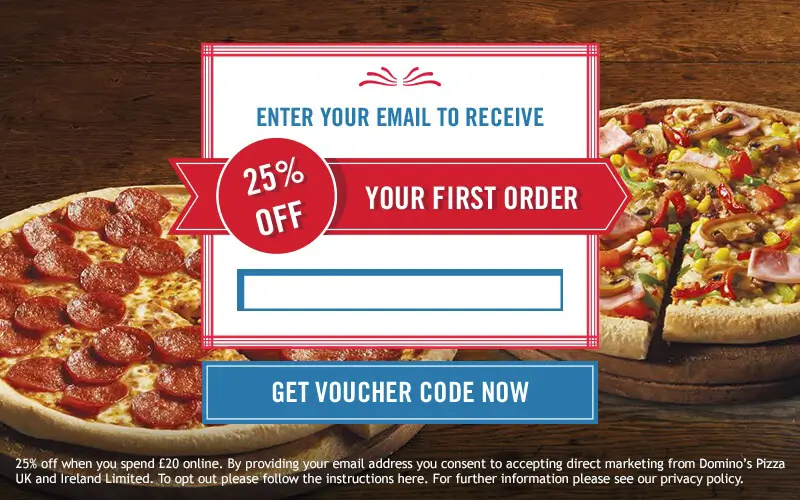
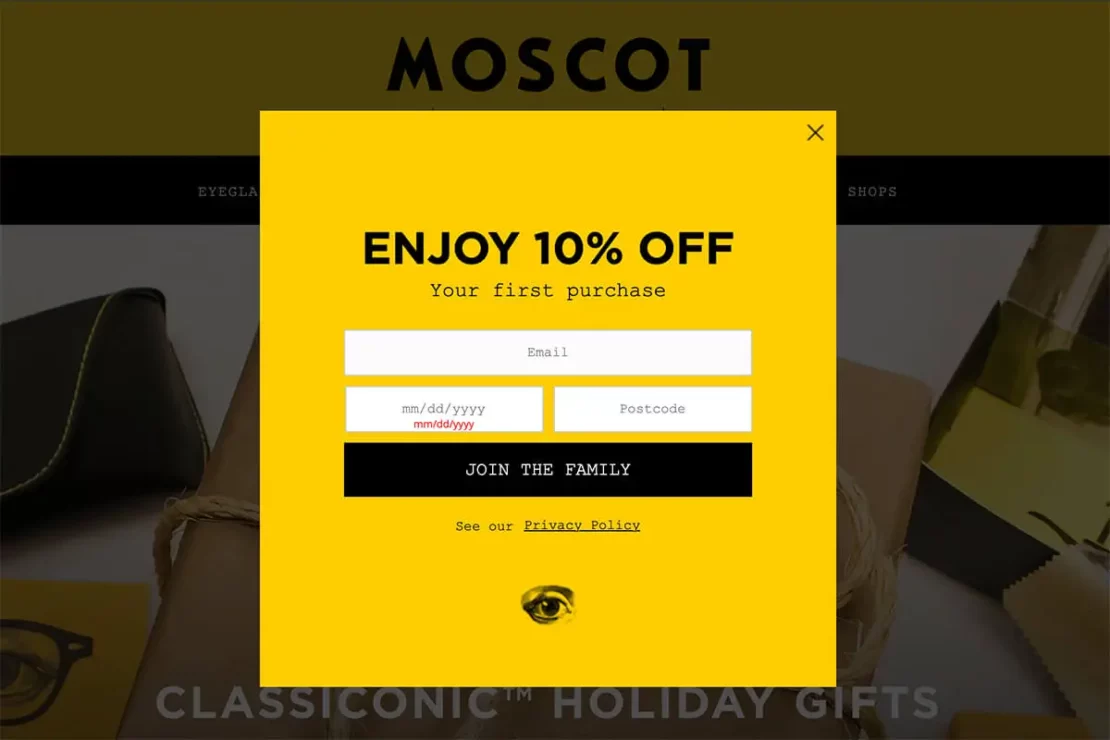
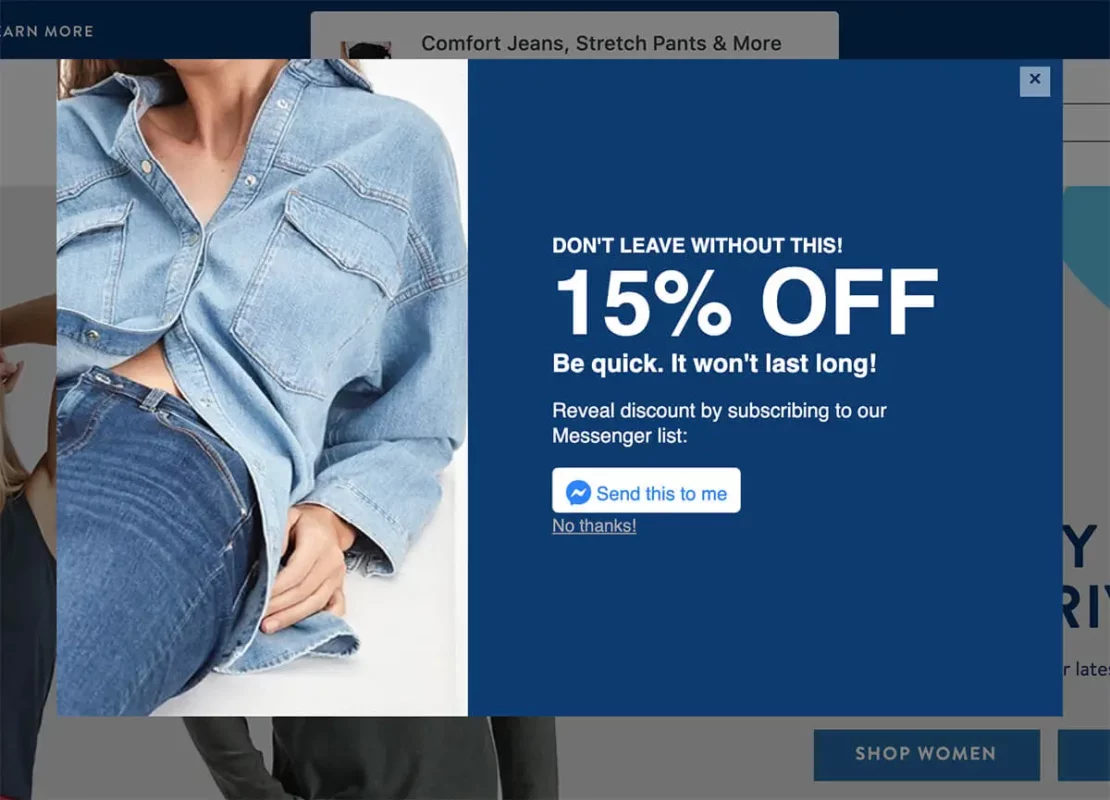
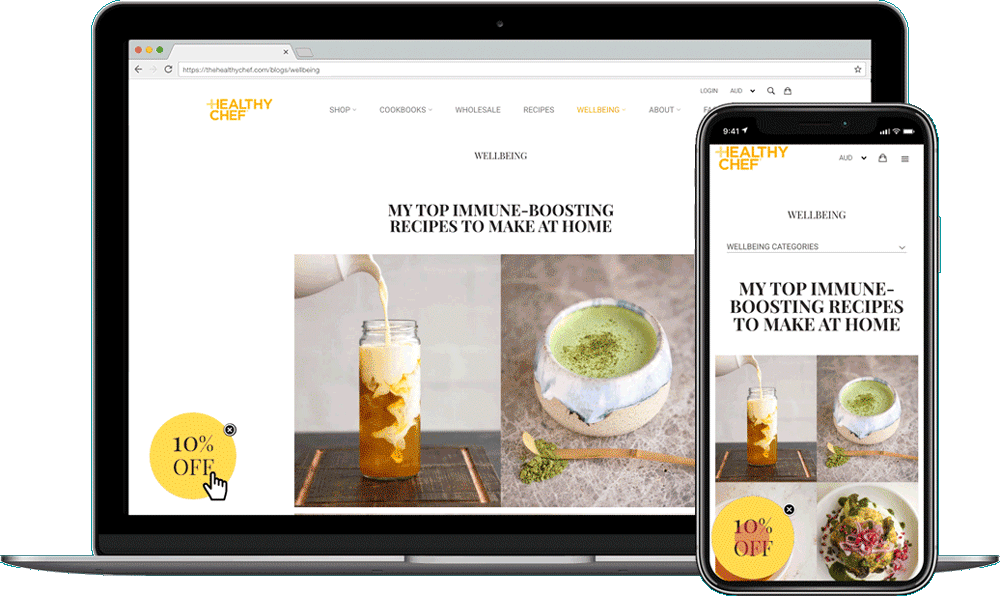
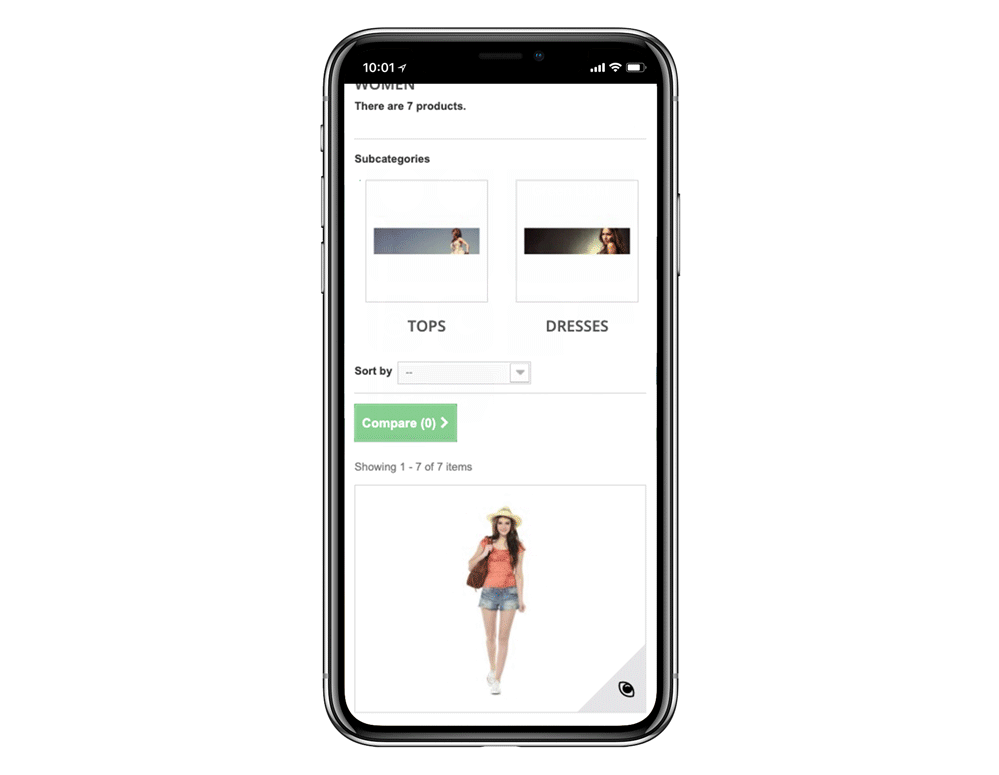


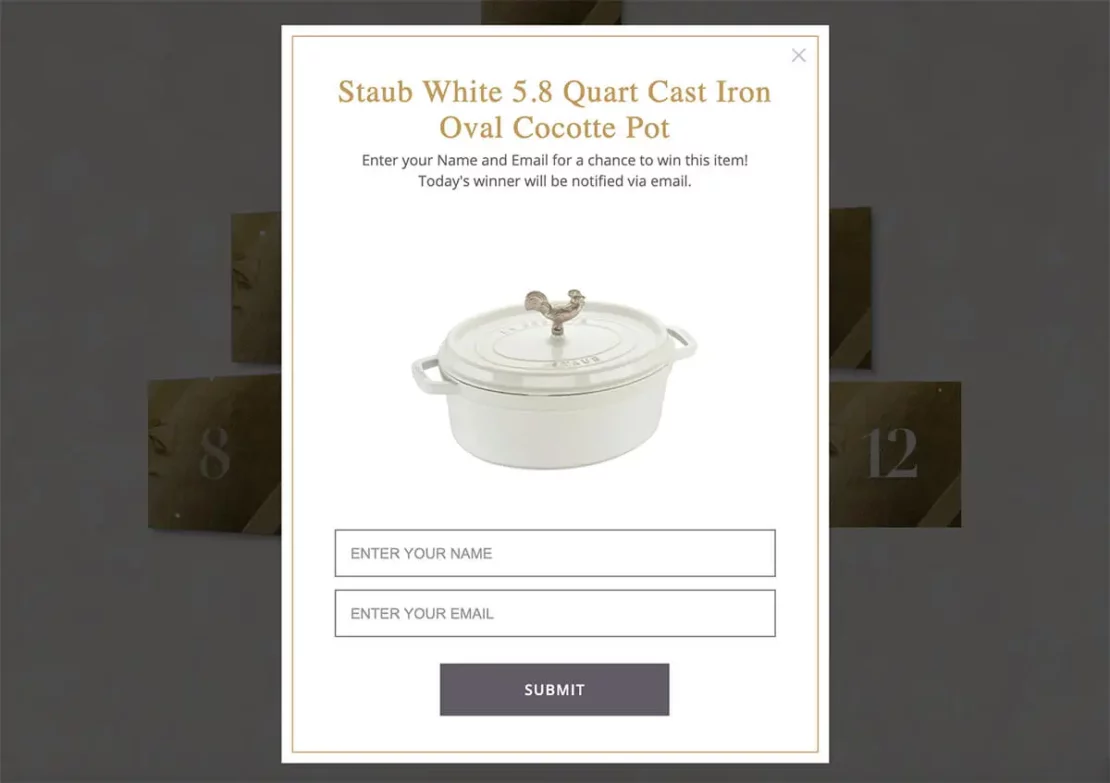
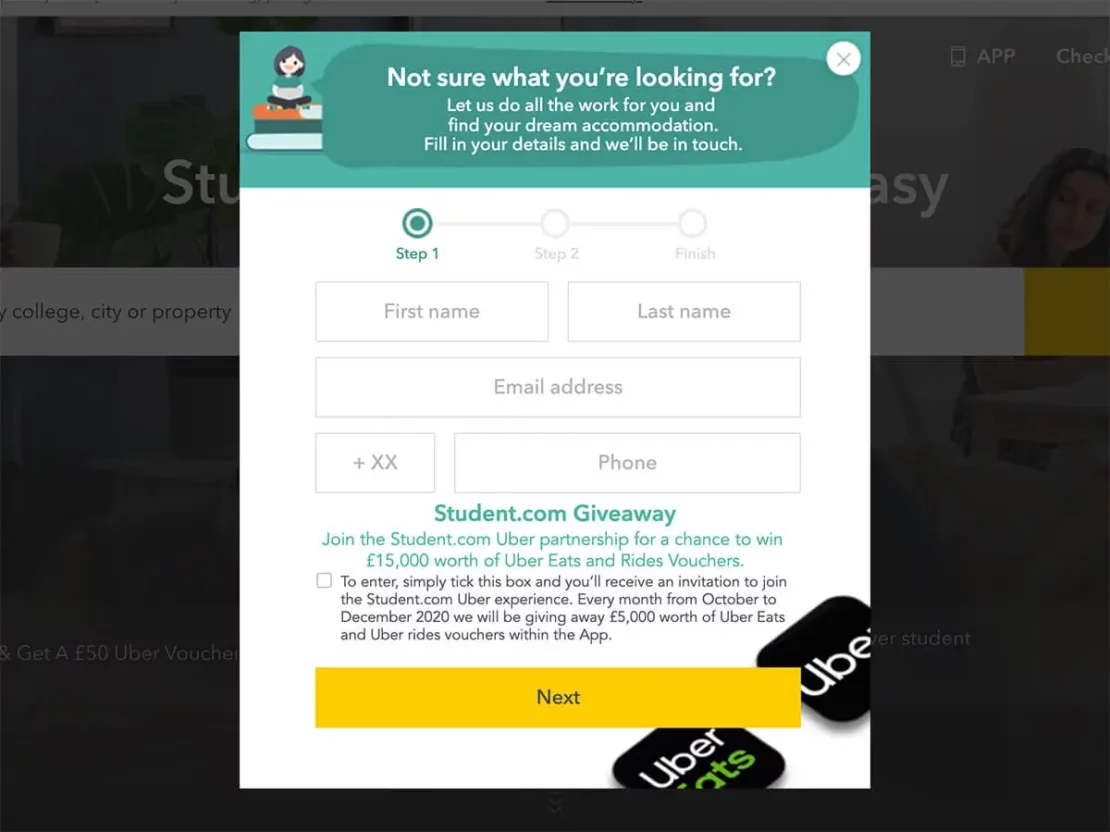
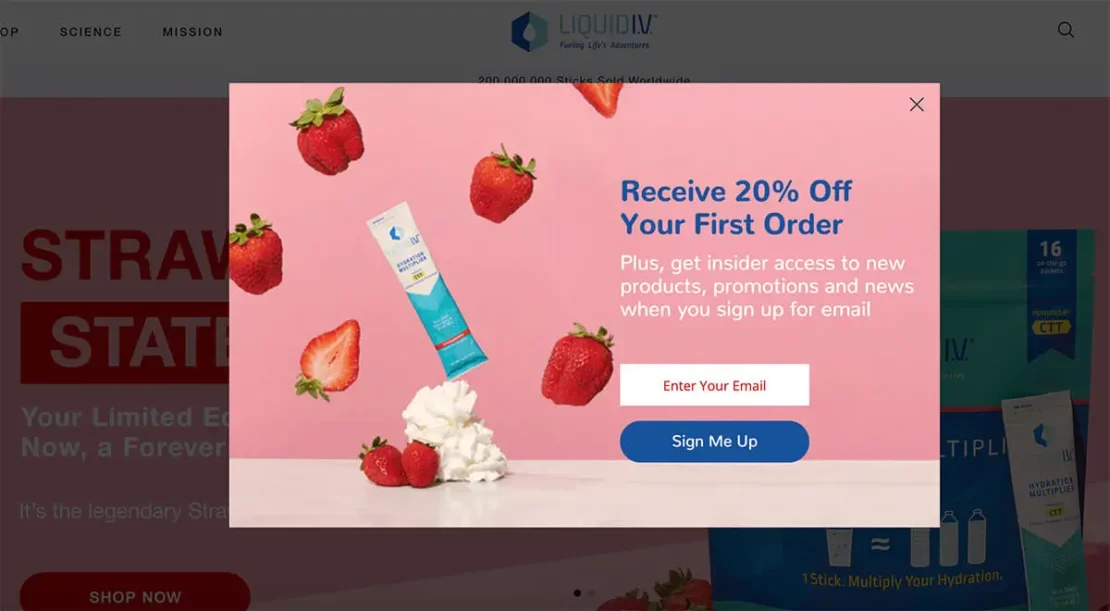
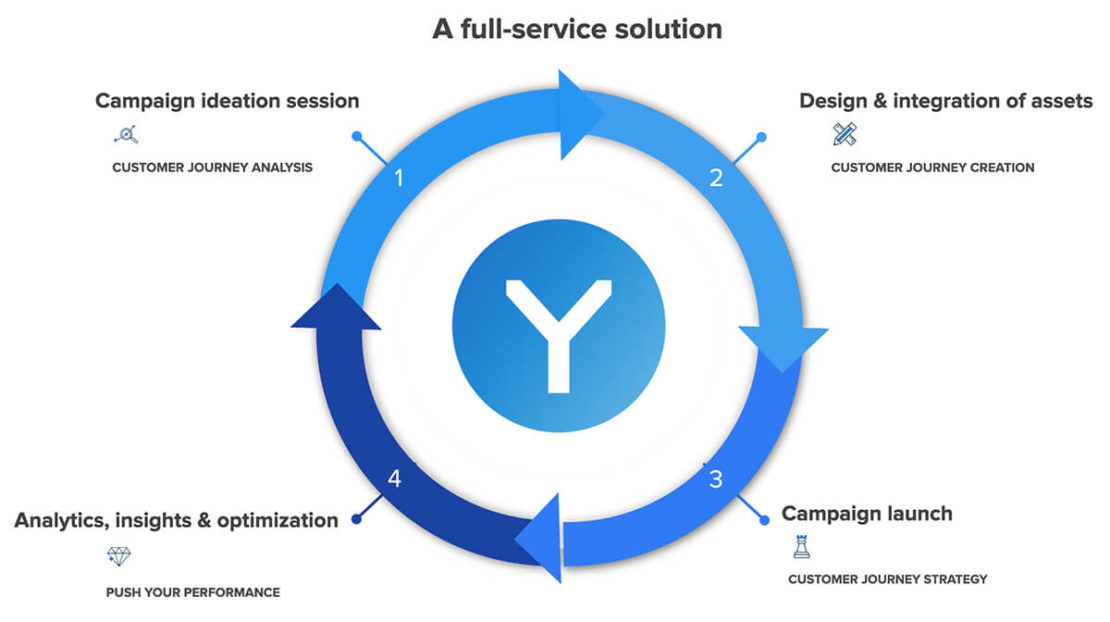
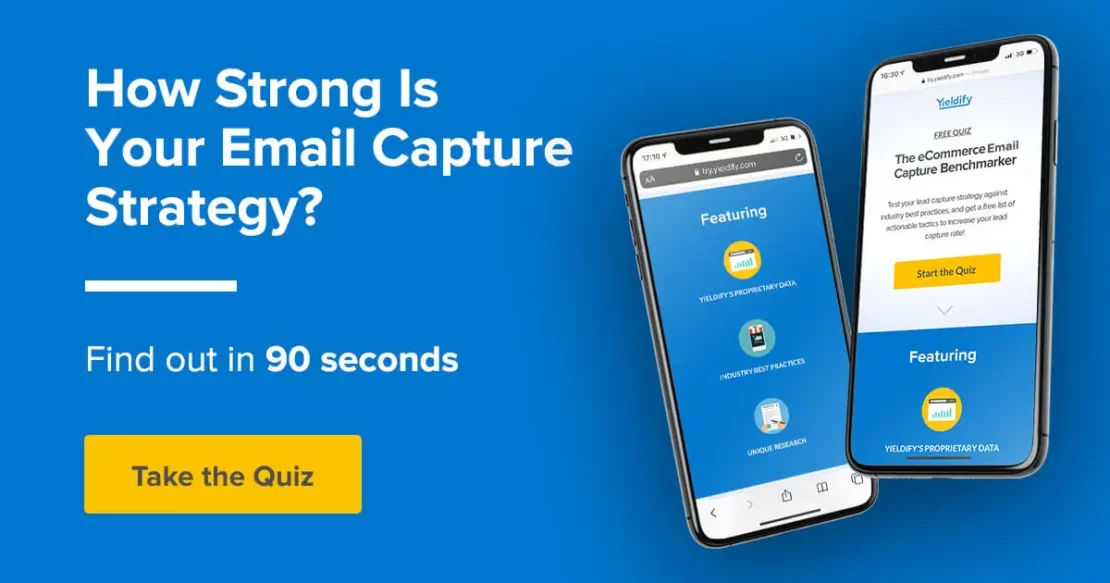
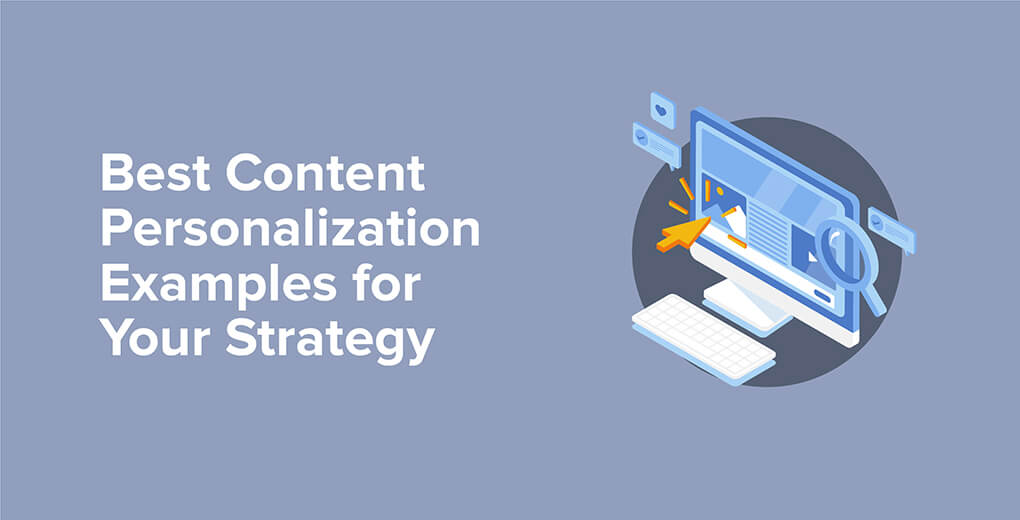
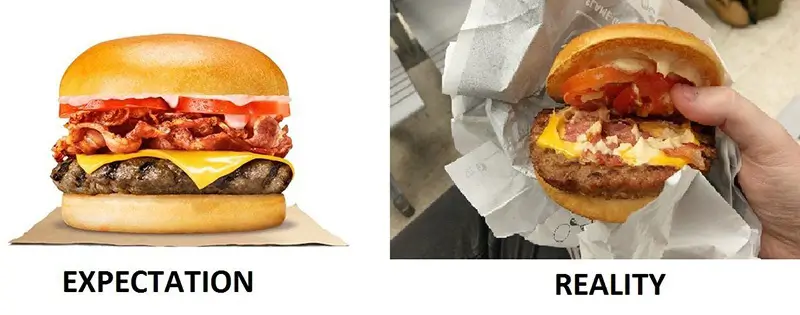
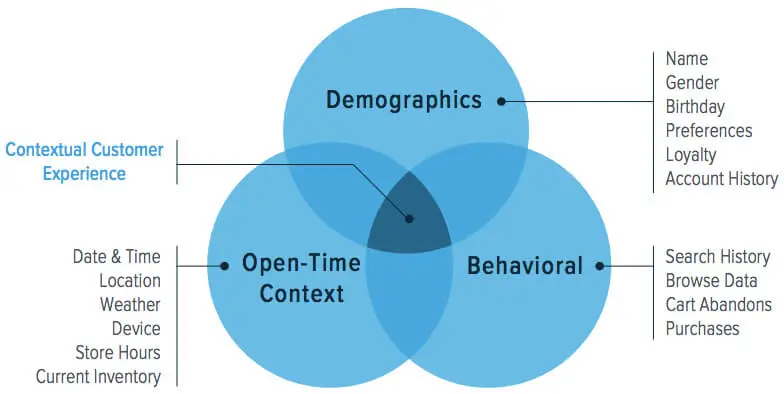
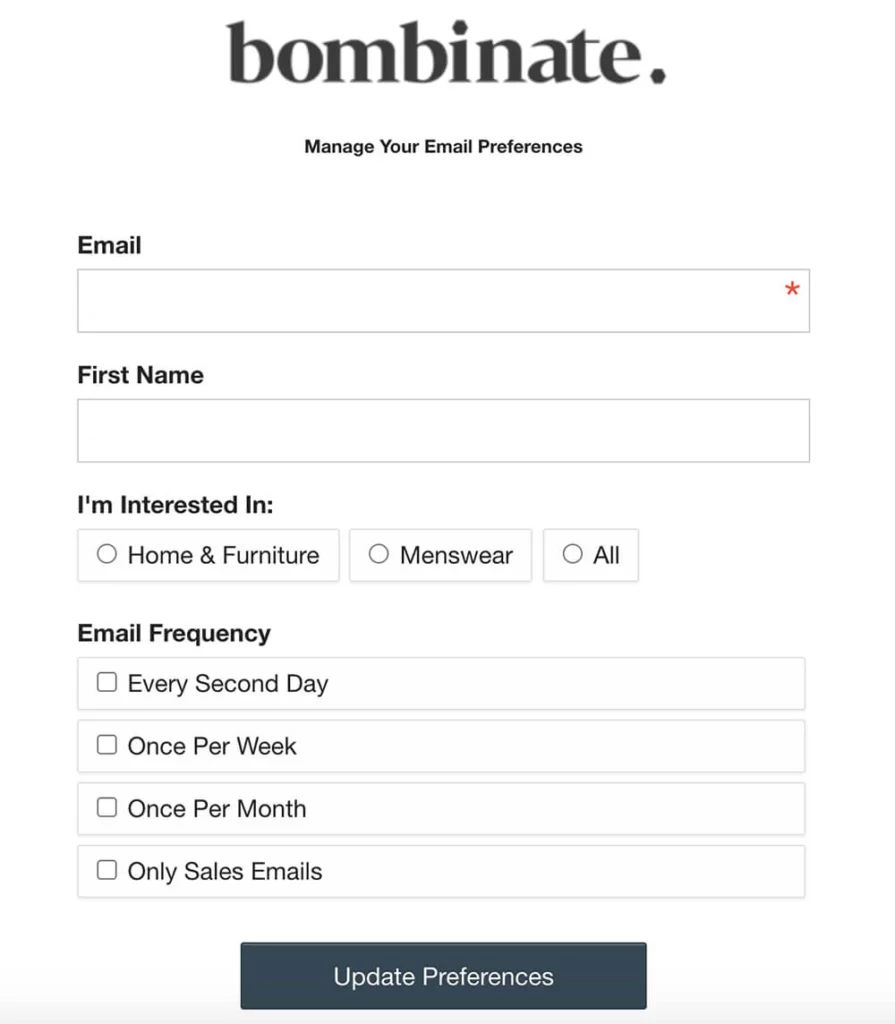
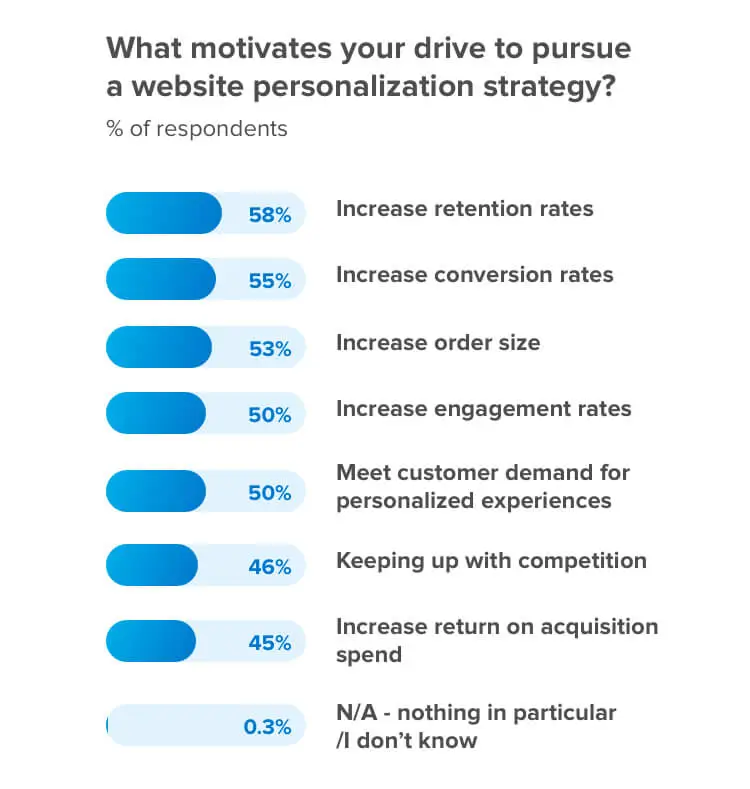
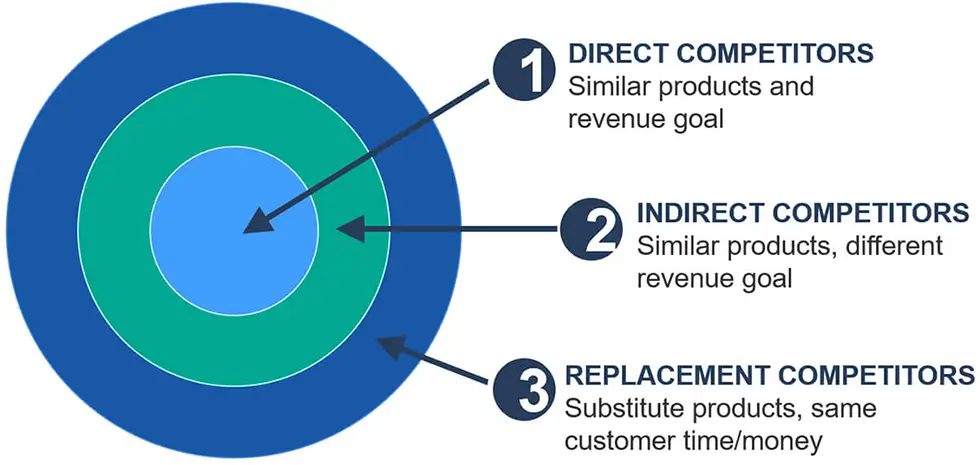
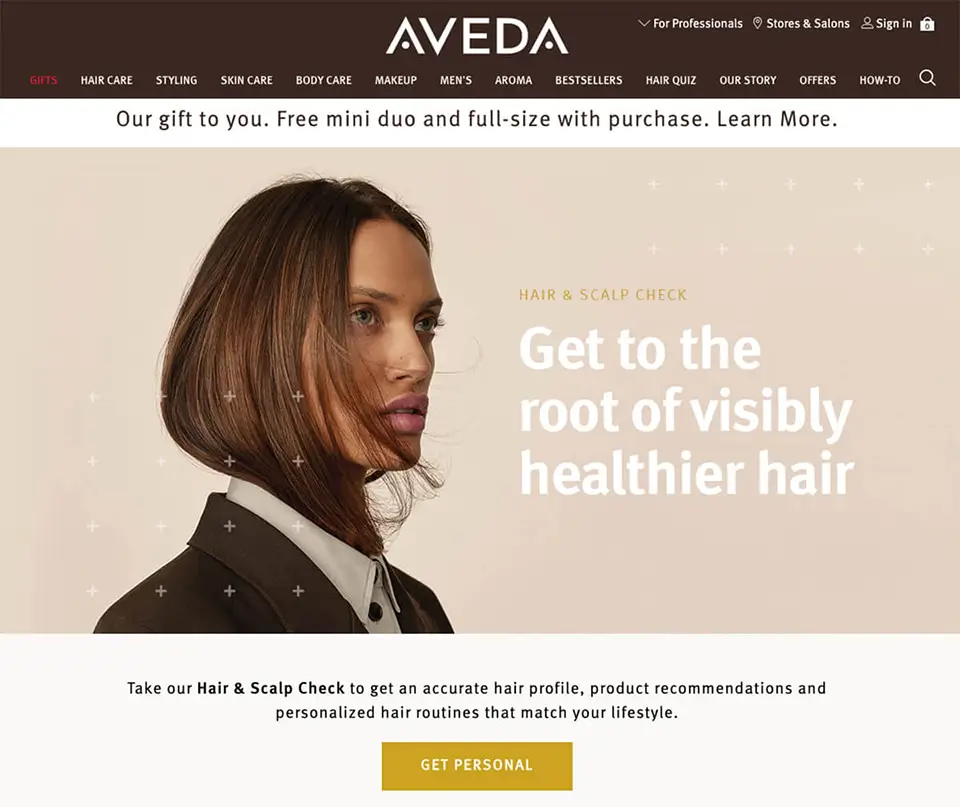
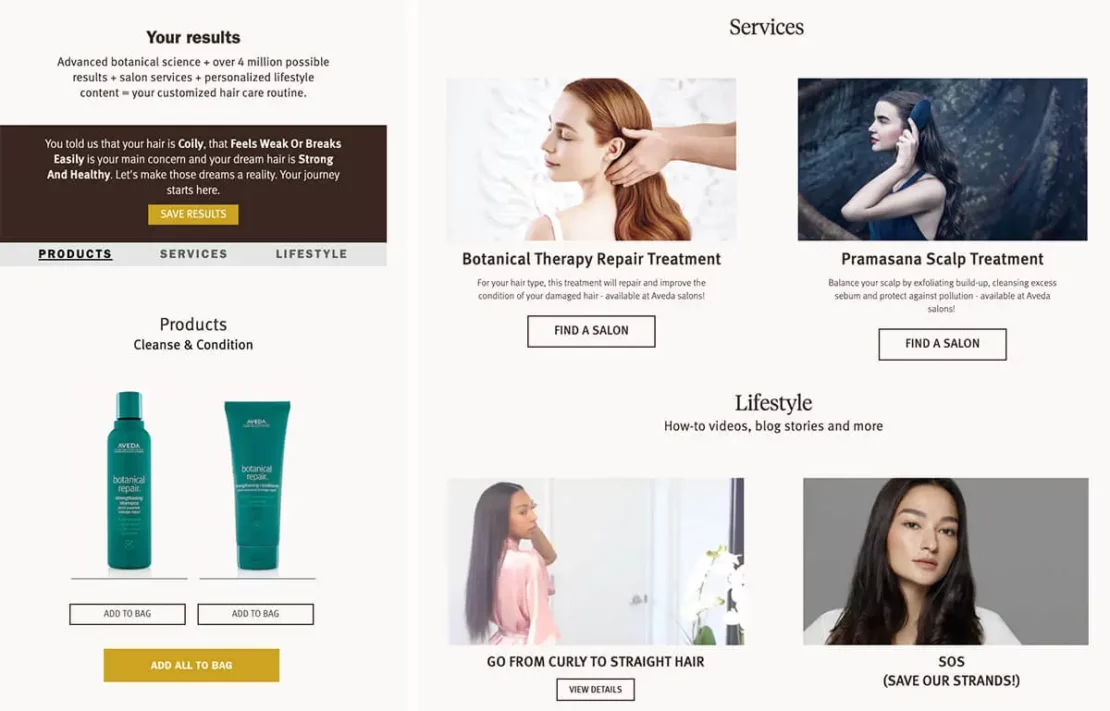
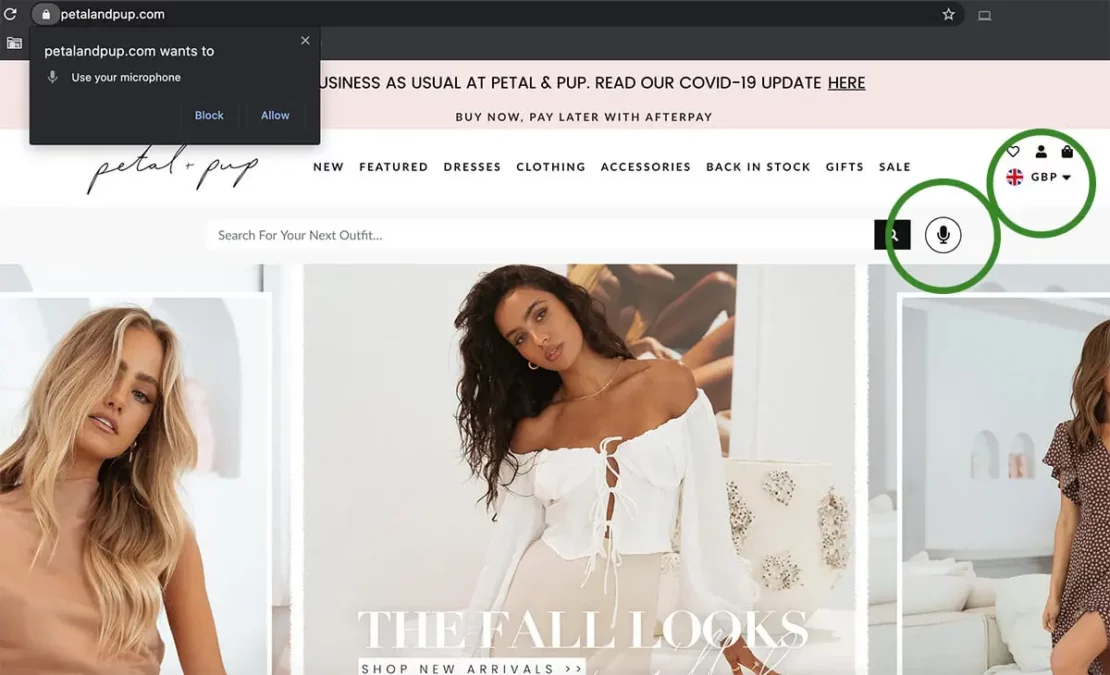
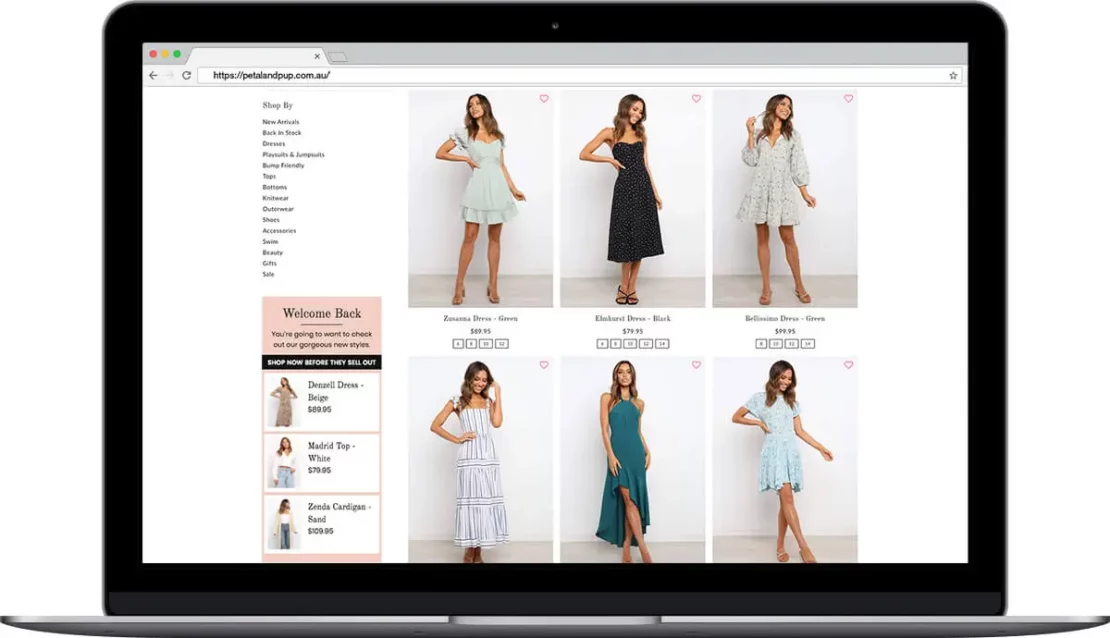
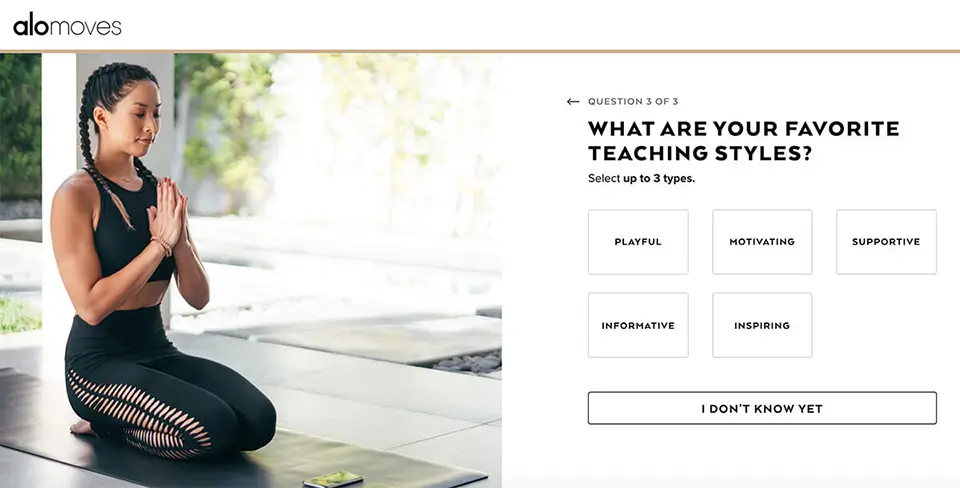
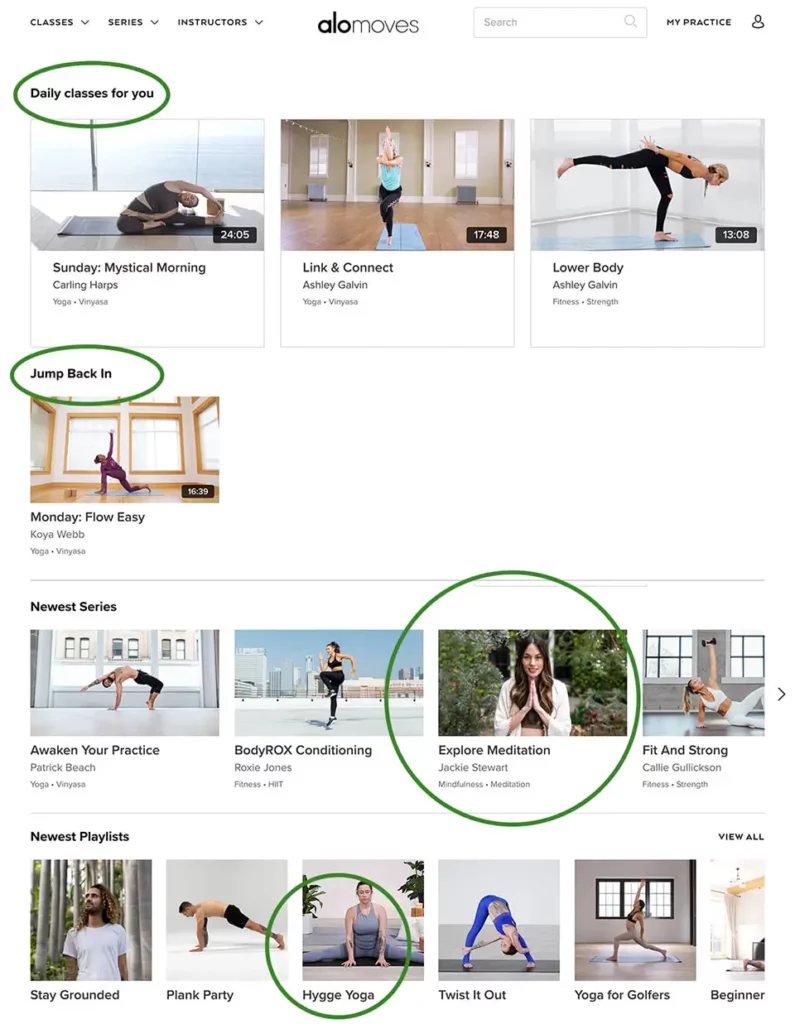
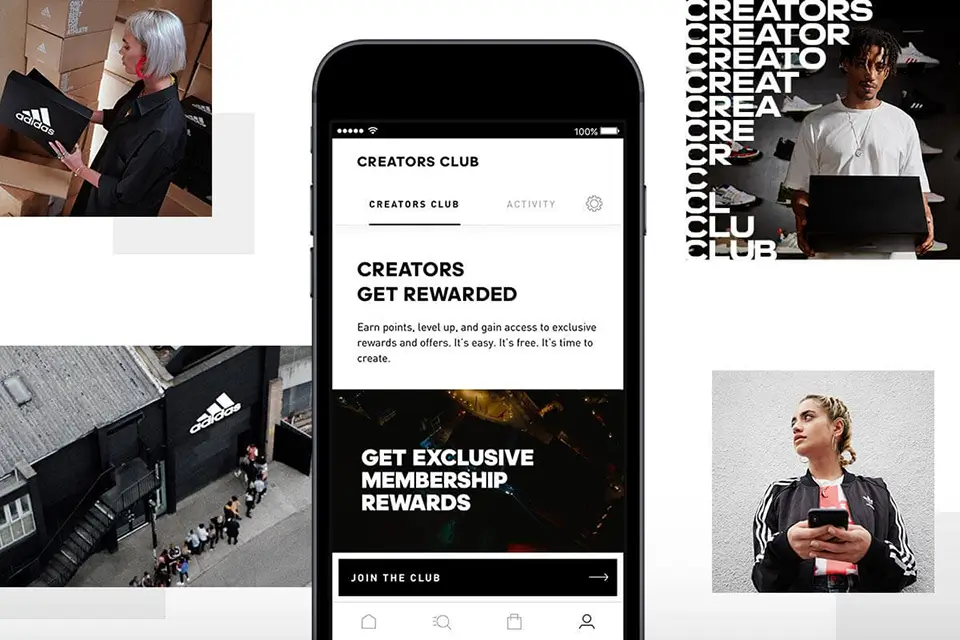
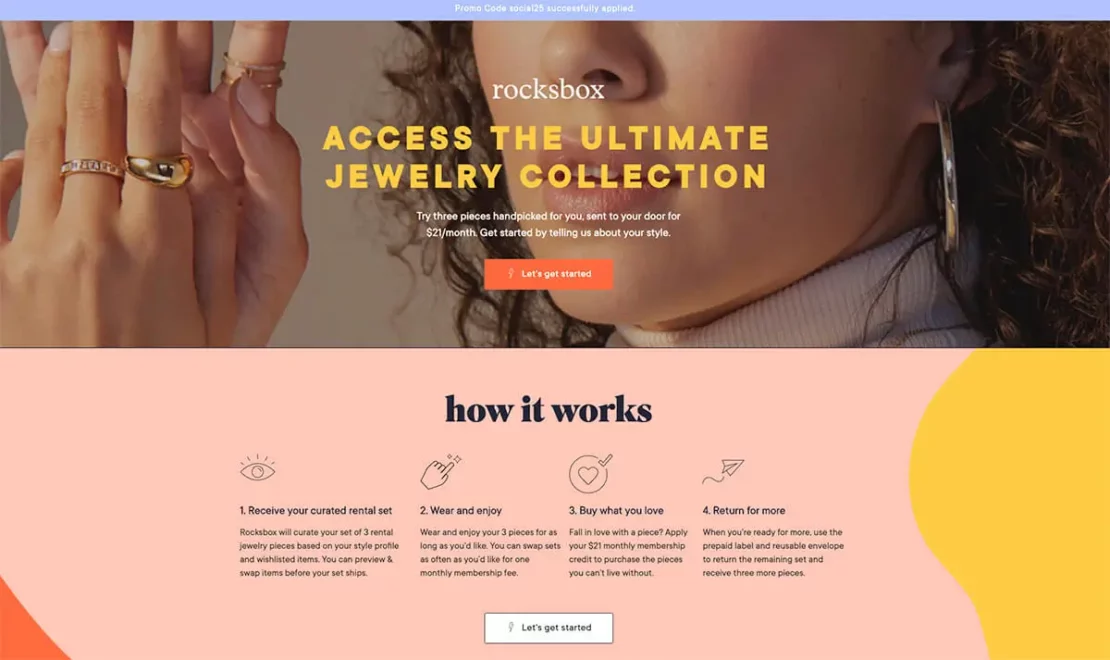

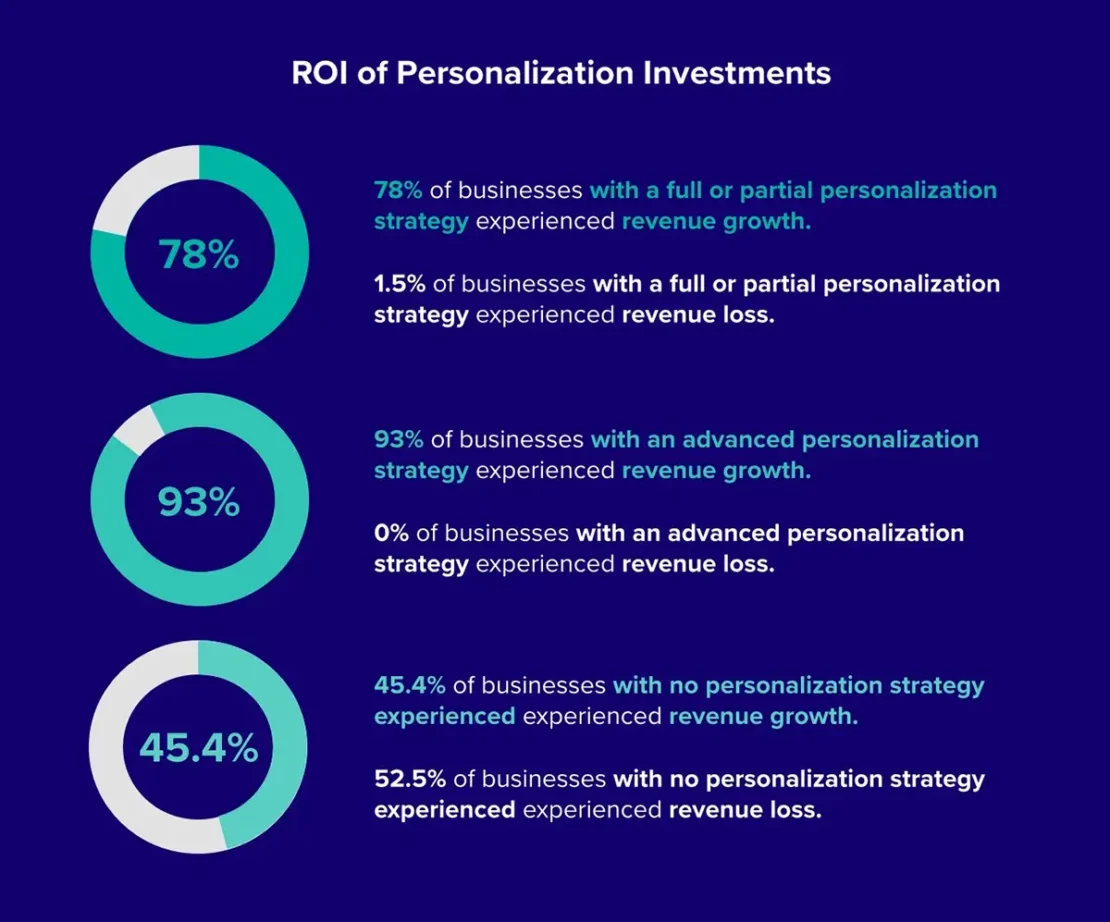

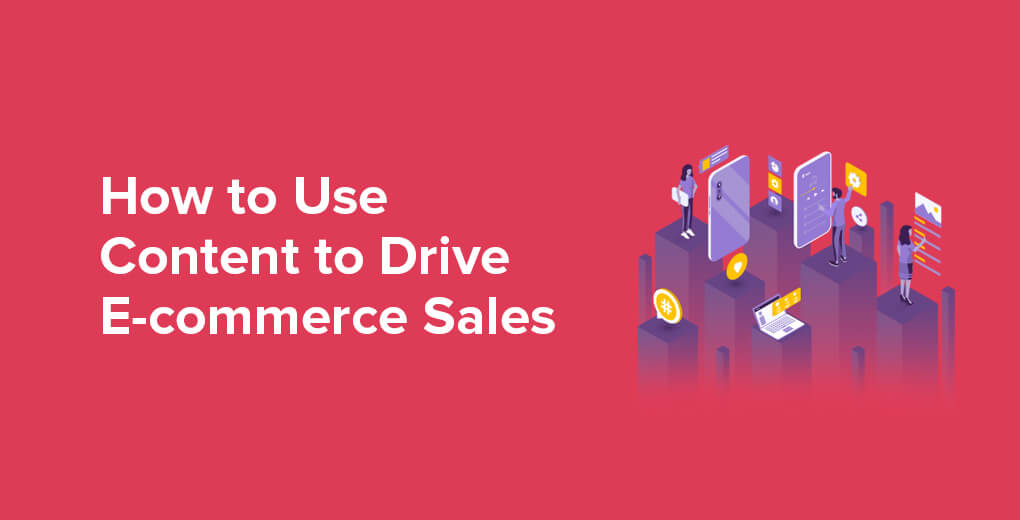
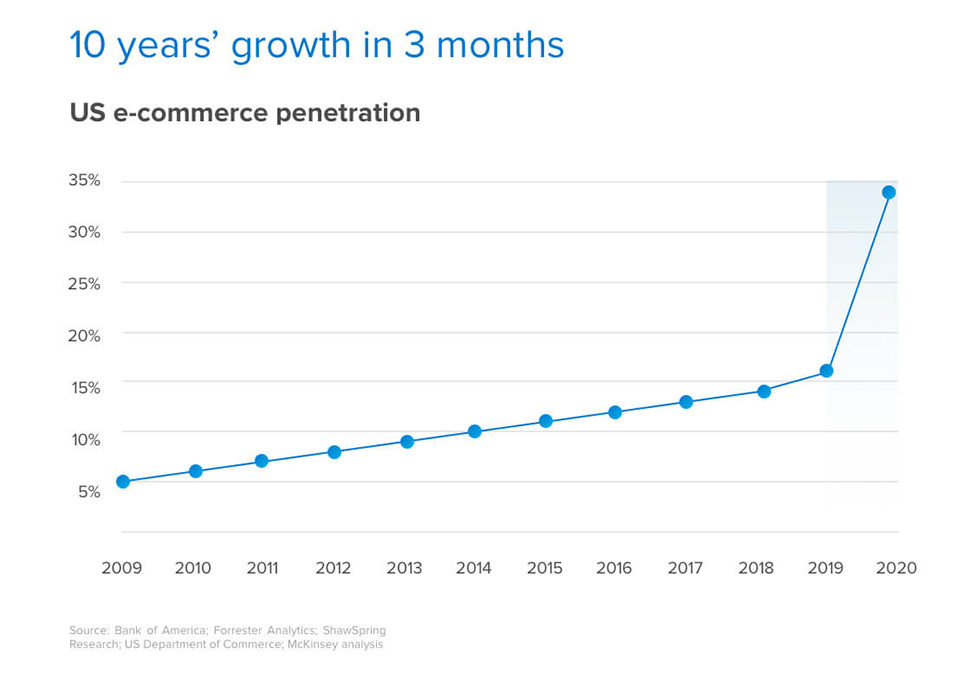
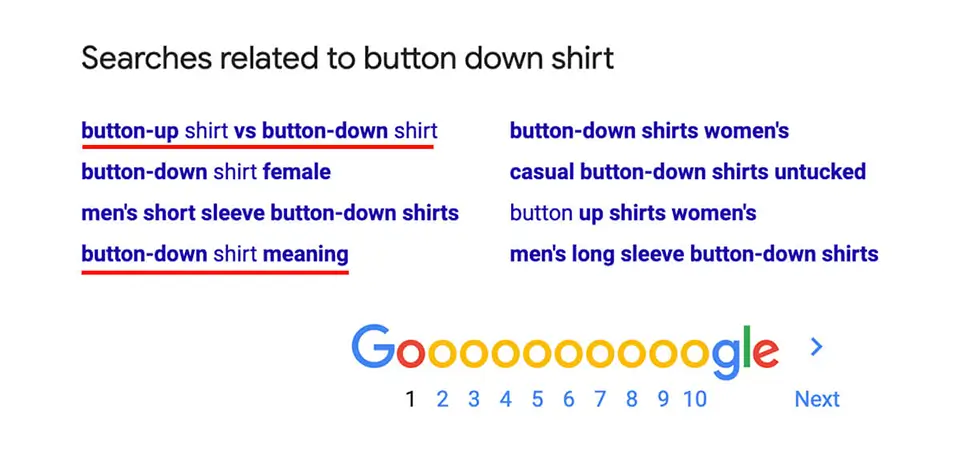
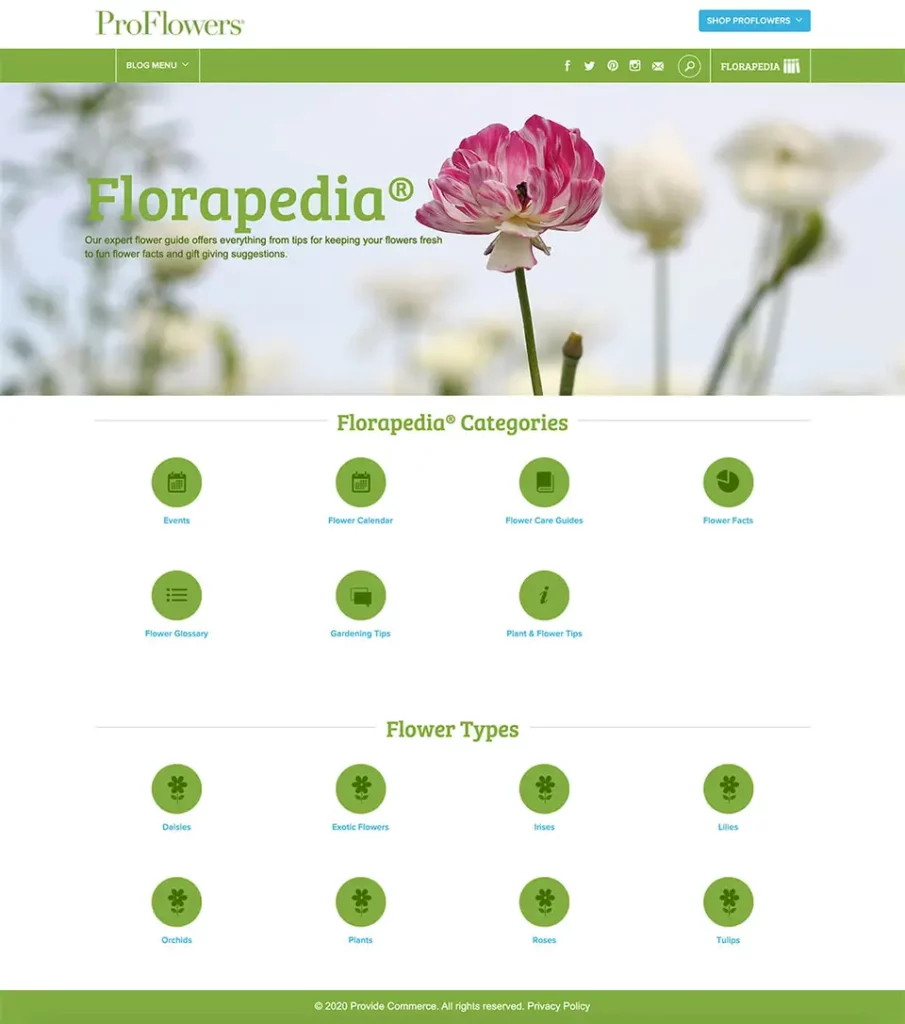
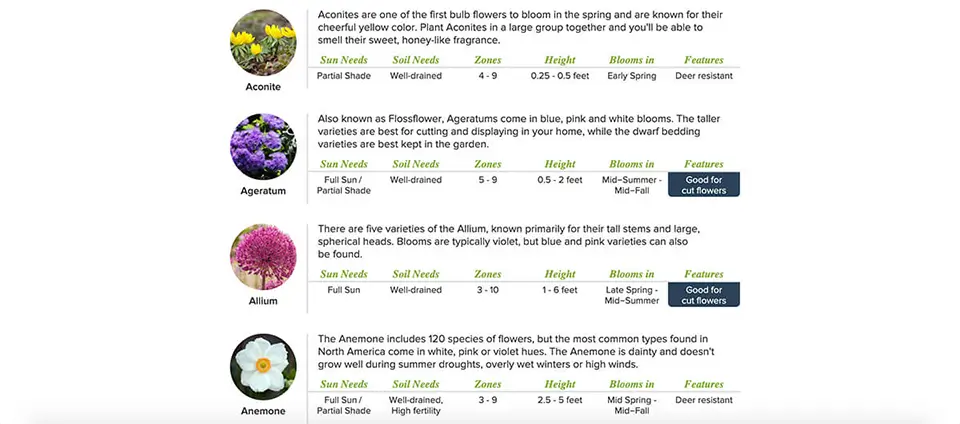
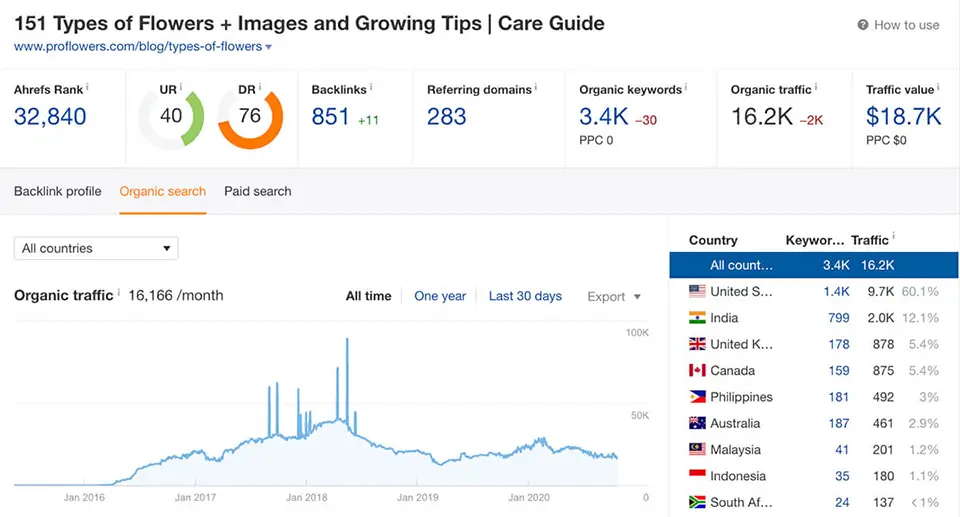
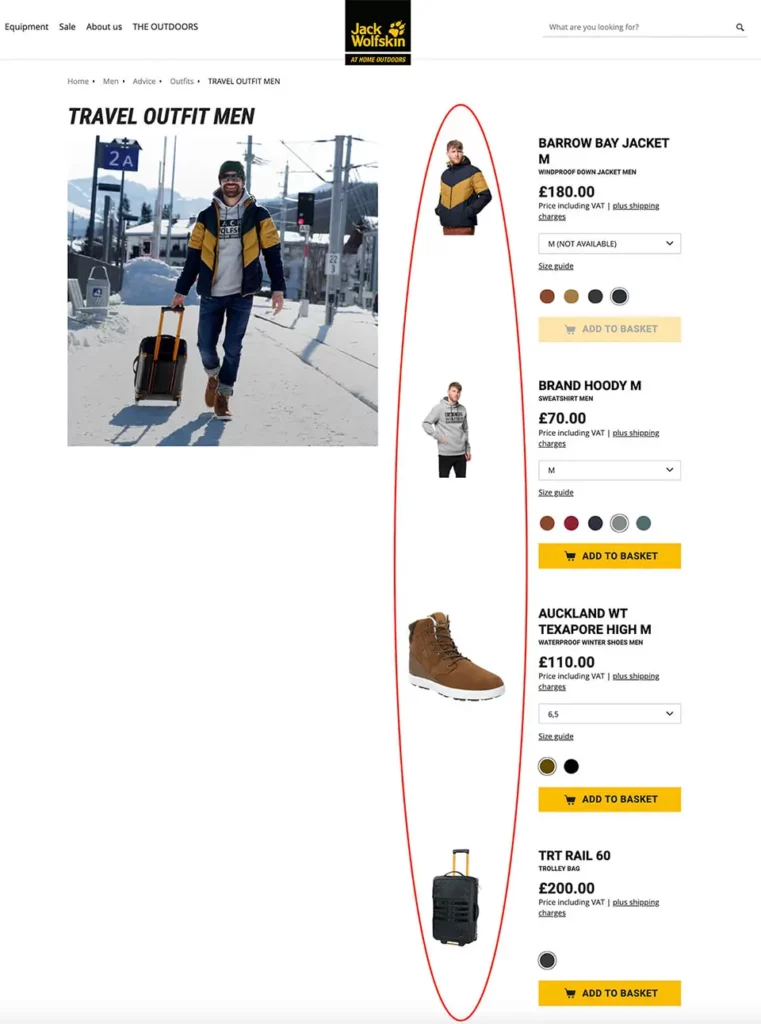
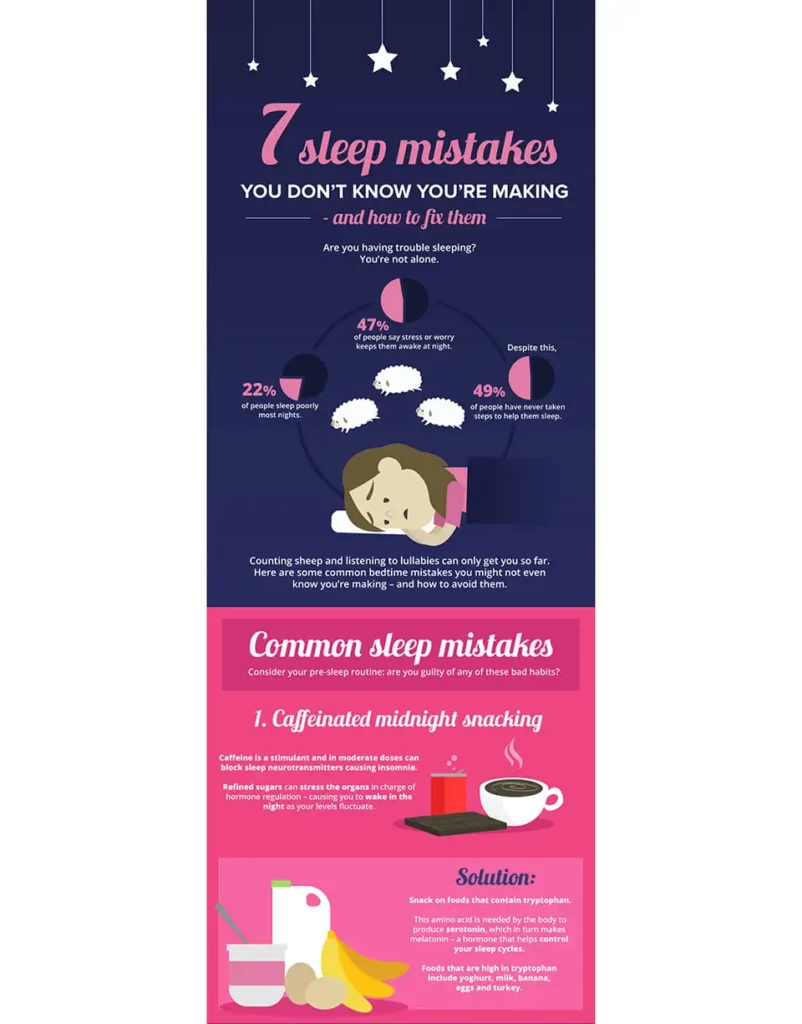
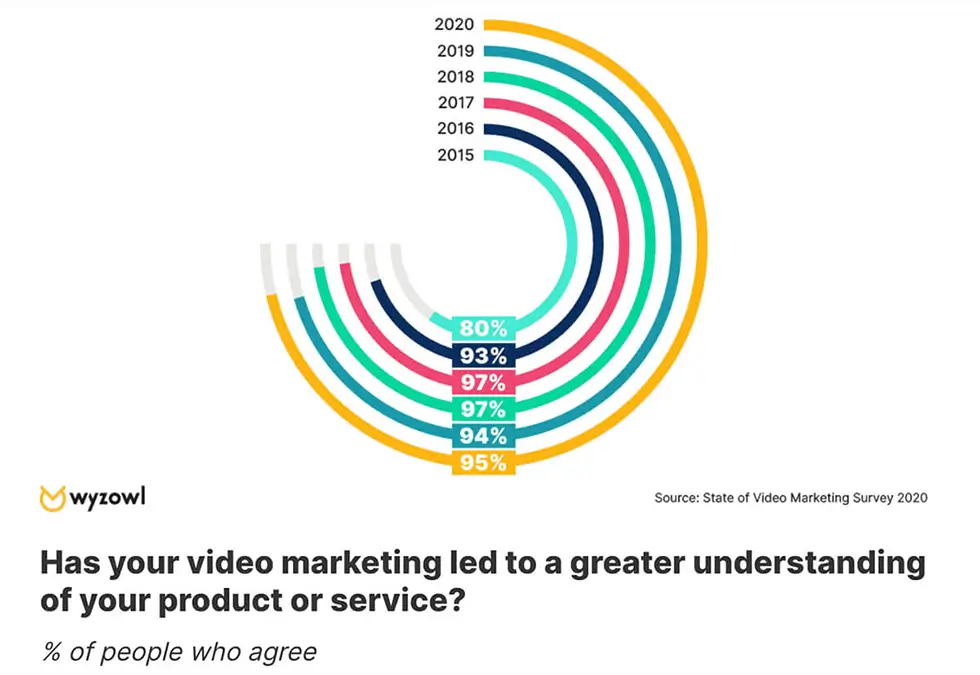
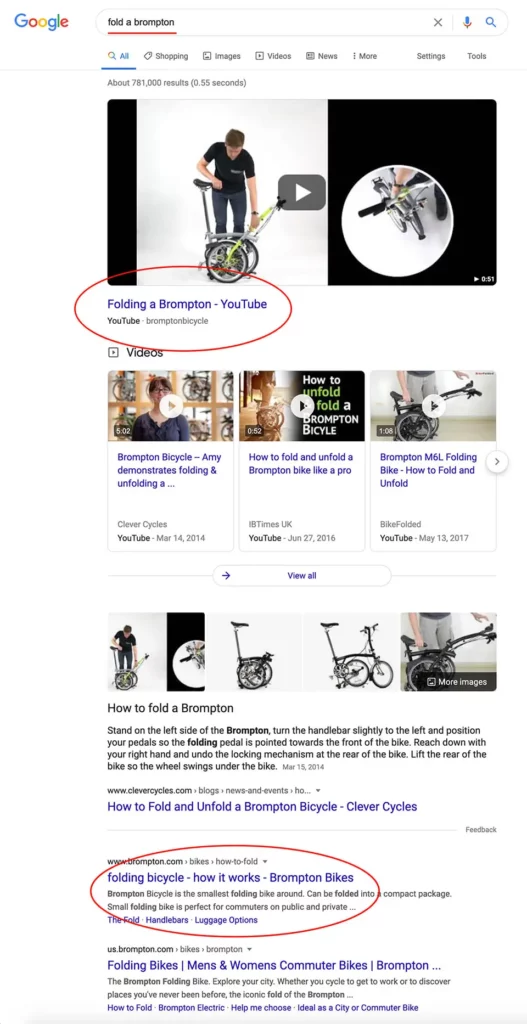
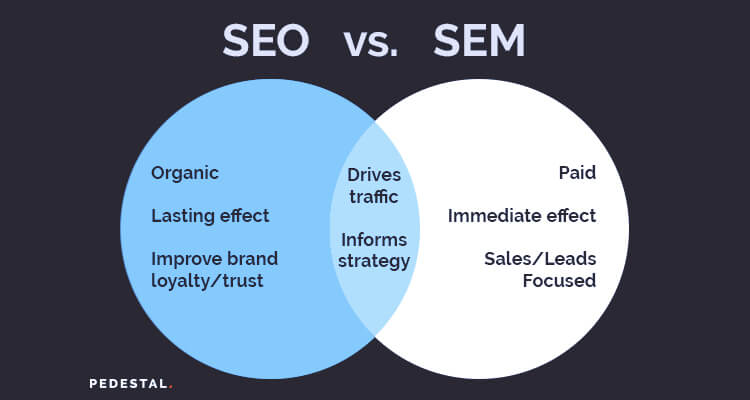
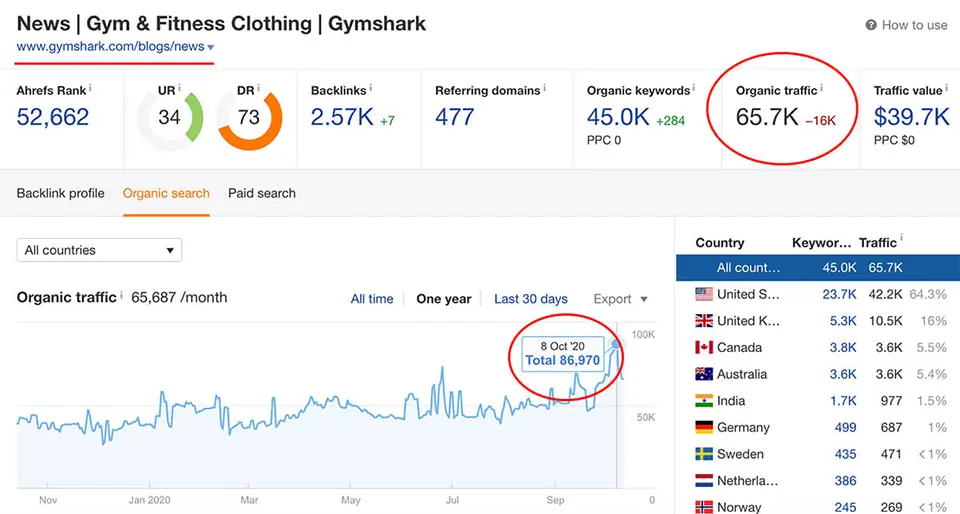
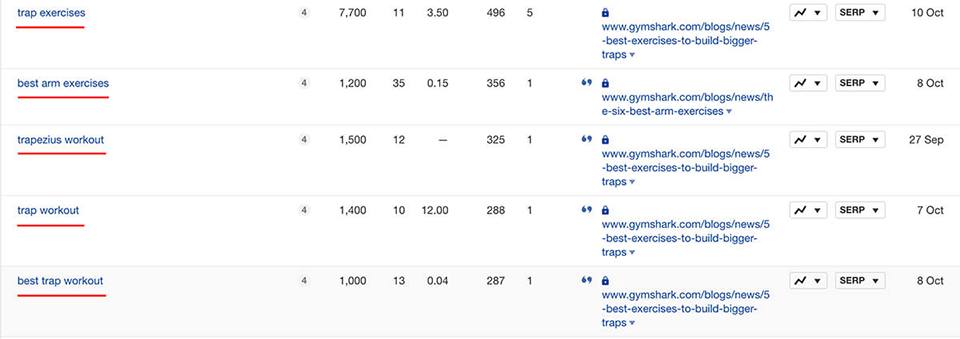
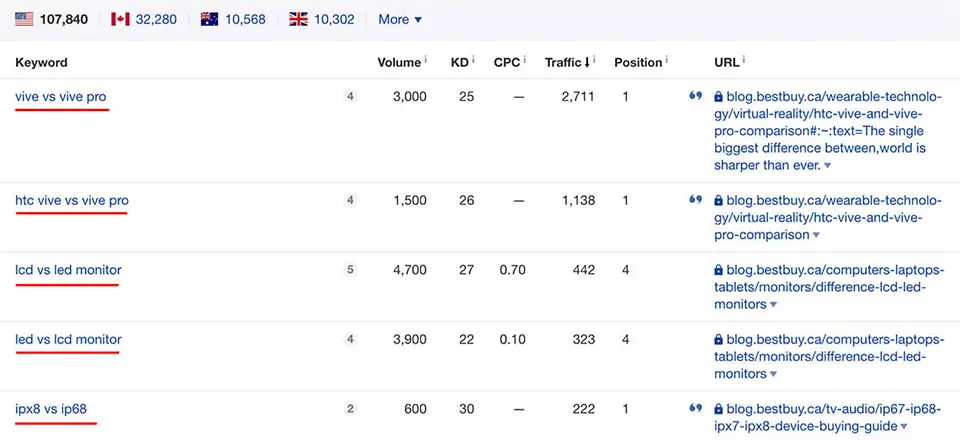
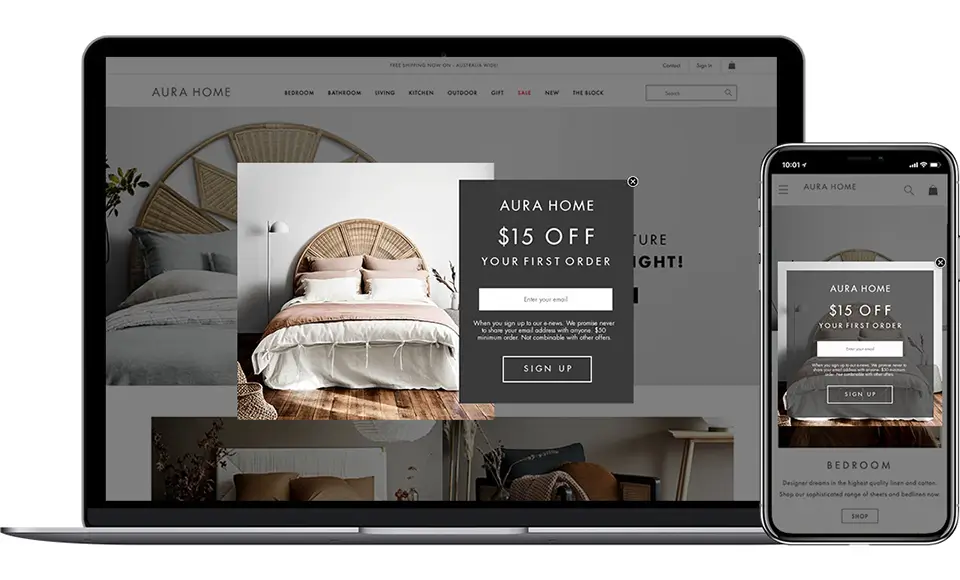
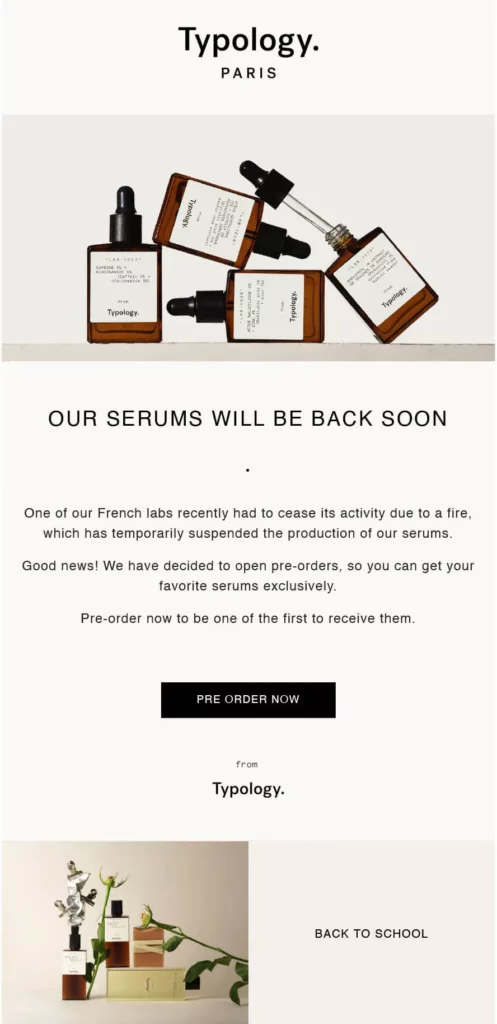
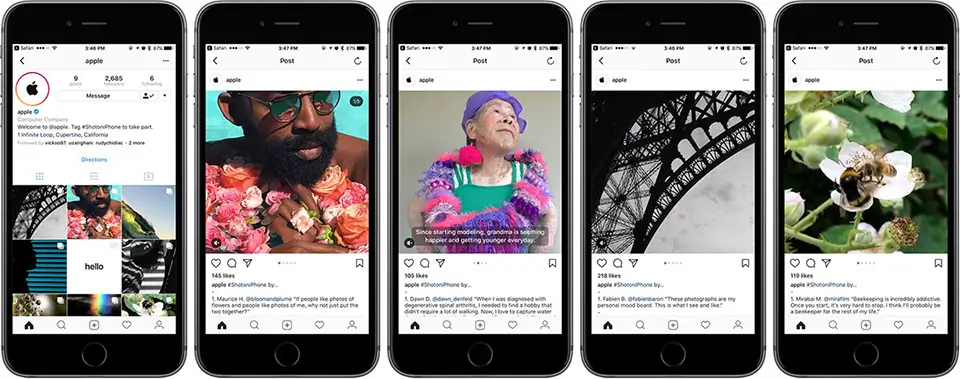
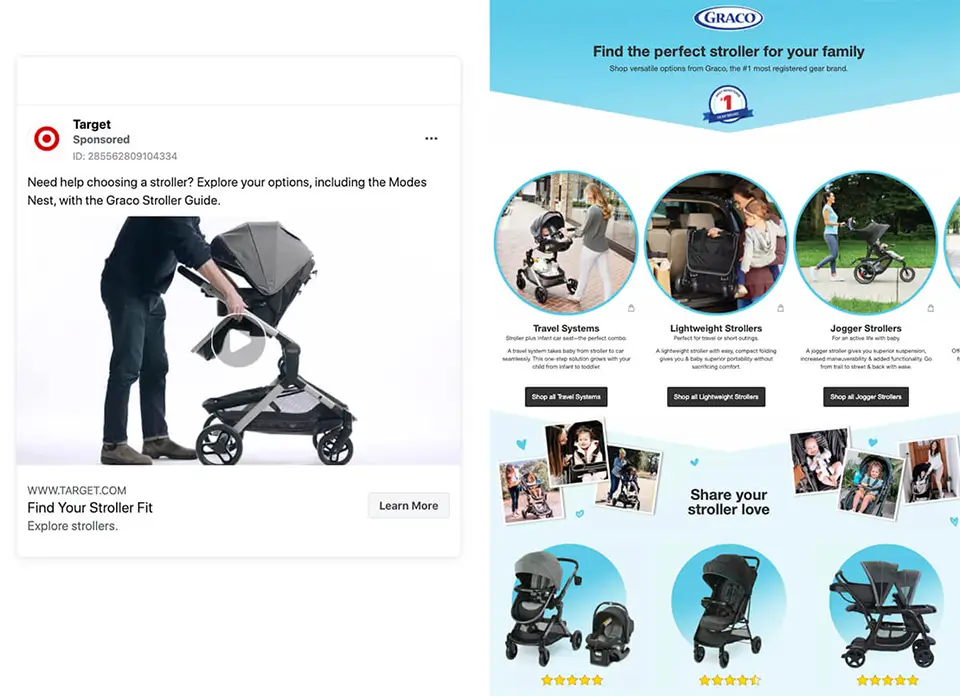
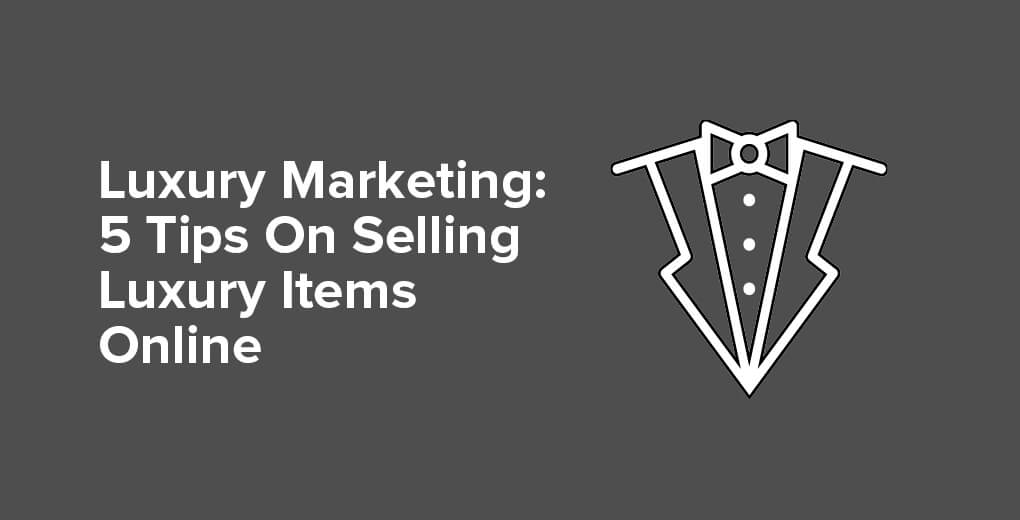
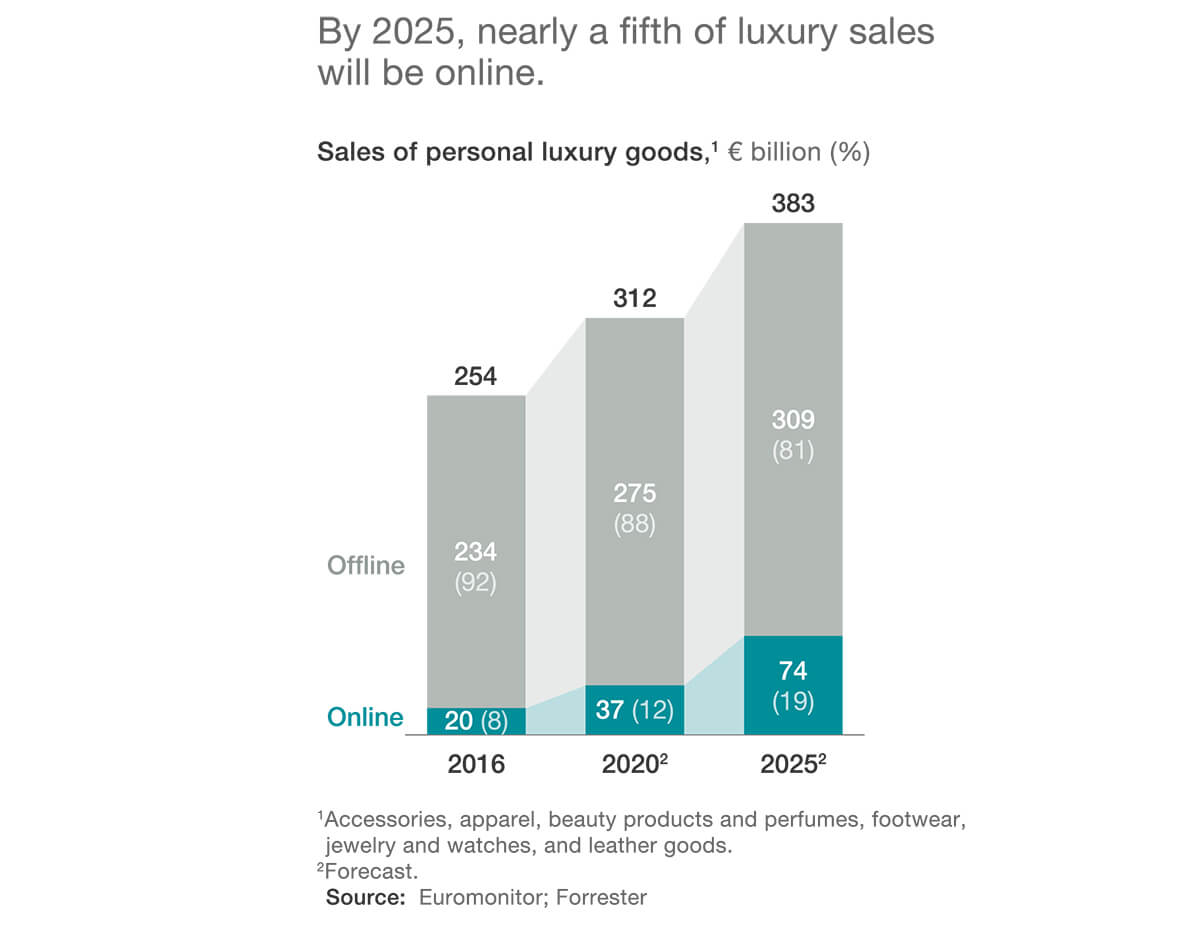
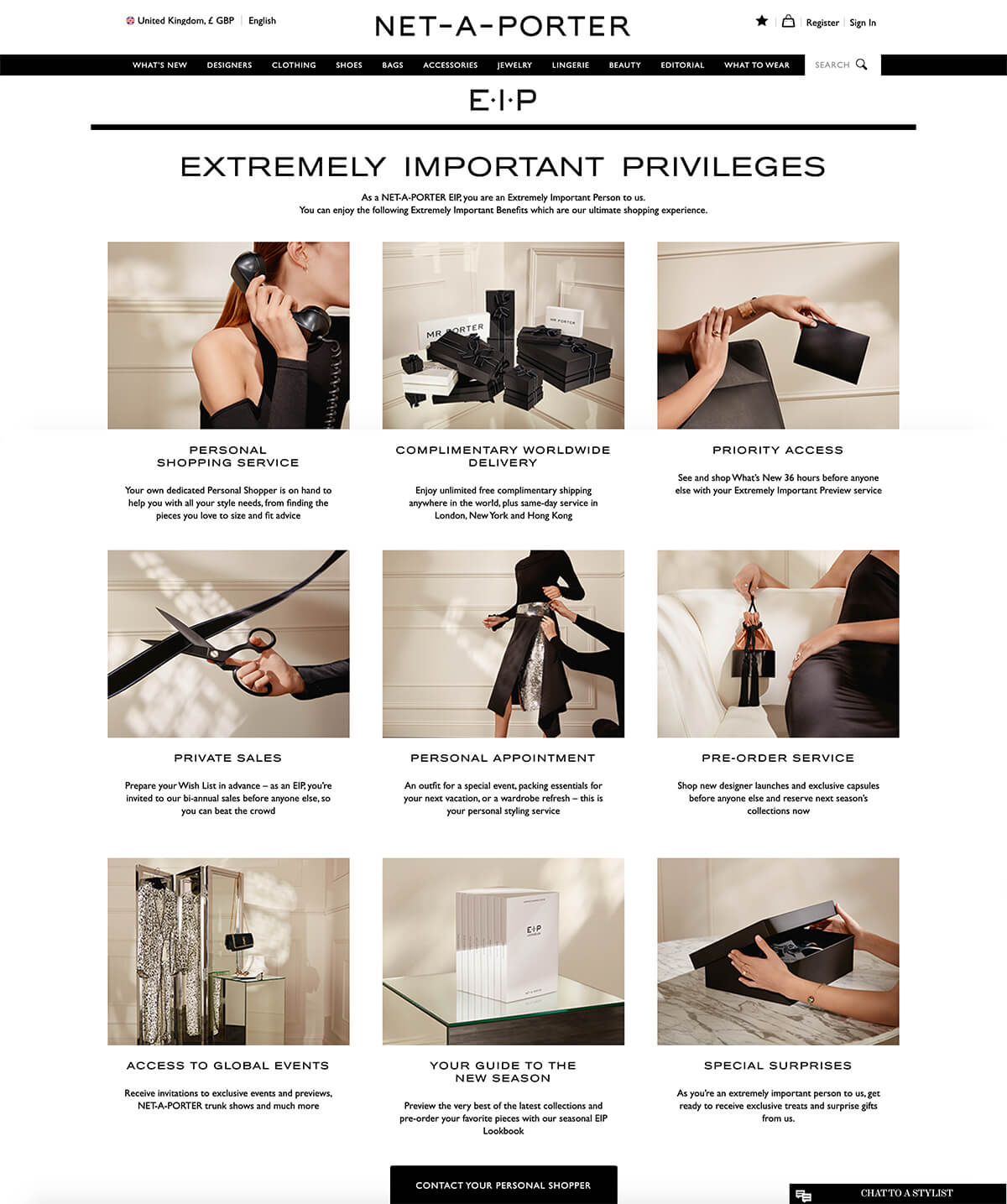
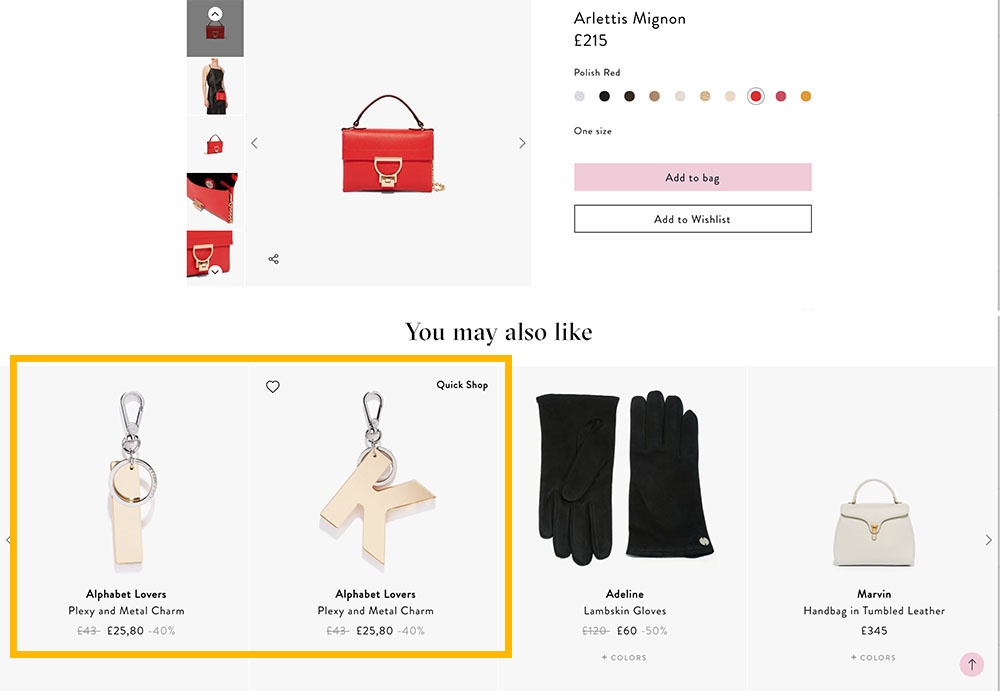
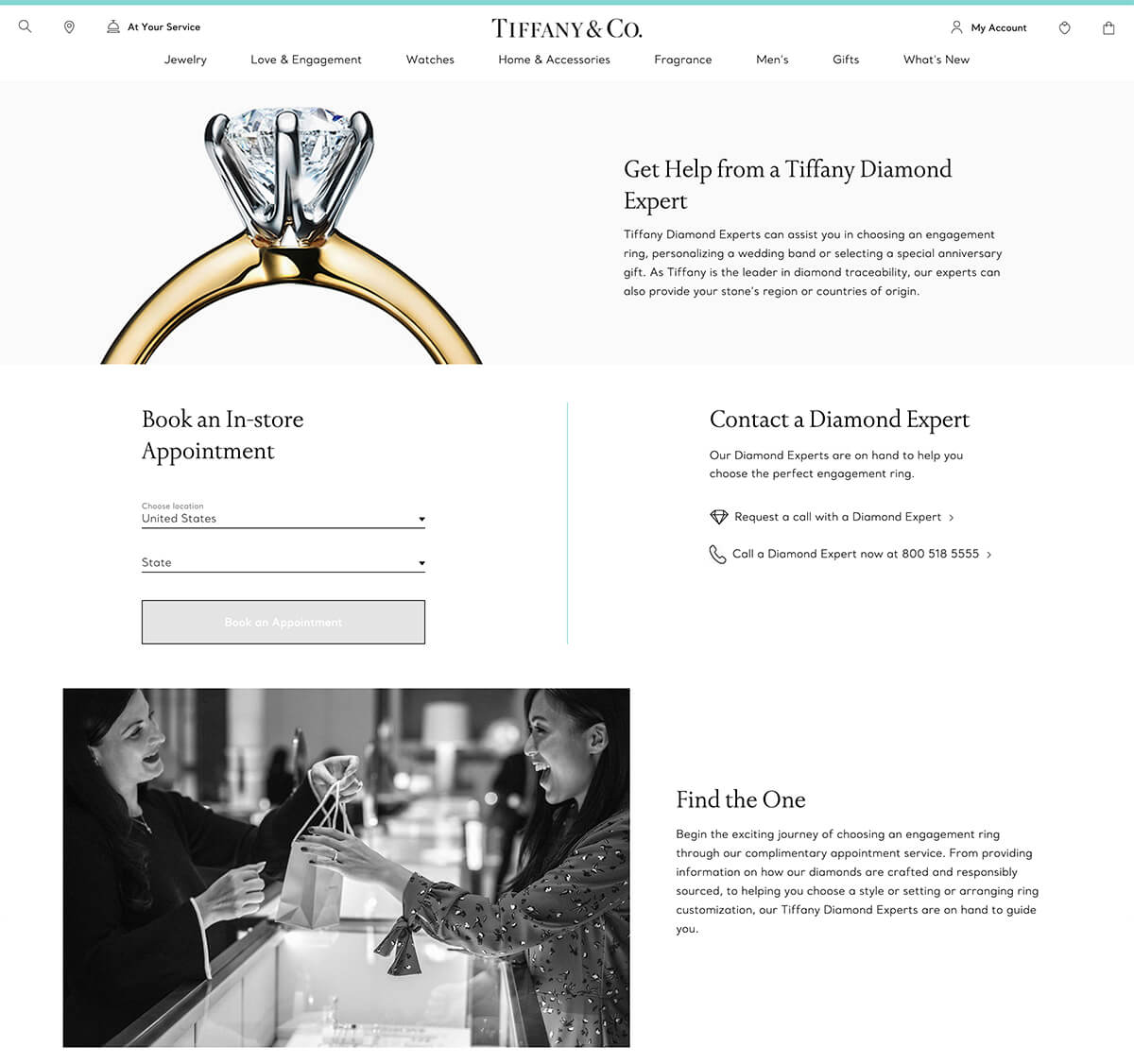
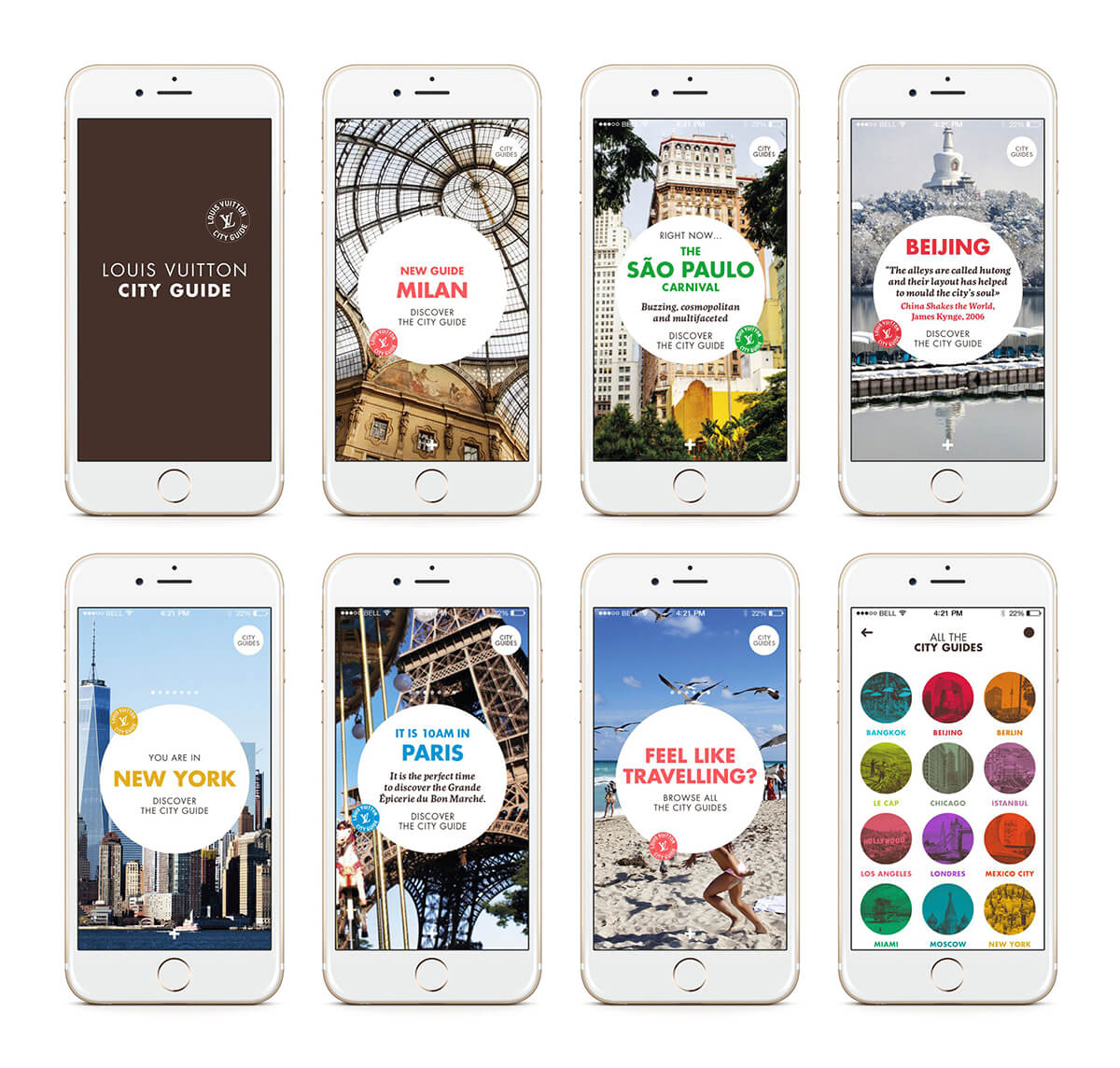
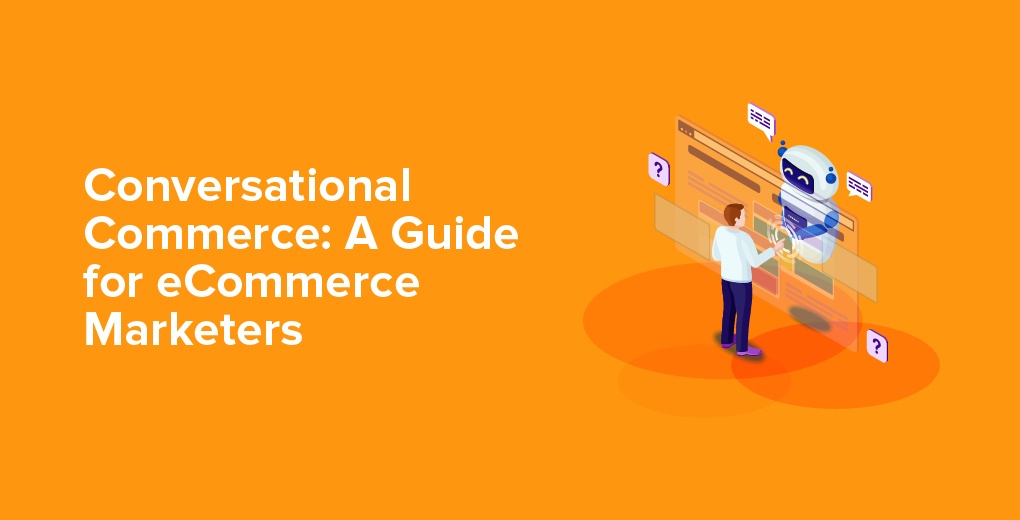
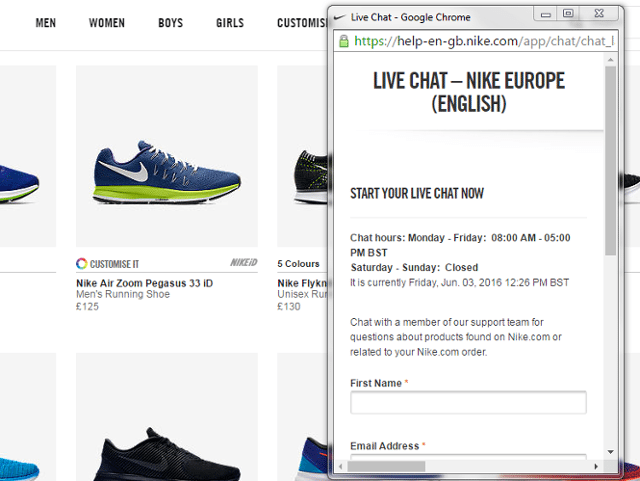
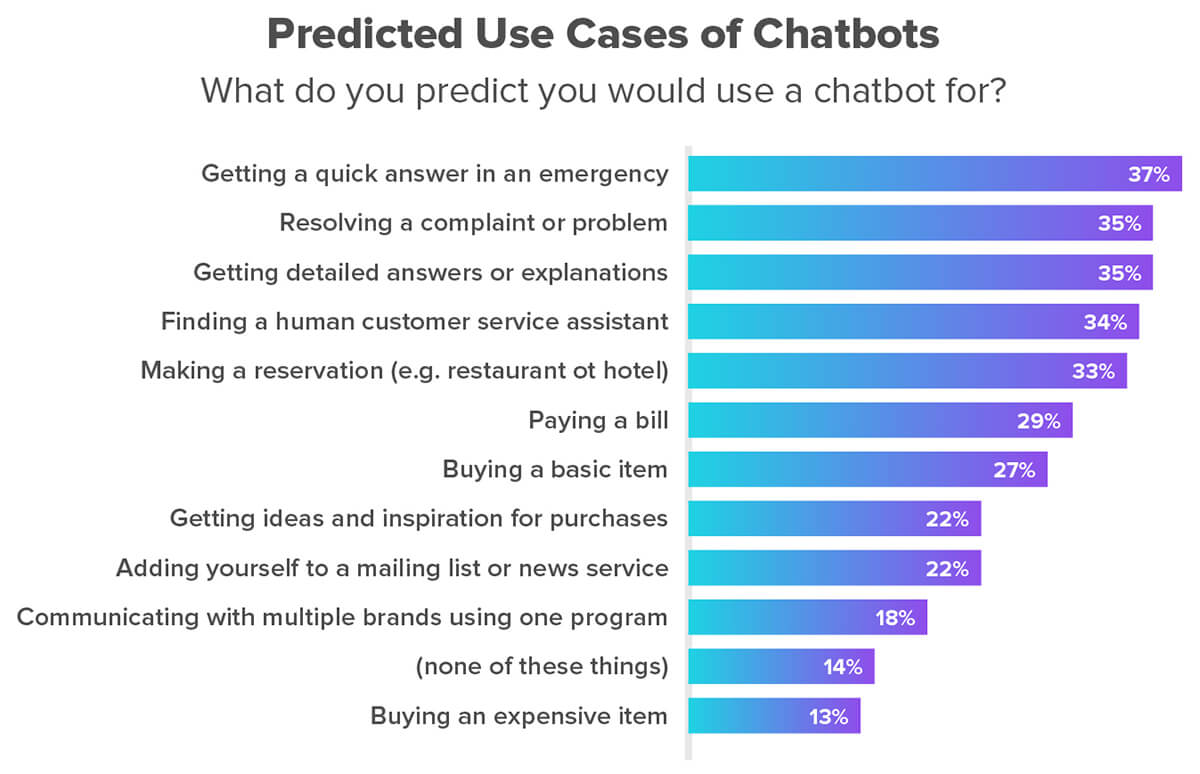
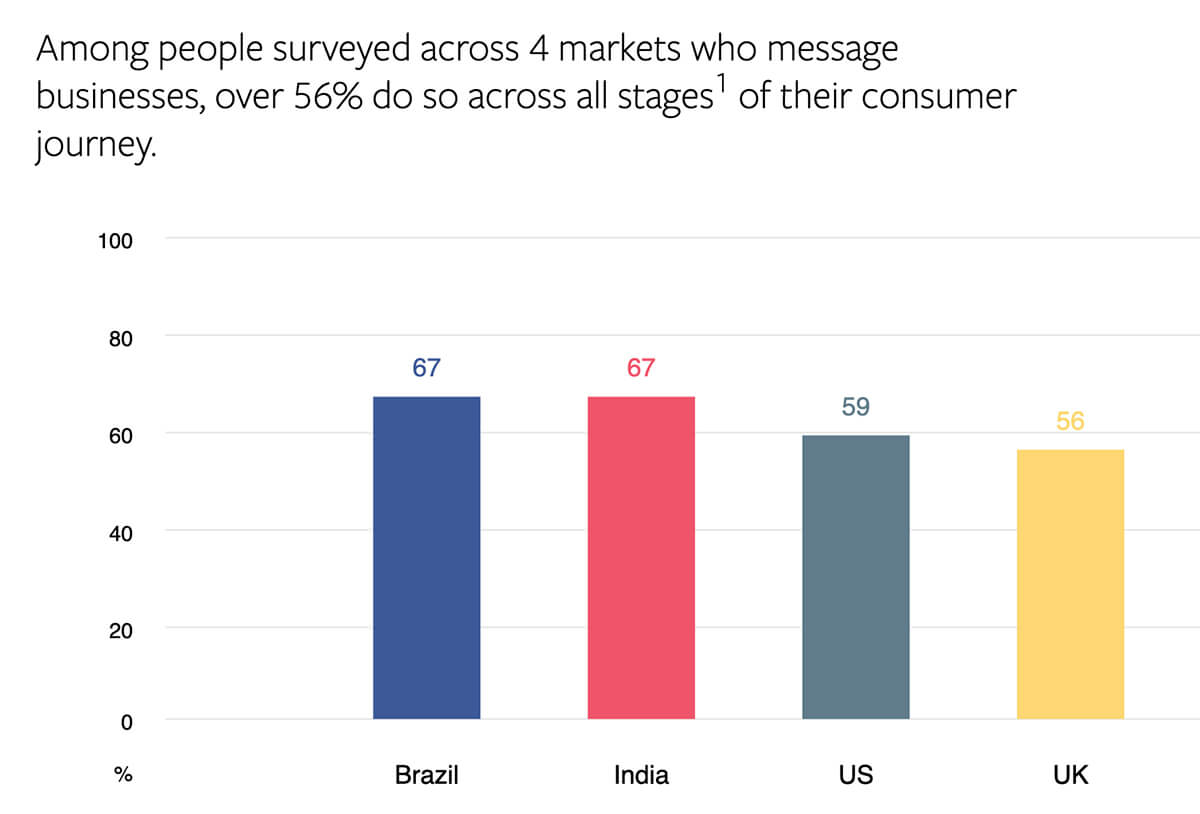
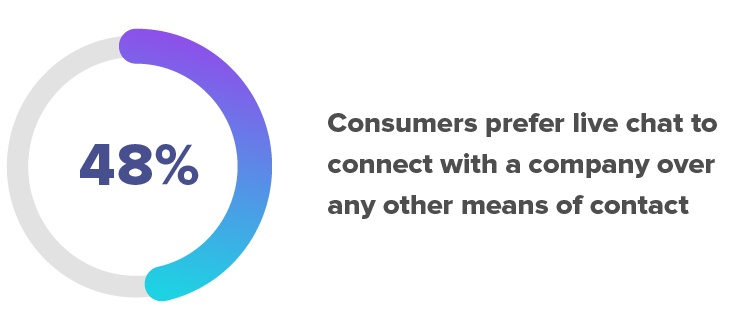
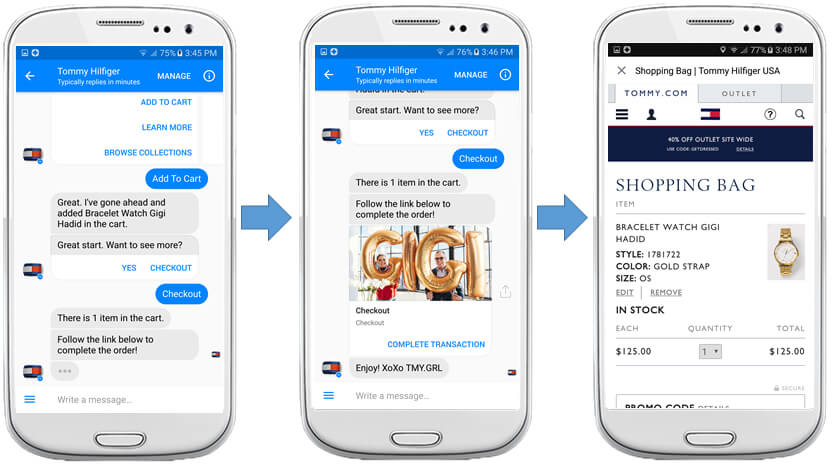
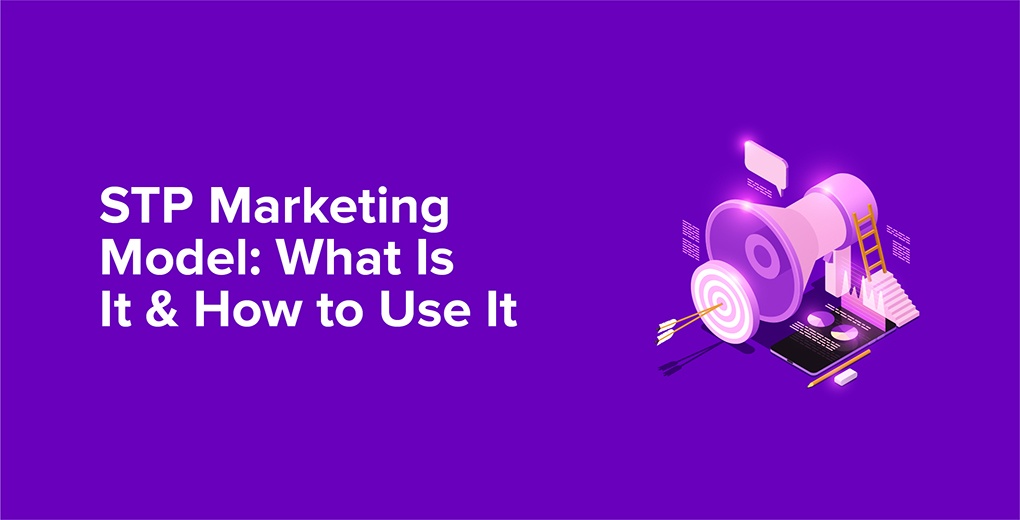
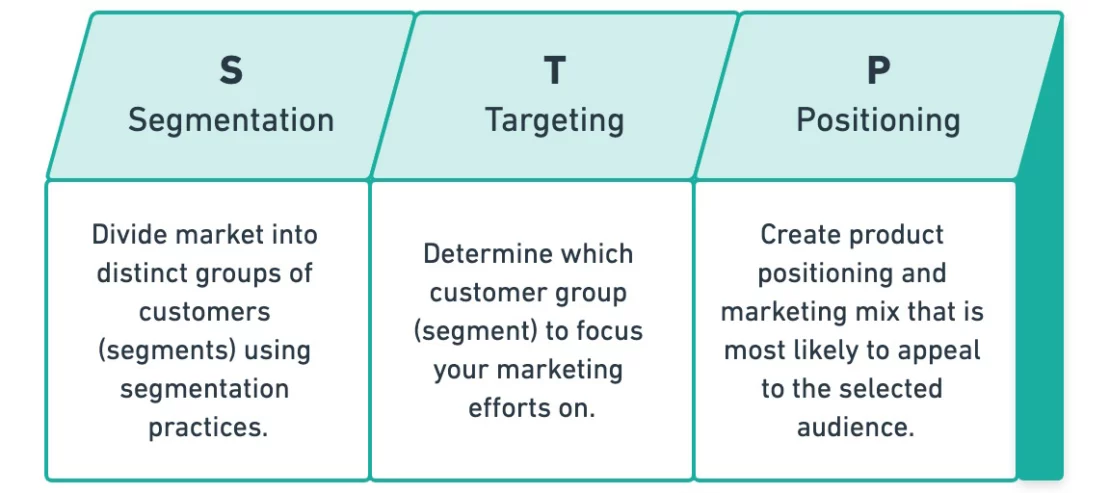
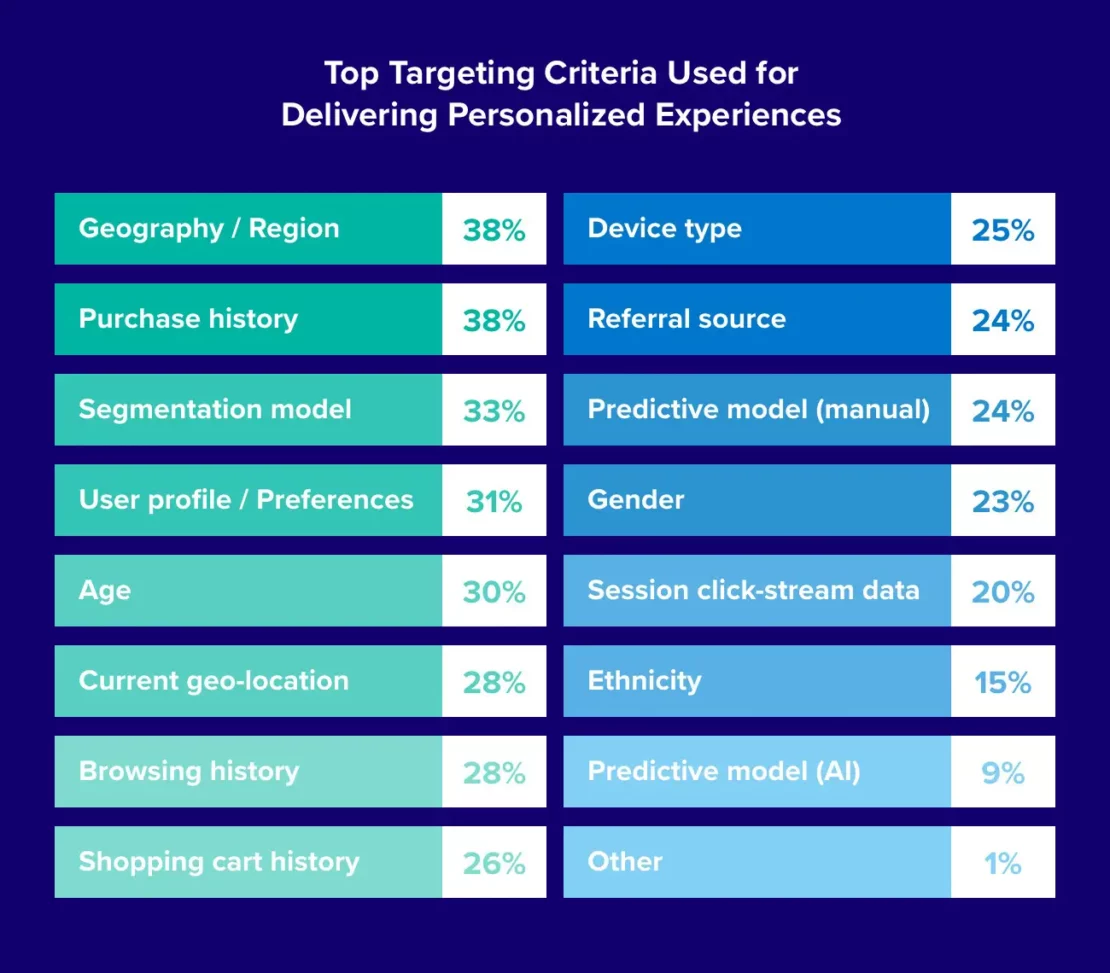
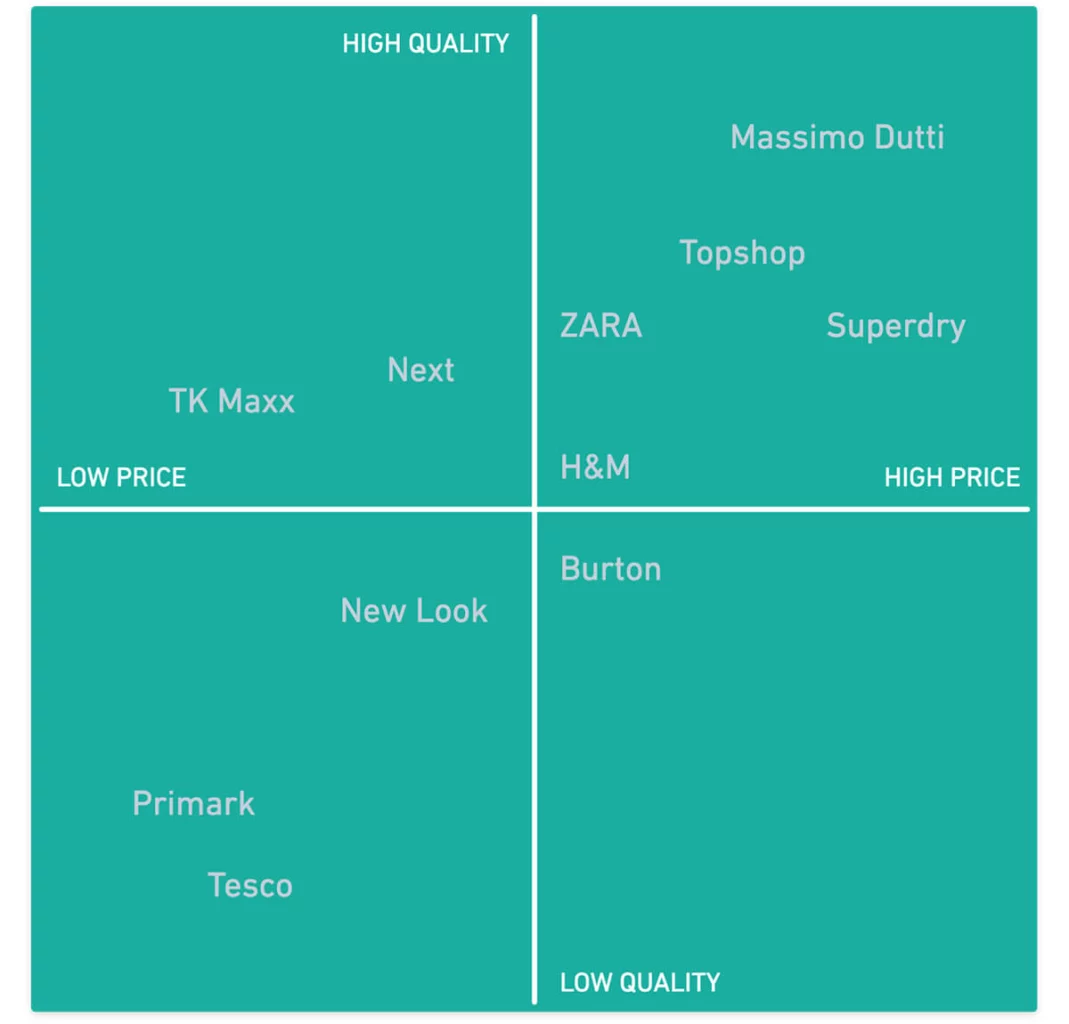

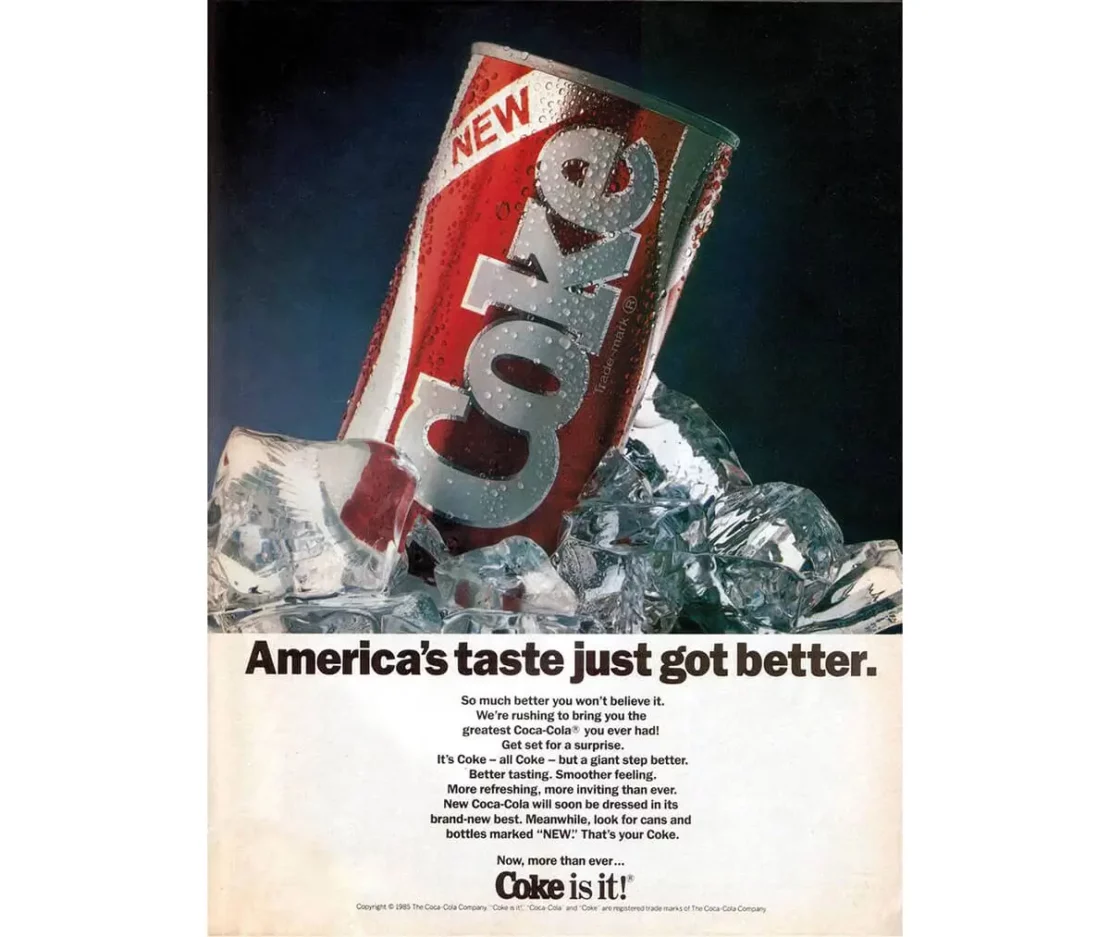
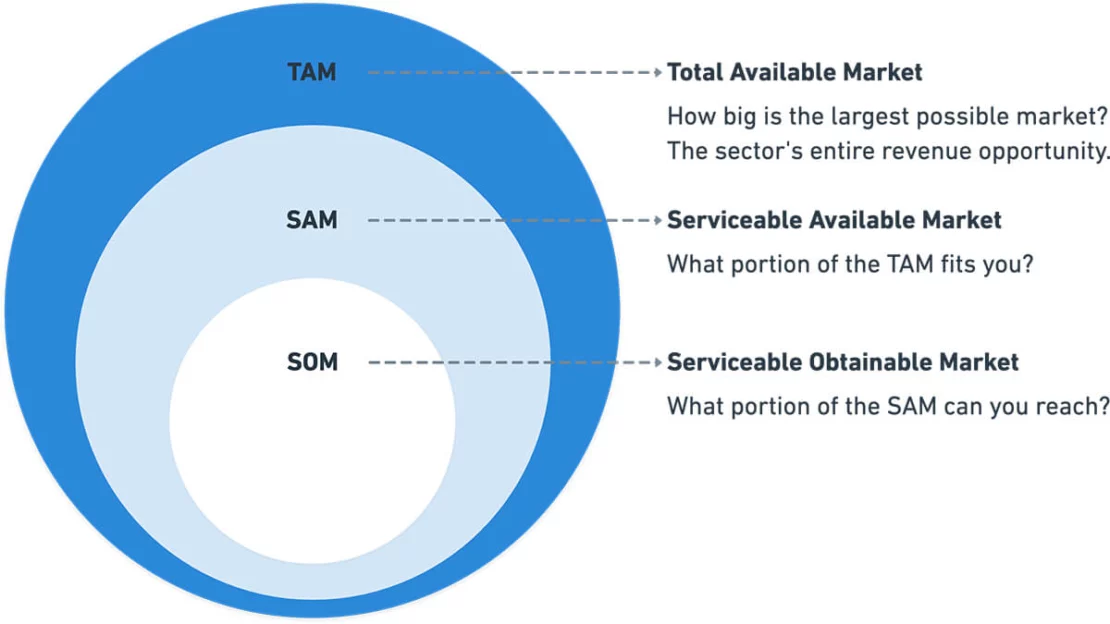
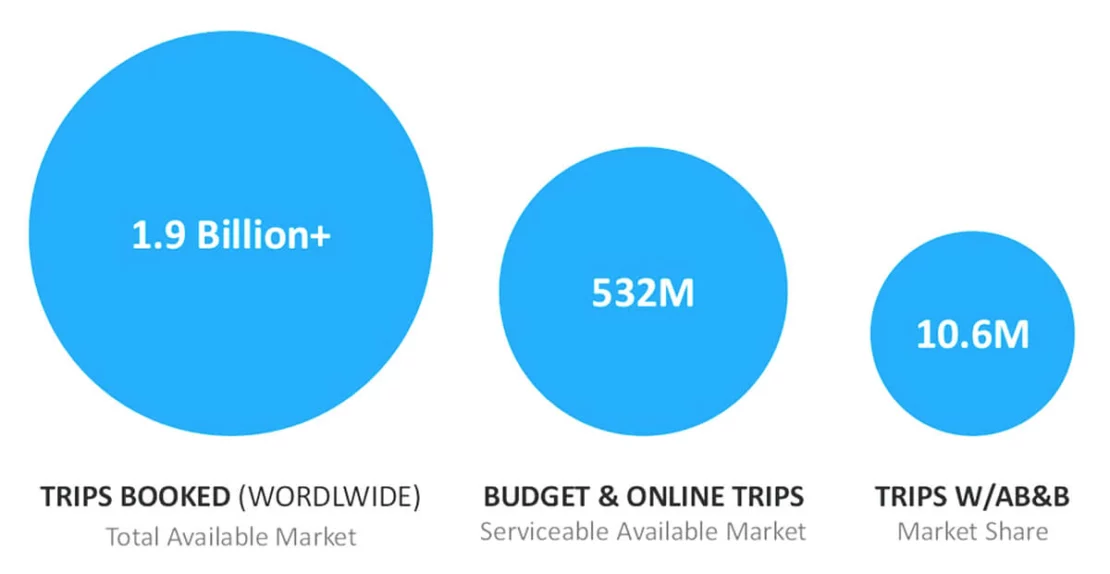
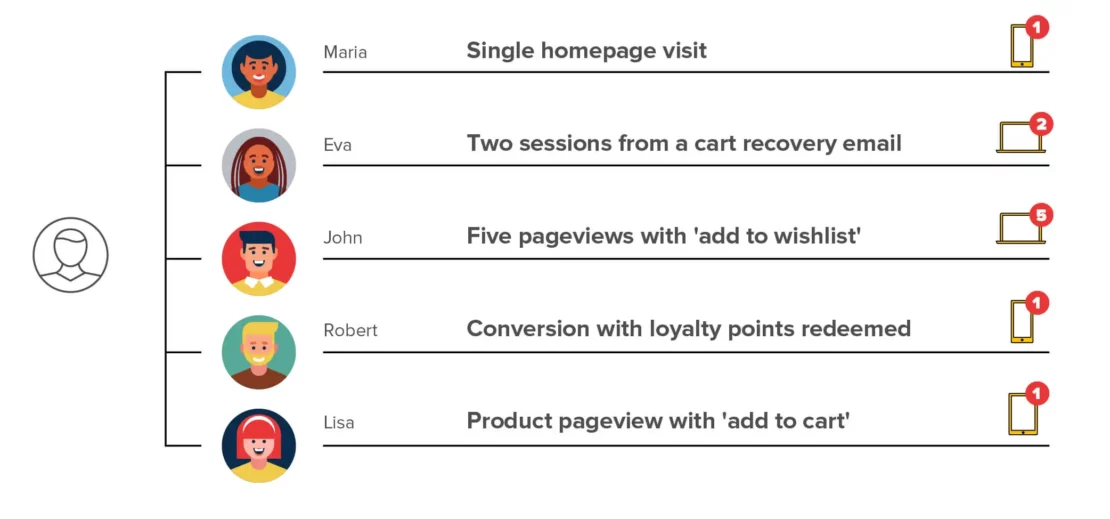
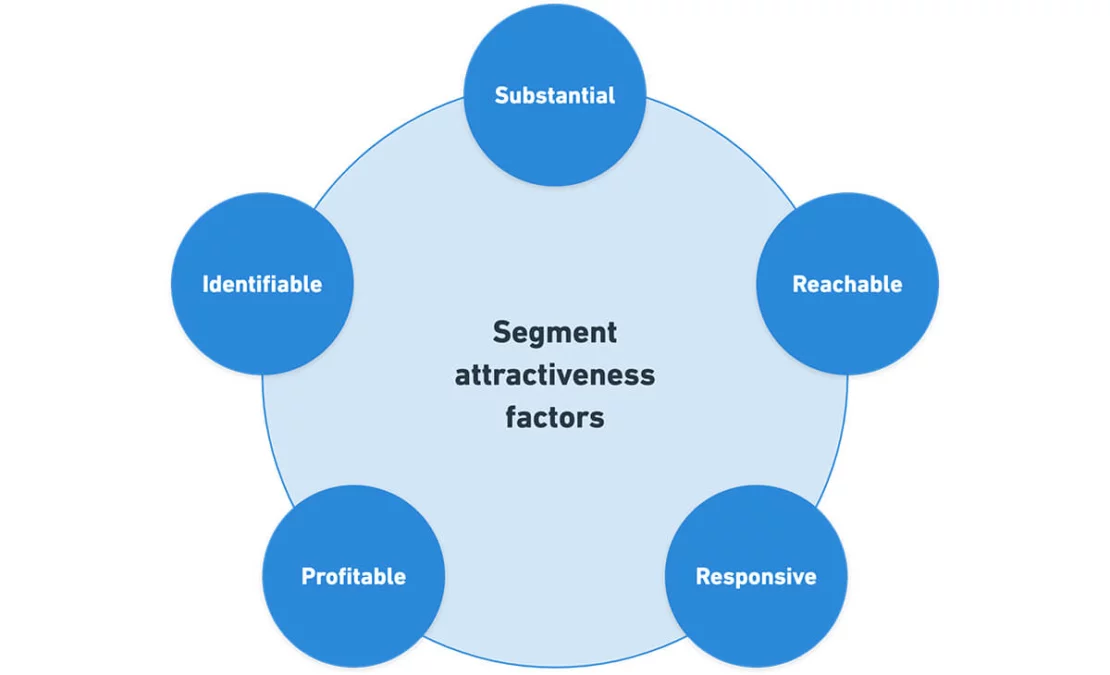
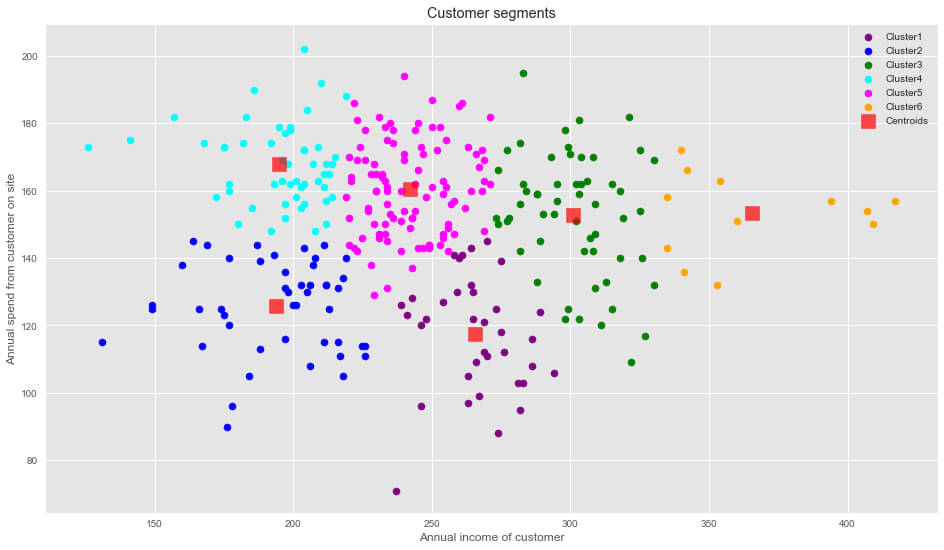
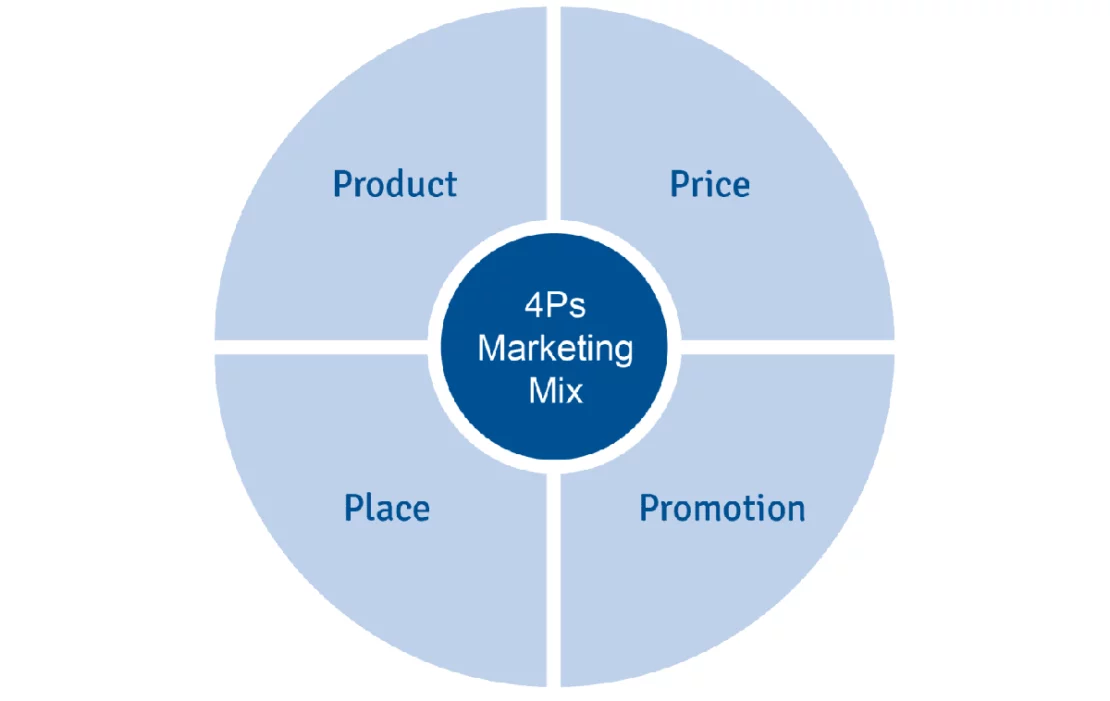
Recent Comments